Synthesis and characterization of Ru alkylidene complexes
Johns , et al. October 6, 2
U.S. patent number 10,792,651 [Application Number 16/341,635] was granted by the patent office on 2020-10-06 for synthesis and characterization of ru alkylidene complexes. This patent grant is currently assigned to California Institute of Technology, Umicore AG & Co. KG. The grantee listed for this patent is California Institute of Technology, Umicore AG & Co. KG. Invention is credited to Jennifer A. Beerman, Crystal K. Chu, Bryan A. Fiamengo, Robert H. Grubbs, Jessica R. Herron, Adam M. Johns, Tzu-Pin Lin, Richard L. Pederson.

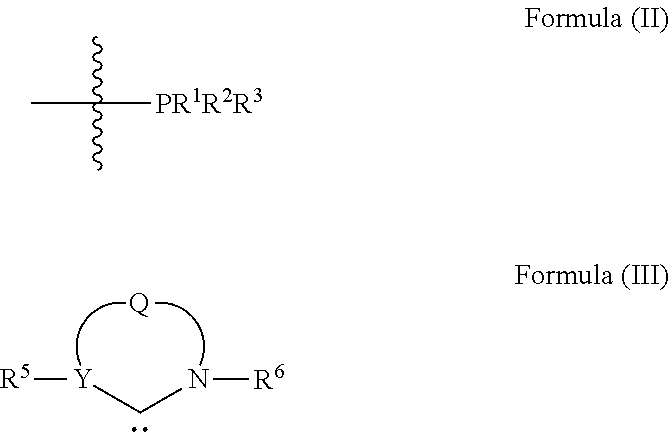

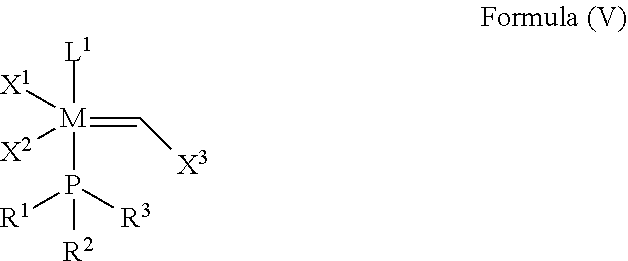
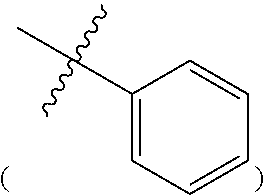


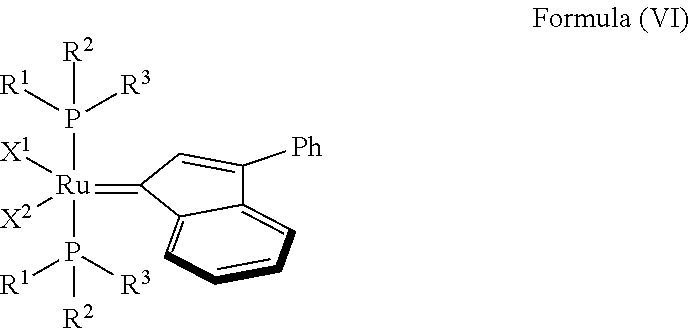
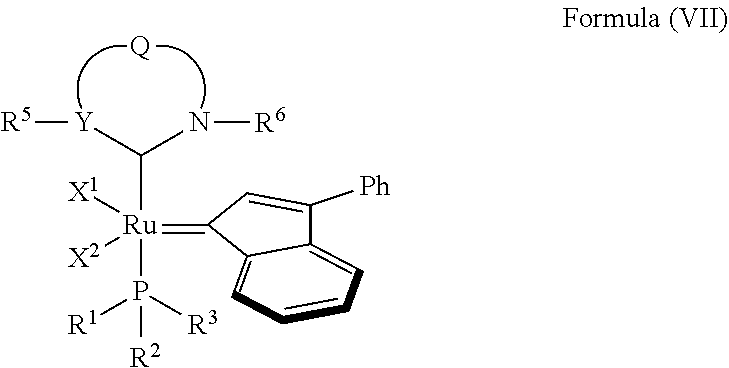


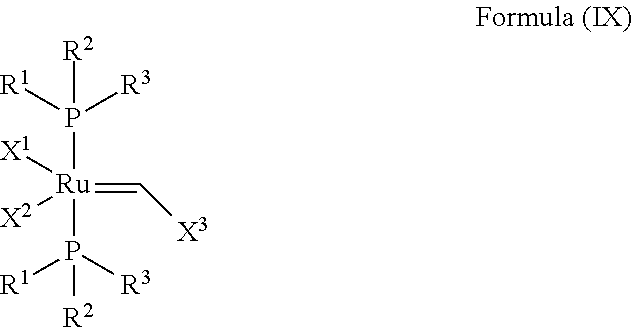
View All Diagrams
| United States Patent | 10,792,651 |
| Johns , et al. | October 6, 2020 |
Synthesis and characterization of Ru alkylidene complexes
Abstract
This invention relates generally to olefin metathesis catalyst compounds, to the preparation of such compounds, compositions comprising such compounds, methods of using such compounds, articles of manufacture comprising such compounds, and the use of such compounds in the metathesis of olefins and olefin compounds. The invention has utility in the fields of catalysts, organic synthesis, polymer chemistry, and industrial and fine chemicals industry.
| Inventors: | Johns; Adam M. (Claremont, CA), Herron; Jessica R. (Pasadena, CA), Pederson; Richard L. (San Gabriel, CA), Fiamengo; Bryan A. (Yorba Linda, CA), Beerman; Jennifer A. (Monrovia, CA), Lin; Tzu-Pin (El Lago, TX), Chu; Crystal K. (Cambridge, MA), Grubbs; Robert H. (South Pasadena, CA) | ||||||||||
|---|---|---|---|---|---|---|---|---|---|---|---|
| Applicant: |
|
||||||||||
| Assignee: | Umicore AG & Co. KG
(Hanau-Wolfgang, DE) California Institute of Technology (Pasadena, CA) |
||||||||||
| Family ID: | 1000005094913 | ||||||||||
| Appl. No.: | 16/341,635 | ||||||||||
| Filed: | October 17, 2017 | ||||||||||
| PCT Filed: | October 17, 2017 | ||||||||||
| PCT No.: | PCT/US2017/056919 | ||||||||||
| 371(c)(1),(2),(4) Date: | April 12, 2019 | ||||||||||
| PCT Pub. No.: | WO2018/075479 | ||||||||||
| PCT Pub. Date: | April 26, 2018 |
Prior Publication Data
| Document Identifier | Publication Date | |
|---|---|---|
| US 20200038851 A1 | Feb 6, 2020 | |
Related U.S. Patent Documents
| Application Number | Filing Date | Patent Number | Issue Date | ||
|---|---|---|---|---|---|
| 62509269 | May 22, 2017 | ||||
| 62410003 | Oct 19, 2016 | ||||
| Current U.S. Class: | 1/1 |
| Current CPC Class: | C07F 15/0046 (20130101); B01J 31/2409 (20130101); B01J 31/2208 (20130101); B01J 31/2295 (20130101); B01J 31/2278 (20130101); B01J 31/2404 (20130101); B01J 31/2273 (20130101); B01J 31/2414 (20130101); B01J 2231/543 (20130101); B01J 2531/821 (20130101) |
| Current International Class: | B01J 31/24 (20060101); B01J 31/22 (20060101); C07F 15/00 (20060101) |
| Field of Search: | ;544/64 |
References Cited [Referenced By]
U.S. Patent Documents
| 4899005 | February 1990 | Lane et al. |
| 6306987 | October 2001 | Van Der Schaaf et al. |
| 2010/0204514 | August 2010 | Abdur-Rashid et al. |
| 2014/0303315 | October 2014 | Nava et al. |
| 2014/0357820 | December 2014 | Stephen et al. |
| WO-02076920 | Oct 2002 | WO | |||
Other References
|
International Search Report for PCT/US2017/056919 dated Dec. 21, 2017. cited by applicant . Written Opinion of the International Searching Authority for PCT/US2017/056919 dated Dec. 21, 2017. cited by applicant . Mohr, B. et al., "Synthesis of Water-Soluble, Aliphatic Phosphines and Their Application to Well-Defined Ruthenium Olefin Metathesis Catalysts", Organometallics, 1996, vol. 15, pp. 4317-4325. cited by applicant . Bantreil, X., et al., "Synthesis and Reactivity of Ruthenium Phosphite Indenylidene Complexes" Organometallics, 2012, vol. 31, No. 21, pp. 7415-7426. cited by applicant. |
Primary Examiner: Habte; Kahsay
Attorney, Agent or Firm: Faegre Drinker Biddle & Reath LLP
Parent Case Text
RELATED APPLICATIONS
This application claims the benefit of U.S. Provisional Patent Application No. 62/410,003, filed Oct. 19, 2016, and the benefit of U.S. Provisional Patent Application No. 62/509,269, filed May 22, 2017, the contents of which are incorporated herein by reference.
Claims
What is claimed is:
1. An olefin metathesis catalyst represented by Formula (I): ##STR00699## wherein: M is ruthenium or osmium; X.sup.1 and X.sup.2 are independently halogen, trifluoroacetate, per-fluorophenols or nitrate; L.sup.1 is a ligand represented by the structure of Formula (II), or is a N-Heterocyclic Carbene ligand represented by the structure of Formula (III): ##STR00700## R.sup.1 is unsubstituted saturated N-heterocycle, substituted saturated N-heterocycle, --NH(C.sub.1-C.sub.24 alkyl), --N(C.sub.1-C.sub.24 alkyl).sub.2, --NH(C.sub.5-C.sub.24 aryl), --N(C.sub.5-C.sub.24 aryl).sub.2, --N(C.sub.1-C.sub.24 alkyl)(C.sub.5-C.sub.24 aryl) or --N[(C.sub.1-C.sub.6 alkylene) (C.sub.5-C.sub.24 aryl)].sub.2; R.sup.2 is unsubstituted (C.sub.5-C.sub.24 aryl), substituted (C.sub.5-C.sub.24 aryl), unsubstituted saturated N-heterocycle, substituted saturated N-heterocycle, --NH(C.sub.1-C.sub.24 alkyl), --N(C.sub.1-C.sub.24 alkyl).sub.2, --NH(C.sub.5-C.sub.24 aryl), --N(C.sub.5-C.sub.24 aryl).sub.2, --N(C.sub.1-C.sub.24 alkyl)(C.sub.5-C.sub.24 aryl) or --N[(C.sub.1-C.sub.6 alkylene)(C.sub.5-C.sub.24 aryl)].sub.2; R.sup.3 is unsubstituted (C.sub.5-C.sub.24 aryl), substituted (C.sub.5-C.sub.24 aryl), unsubstituted saturated N-heterocycle, or substituted saturated N-heterocycle; Y is CR.sup.4 or N; R.sup.4 is hydrogen, unsubstituted (C.sub.1-C.sub.12 alkyl), or substituted (C.sub.1-C.sub.12 alkyl); R.sup.5 and R.sup.6 are independently hydrogen, unsubstituted (C.sub.5-C.sub.24 aryl), or substituted (C.sub.5-C.sub.24 aryl); Q is a two-atom linkage represented by structures --[CR.sup.7R.sup.8].sub.s--[CR.sup.9R.sup.10].sub.t-- or --[CR.sup.11.dbd.CR.sup.12]--; R.sup.7, R.sup.8, R.sup.9 and R.sup.10 are independently hydrogen, unsubstituted (C.sub.1-C.sub.24 alkyl), substituted (C.sub.1-C.sub.24 alkyl), unsubstituted (C.sub.5-C.sub.24 aryl), or substituted (C.sub.5-C.sub.24 aryl); R.sup.11 and R.sup.12 are independently hydrogen, unsubstituted (C.sub.1-C.sub.24 alkyl), substituted (C.sub.1-C.sub.24 alkyl), unsubstituted (C.sub.5-C.sub.24 aryl), or substituted (C.sub.5-C.sub.24 aryl); and "s" and "t" are independently 1 or 2.
2. The olefin metathesis catalyst according to claim 1, represented by the structure of Formula (VI): ##STR00701## wherein: X.sup.1 is Cl; X.sup.2 is Cl; R.sup.1 is morpholino, thiomorpholino, 1-methyl-piperazino, piperidino, N-acetyl-piperazino, di-benzyl-amino, N-ethylcarboxylate-piperazino, diethylamino, methyl-phenylamino, or di-iso-propylamino; R.sup.2 is phenyl, morpholino, thiomorpholino, 1-methyl-piperazino, piperidino, N-acetyl piperazino, di-benzyl-amino, N-ethylcarboxylate-piperazino, diethylamino, methyl-phenylamino, or di-iso-propylamino; and R.sup.3 is phenyl or morpholino.
3. The olefin metathesis catalyst according to claim 2, selected from: ##STR00702##
4. The olefin metathesis catalyst according to claim 1, represented by the structure of Formula (VII): ##STR00703##
5. The olefin metathesis catalyst according to claim 4, represented by the structure of Formula (VIII): ##STR00704## wherein: X.sup.1 is Cl; X.sup.2 is Cl; R.sup.1 is morpholino, thiomorpholino, 1-methyl-piperazino, piperidino, N-acetyl-piperazino, di-benzyl-amino, N-ethylcarboxylate-piperazino, diethylamino, methyl-phenylamino, or di-iso-propylamino; R.sup.2 is phenyl, morpholino, thiomorpholino, 1-methyl-piperazino, piperidino, N-acetyl-piperazino, di-benzyl-amino, N-ethylcarboxylate-piperazino, diethylamino, methyl-phenylamino, or di-iso-propylamino; R.sup.3 is phenyl or morpholino; and R.sup.5 and R.sup.6 are independently 2,4,6-trimethyl-phenyl, 2,6-di-iso-propylphenyl, 2-iso-propylphenyl or 2-methyl-6-iso-propylphenyl; Q is a two-atom linkage represented by structure --[CR.sup.7R.sup.8].sub.s--[CR.sup.9R.sup.10].sub.t--; R.sup.7, R.sup.8, R.sup.9 and R.sup.10 are independently hydrogen; and "s" and "t" are independently 1.
6. The olefin metathesis catalyst according to claim 5, selected from: ##STR00705## ##STR00706##
7. A method of synthesizing an olefin metathesis catalyst represented by the structure of Formula (A): ##STR00707## the method comprising contacting an olefin metathesis catalyst represented by the structure of Formula (VIII): ##STR00708## with a PR.sup.dR.sup.eOR.sup.f ligand at room temperature in an inert solvent, wherein: X.sup.1 and X.sup.2 are independently halogen, trifluoroacetate, per-fluorophenols or nitrate; R.sup.1 is unsubstituted saturated N-heterocycle, substituted saturated N-heterocycle, --NH(C.sub.1-C.sub.24 alkyl), --N(C.sub.1-C.sub.24 alkyl).sub.2, --NH(C.sub.5-C.sub.24 aryl), --N(C.sub.5-C.sub.24 aryl).sub.2, --N(C.sub.1-C.sub.24 alkyl)(C.sub.5-C.sub.24 aryl) or --N[(C.sub.1-C.sub.6 alkylene)(C.sub.5-C.sub.24 aryl)].sub.2; R.sup.2 is unsubstituted (C.sub.5-C.sub.24 aryl), substituted (C.sub.5-C.sub.24 aryl), unsubstituted saturated N-heterocycle, substituted saturated N-heterocycle, --NH(C.sub.1-C.sub.24 alkyl), --N(C.sub.1-C.sub.24 alkyl).sub.2, --NH(C.sub.5-C.sub.24 aryl), --N(C.sub.5-C.sub.24 aryl).sub.2, --N(C.sub.1-C.sub.24 alkyl)(C.sub.5-C.sub.24 aryl) or --N[(C.sub.1-C.sub.6 alkylene)(C.sub.5-C.sub.24 aryl)].sub.2; R.sup.3 is unsubstituted (C.sub.5-C.sub.24 aryl), substituted (C.sub.5-C.sub.24 aryl), unsubstituted saturated N-heterocycle or substituted saturated N-heterocycle; R.sup.5 and R.sup.6 are independently hydrogen, unsubstituted C.sub.5-C.sub.24 aryl, or substituted C.sub.5-C.sub.24 aryl; generally R.sup.5 and R.sup.6 are independently substituted C.sub.5-C.sub.24 aryl with one to three unsubstituted (C.sub.1-C.sub.6 alkyl) groups or substituted (C.sub.1-C.sub.6 alkyl) groups; R.sup.d is unsubstituted C.sub.1-C.sub.10 alkyl, substituted C.sub.1-C.sub.10 alkyl, substituted C.sub.6-C.sub.10 aryl, unsubstituted C.sub.6-C.sub.10 aryl, substituted C.sub.3-C.sub.8 cycloalkyl or unsubstituted C.sub.3-C.sub.8 cycloalkyl; R.sup.e is unsubstituted C.sub.1-C.sub.10 alkyl, substituted C.sub.1-C.sub.10 alkyl, substituted C.sub.6-C.sub.10 aryl, unsubstituted C.sub.6-C.sub.10 aryl, substituted C.sub.3-C.sub.8 cycloalkyl or unsubstituted C.sub.3-C.sub.8 cycloalkyl; and R.sup.f is unsubstituted C.sub.1-C.sub.10 alkyl, substituted C.sub.1-C.sub.10 alkyl, substituted C.sub.6-C.sub.10 aryl, unsubstituted C.sub.6-C.sub.10 aryl, substituted C.sub.3-C.sub.8 cycloalkyl or unsubstituted C.sub.3-C.sub.8 cycloalkyl.
8. The method according to claim 7, wherein: X.sup.1 is Cl; X.sup.2 is Cl; R.sup.1 is morpholino, thiomorpholino, 1-methyl-piperazino, piperidino, N-acetyl-piperazino, di-benzyl-amino, N-ethylcarboxylate-piperazino, diethylamino, methyl-phenylamino, or di-iso-propylamino; R.sup.2 is phenyl, morpholino, thiomorpholino, 1-methyl-piperazino, piperidino, N-acetyl-piperazino, di-benzyl-amino, N-ethylcarboxylate-piperazino, diethylamino, methyl-phenylamino, or di-iso-propylamino; and R.sup.3 is phenyl or morpholino R.sup.5 is 2,4,6-trimethylphenyl; R.sup.6 is 2,4,6-trimethylphenyl; R.sup.d is phenyl; R.sup.e is phenyl; and R.sup.f is phenyl, methyl, p-(OMe)phenyl, or iso-propyl.
Description
TECHNICAL FIELD
This invention relates generally to olefin metathesis catalysts, to the preparation of such compounds, compositions comprising such compounds, methods of using such compounds, and the use of such compounds in the metathesis of olefins and in the synthesis of related olefin metathesis catalysts. The invention has utility in the fields of catalysis, organic synthesis, polymer chemistry, and in industrial applications such as oil and gas, fine chemicals and pharmaceuticals.
BACKGROUND
Since its discovery in the 1950s, olefin metathesis has emerged as a valuable synthetic method for the formation of carbon-carbon double bonds. Recent advances in applications to organic syntheses and polymer syntheses mostly rely on developments of well-defined olefin metathesis catalysts.
The technology of ruthenium metathesis catalysts has enabled the development of several research platforms including: ring opening metathesis polymerization (ROMP), ring opening cross metathesis (ROCM), cross metathesis (CM), ring closing metathesis (RCM).
The incorporation of N-Heterocyclic Carbene (NHC) ligands has played an essential role in the development of ruthenium metathesis catalysts. Metathesis catalysts, based on ruthenium, are known and have been studied.
However, there is an ongoing need for olefin metathesis catalysts, particularly ruthenium metathesis catalysts with improved characteristics which will further enable their use in a wider array of applications and olefin metathesis reactions, and for methods to prepare them.
SUMMARY OF THE INVENTION
To meet this need the inventors have discovered various olefin metathesis catalysts as described herein.
In one embodiment, the invention provides an olefin metathesis catalyst, represented by the structure of Formula (I):
##STR00001## wherein:
M is a Group 8 transition metal; generally M is ruthenium or osmium; typically M is ruthenium;
X.sup.1 and X.sup.2 are independently anionic ligands; generally X.sup.1 and X.sup.2 are independently halogen, trifluoroacetate, per-fluorophenols or nitrate; typically X.sup.1 and X.sup.2 are independently Cl, Br, I or F;
L.sup.1 is a ligand represented by the structure of Formula (II), or is an NHC ligand represented by the structure of Formula (III):
##STR00002##
R.sup.1 is unsubstituted saturated N-heterocycle, substituted saturated N-heterocycle, --NH(C.sub.1-C.sub.24 alkyl), --N(C.sub.1-C.sub.24 alkyl).sub.2, --NH(C.sub.5-C.sub.24 aryl), --N(C.sub.5-C.sub.24 aryl).sub.2, --N(C.sub.1-C.sub.24 alkyl)(C.sub.5-C.sub.24 aryl) or --N[(C.sub.1-C.sub.6 alkylene)(C.sub.5-C.sub.24 aryl)].sub.2;
R.sup.2 is unsubstituted (C.sub.5-C.sub.24 aryl), substituted (C.sub.5-C.sub.24 aryl), unsubstituted saturated N-heterocycle, substituted saturated N-heterocycle, --NH(C.sub.1-C.sub.24 alkyl), --N(C.sub.1-C.sub.24 alkyl).sub.2, --NH(C.sub.5-C.sub.24 aryl), --N(C.sub.5-C.sub.24 aryl).sub.2, --N(C.sub.1-C.sub.24 alkyl)(C.sub.5-C.sub.24 aryl) or --N[(C.sub.1-C.sub.6 alkylene)(C.sub.5-C.sub.24 aryl)].sub.2;
R.sup.3 is unsubstituted (C.sub.5-C.sub.24 aryl), substituted (C.sub.5-C.sub.24 aryl), unsubstituted saturated N-heterocycle, or substituted saturated N-heterocycle;
Y is CR.sup.4 or N;
R.sup.4 is hydrogen, unsubstituted (C.sub.1-C.sub.12 alkyl), or substituted (C.sub.1-C.sub.12 alkyl);
R.sup.5 and R.sup.6 are independently hydrogen, unsubstituted (C.sub.5-C.sub.24 aryl), or substituted (C.sub.5-C.sub.24 aryl);
Q is a two-atom linkage represented by structures --[CR.sup.7R.sup.8].sub.s--[CR.sup.9R.sup.10].sub.t-- or --[CR.sup.11.dbd.CR.sup.12]--;
R.sup.7, R.sup.8, R.sup.9 and R.sup.10 are independently hydrogen, unsubstituted (C.sub.1-C.sub.24 alkyl), substituted (C.sub.1-C.sub.24 alkyl), unsubstituted (C.sub.5-C.sub.24 aryl), or substituted (C.sub.5-C.sub.24 aryl); or any two of R.sup.7, R.sup.8, R.sup.9 and R.sup.10 are optionally linked together to form a substituted or unsubstituted, saturated or unsaturated ring structure;
R.sup.11 and R.sup.12 are independently hydrogen, unsubstituted (C.sub.1-C.sub.24 alkyl), substituted (C.sub.1-C.sub.24 alkyl), unsubstituted (C.sub.5-C.sub.24 aryl), or substituted (C.sub.5-C.sub.24 aryl); or R.sup.11 and R.sup.12 are optionally linked together to form a substituted or unsubstituted, saturated or unsaturated ring structure; and
"s" and "t" are independently 1 or 2; typically "s" and "t" are independently 1.
In another embodiment, the invention provides an olefin metathesis catalyst, represented by the structure of Formula (IV):
##STR00003## wherein:
M is a Group 8 transition metal; generally M is ruthenium or osmium; typically M is ruthenium;
X.sup.1 and X.sup.2 are independently anionic ligands; generally X.sup.1 and X.sup.2 are independently halogen, trifluoroacetate, per-fluorophenols or nitrate; typically X.sup.1 and X.sup.2 are independently Cl, Br, I or F;
R.sup.1 is unsubstituted saturated N-heterocycle, substituted saturated N-heterocycle, --NH(C.sub.1-C.sub.24 alkyl), --N(C.sub.1-C.sub.24 alkyl).sub.2, --NH(C.sub.5-C.sub.24 aryl), --N(C.sub.5-C.sub.24 aryl).sub.2, --N(C.sub.1-C.sub.24 alkyl)(C.sub.5-C.sub.24 aryl) or --N[(C.sub.1-C.sub.6 alkylene)(C.sub.5-C.sub.24 aryl)].sub.2;
R.sup.2 is unsubstituted (C.sub.5-C.sub.24 aryl), substituted (C.sub.5-C.sub.24 aryl), unsubstituted saturated N-heterocycle, substituted saturated N-heterocycle, --NH(C.sub.1-C.sub.24 alkyl), --N(C.sub.1-C.sub.24 alkyl).sub.2, --NH(C.sub.5-C.sub.24 aryl), --N(C.sub.5-C.sub.24 aryl).sub.2, --N(C.sub.1-C.sub.24 alkyl)(C.sub.5-C.sub.24 aryl) or --N[(C.sub.1-C.sub.6 alkylene)(C.sub.5-C.sub.24 aryl)].sub.2; and
R.sup.3 is unsubstituted (C.sub.5-C.sub.24 aryl), substituted (C.sub.5-C.sub.24 aryl), unsubstituted saturated N-heterocycle, substituted saturated N-heterocycle, --NH(C.sub.1-C.sub.24 alkyl), --N(C.sub.1-C.sub.24 alkyl).sub.2, --NH(C.sub.5-C.sub.24 aryl), --N(C.sub.5-C.sub.24 aryl).sub.2, --N(C.sub.1-C.sub.24 alkyl)(C.sub.5-C.sub.24 aryl) or --N[(C.sub.1-C.sub.6 alkylene)(C.sub.5-C.sub.24 aryl)].sub.2.
In another embodiment, the invention provides an olefin metathesis catalyst, represented by the structure of Formula (V):
##STR00004## wherein:
M is a Group 8 transition metal; generally M is ruthenium or osmium; typically M is ruthenium;
X.sup.1 and X.sup.2 are independently anionic ligands; generally X.sup.1 and X.sup.2 are independently halogen, trifluoroacetate, per-fluorophenols or nitrate; typically X.sup.1 and X.sup.2 are independently Cl, Br, I or F;
X.sup.3 is phenyl
##STR00005## or 2-methyl-1-propenyl (--CH.dbd.C(CH.sub.3).sub.2 or
##STR00006##
L.sup.1 is a ligand represented by the structure of Formula (II), or is an NHC ligand represented by the structure of Formula (III):
##STR00007##
R.sup.1 is unsubstituted saturated N-heterocycle, substituted saturated N-heterocycle, unsubstituted unsaturated N-heterocycle, substituted unsaturated N-heterocycle, --NH(C.sub.1-C.sub.24 alkyl), --N(C.sub.1-C.sub.24 alkyl).sub.2, --NH(C.sub.5-C.sub.24 aryl), --N(C.sub.5-C.sub.24 aryl).sub.2, --N(C.sub.1-C.sub.24 alkyl)(C.sub.5-C.sub.24 aryl), --N[(C.sub.1-C.sub.6 alkylene)(C.sub.5-C.sub.24 aryl)].sub.2, or --O--(C.sub.1-C.sub.12 alkyl);
R.sup.2 is unsubstituted (C.sub.5-C.sub.24 cycloalkyl), substituted (C.sub.5-C.sub.24 cycloalkyl), unsubstituted saturated N-heterocycle, substituted saturated N-heterocycle, unsubstituted (C.sub.5-C.sub.24 aryl), substituted (C.sub.5-C.sub.24 aryl), --NH(C.sub.1-C.sub.24 alkyl), --N(C.sub.1-C.sub.24 alkyl).sub.2, --NH(C.sub.5-C.sub.24 aryl), --N(C.sub.5-C.sub.24 aryl).sub.2, --N(C.sub.1-C.sub.24 alkyl)(C.sub.5-C.sub.24 aryl) or --N[(C.sub.1-C.sub.6 alkylene)(C.sub.5-C.sub.24 aryl)].sub.2;
R.sup.3 is unsubstituted (C.sub.5-C.sub.24 cycloalkyl), substituted (C.sub.5-C.sub.24 cycloalkyl), unsubstituted saturated N-heterocycle, substituted saturated N-heterocycle, unsubstituted (C.sub.5-C.sub.24 aryl), or substituted (C.sub.5-C.sub.24 aryl);
Y is CR.sup.4 or N;
R.sup.4 is hydrogen, unsubstituted (C.sub.1-C.sub.12 alkyl), or substituted (C.sub.1-C.sub.12 alkyl);
R.sup.5 and R.sup.6 are independently hydrogen, unsubstituted (C.sub.5-C.sub.24 aryl), or substituted (C.sub.5-C.sub.24 aryl);
Q is a two-atom linkage represented by structures --[CR.sup.7R.sup.8].sub.s--[CR.sup.9R.sup.10].sub.t-- or --[CR.sup.11.dbd.CR.sup.12]--;
R.sup.7, R.sup.8, R.sup.9 and R.sup.10 are independently hydrogen, unsubstituted (C.sub.1-C.sub.24 alkyl), substituted (C.sub.1-C.sub.24 alkyl), unsubstituted (C.sub.5-C.sub.24 aryl), or substituted (C.sub.5-C.sub.24 aryl); or any two of R.sup.7, R.sup.8, R.sup.9 and R.sup.10 are optionally linked together to form a substituted or unsubstituted, saturated or unsaturated ring structure;
R.sup.11 and R.sup.12 are independently hydrogen, unsubstituted (C.sub.1-C.sub.24 alkyl), substituted (C.sub.1-C.sub.24 alkyl), unsubstituted (C.sub.5-C.sub.24 aryl), or substituted (C.sub.5-C.sub.24 aryl); or R.sup.11 and R.sup.12 are optionally linked together to form a substituted or unsubstituted, saturated or unsaturated ring structure; and
"s" and "t" are independently 1 or 2; typically "s" and "t" are independently 1.
In one embodiment, the invention provides a method of synthesizing the olefin metathesis catalysts of the invention.
In one embodiment, the invention provides a method of using the olefin metathesis catalysts of the invention in metathesis reactions. The olefin metathesis catalysts of the invention are of particular benefit for use in metathesis reactions, such as ring opening metathesis polymerization reactions, ring-opening cross metathesis reactions, cross metathesis reactions, ring-closing metathesis reactions, self-metathesis reactions, as well as combinations of such metathesis reactions.
The olefin metathesis catalysts of the invention are also key intermediates in the synthesis of a variety of ruthenium olefin metathesis catalysts.
These and other aspects of the present invention will be apparent to the skilled artisan in light of the following detailed description and examples. Furthermore, it is to be understood that none of the embodiments or examples of the invention described herein are to be interpreted as being limiting.
BRIEF DESCRIPTION OF THE FIGURES
FIG. 1. Oak Ridge Thermal Ellipsoid Plot (ORTEP) diagram of C940.
FIG. 2. Oak Ridge Thermal Ellipsoid Plot (ORTEP) diagram of C958.
FIG. 3. Oak Ridge Thermal Ellipsoid Plot (ORTEP) diagram of C852.
FIG. 4. Oak Ridge Thermal Ellipsoid Plot (ORTEP) diagram of C803.
FIG. 5. Oak Ridge Thermal Ellipsoid Plot (ORTEP) diagram of C850.
FIG. 6. Oak Ridge Thermal Ellipsoid Plot (ORTEP) diagram of C825.
FIG. 7. Oak Ridge Thermal Ellipsoid Plot (ORTEP) diagram of C832.
FIG. 8. Oak Ridge Thermal Ellipsoid Plot (ORTEP) diagram of C865.
FIG. 9. Oak Ridge Thermal Ellipsoid Plot (ORTEP) diagram of C829.
FIG. 10. Vinyl ether quenching experiments for catalysts: C849, C865, C825, C850, C852, and C832.
FIG. 11. Vinyl ether quenching experiments for catalysts: C831, C840, C849, and C858.
FIG. 12. Vinyl ether quenching experiments for catalysts: C848, C852, C855, C858.
DETAILED DESCRIPTION
Unless otherwise indicated, the invention is not limited to specific reactants, substituents, catalysts, reaction conditions, or the like, as such can vary. It is also to be understood that the terminology used herein is for the purpose of describing particular embodiments only and is not to be interpreted as being limiting.
As used in the specification and the appended claims, the singular forms "a," "an," and "the" include plural referents unless the context clearly dictates otherwise. Thus, for example, reference to "an olefin" includes a single olefin as well as a combination or mixture of two or more olefins, reference to "a substituent" encompasses a single substituent as well as two or more substituents, and the like.
As used in the specification and the appended claims, the terms "for example," "for instance," "such as," or "including" are meant to introduce examples that further clarify more general subject matter. Unless otherwise specified, these examples are provided only as an aid for understanding the invention, and are not meant to be limiting in any fashion.
In this specification and in the claims that follow, reference will be made to a number of terms, which shall be defined to have the following meanings:
The term "alkyl" as used herein refers to a linear, branched, or cyclic saturated hydrocarbon group typically although not necessarily containing generally 1 to 30 carbon atoms, typically 1 to 12 carbon atoms, such as methyl, ethyl, n-propyl, iso-propyl, n-butyl, iso-butyl, t-butyl, octyl, decyl, and the like, as well as cycloalkyl groups such as cyclopentyl, cyclohexyl and the like. The term "lower alkyl" intends an alkyl group of 1 to 6 carbon atoms, and the specific term "cycloalkyl" intends a cyclic alkyl group, typically having 4 to 8, preferably 5 to 7, carbon atoms. The term "substituted alkyl" refers to alkyl substituted with one or more substituent groups, and the terms "heteroatom-containing alkyl" and "heteroalkyl" refer to alkyl in which at least one carbon atom is replaced with a heteroatom. If not otherwise indicated, the terms "alkyl" and "lower alkyl" include linear, branched, cyclic, unsubstituted, substituted, and/or heteroatom-containing alkyl and lower alkyl, respectively.
The term "alkylene" as used herein refers to a divalent linear, branched, or cyclic alkyl group, where "alkyl" is as defined above.
The term "alkenyl" as used herein refers to a linear, branched, or cyclic hydrocarbon group of 2 to 30 carbon atoms containing at least one double bond, such as ethenyl, n-propenyl, iso-propenyl, n-butenyl, iso-butenyl, octenyl, decenyl, tetradecenyl, hexadecenyl, eicosenyl, tetracosenyl, and the like. Typically alkenyl groups herein contain 2 to 12 carbon atoms. The term "lower alkenyl" intends an alkenyl group of 2 to 6 carbon atoms, and the specific term "cycloalkenyl" intends a cyclic alkenyl group, typically having 5 to 8 carbon atoms. The term "substituted alkenyl" refers to alkenyl substituted with one or more substituent groups, and the terms "heteroatom-containing alkenyl" and "heteroalkenyl" refer to alkenyl in which at least one carbon atom is replaced with a heteroatom. If not otherwise indicated, the terms "alkenyl" and "lower alkenyl" include linear, branched, cyclic, unsubstituted, substituted, and/or heteroatom-containing alkenyl and lower alkenyl, respectively. The term "alkenyl" is used interchangeably with the term "olefin" herein.
The term "alkenylene" as used herein refers to a divalent linear, branched, or cyclic alkenyl group, where "alkenyl" is as defined above.
The term "alkynyl" as used herein refers to a linear or branched hydrocarbon group of 2 to 30 carbon atoms containing at least one triple bond, such as ethynyl, n-propynyl, and the like. Typical alkynyl groups described herein contain 2 to 12 carbon atoms. The term "lower alkynyl" intends an alkynyl group of 2 to 6 carbon atoms. The term "substituted alkynyl" refers to alkynyl substituted with one or more substituent groups, and the terms "heteroatom-containing alkynyl" and "heteroalkynyl" refer to alkynyl in which at least one carbon atom is replaced with a heteroatom. If not otherwise indicated, the terms "alkynyl" and "lower alkynyl" include linear, branched, unsubstituted, substituted, and/or heteroatom-containing alkynyl and lower alkynyl, respectively.
The term "alkoxy" as used herein intends an alkyl group bound through a single, terminal ether linkage; that is, an "alkoxy" group can be represented as --O-alkyl where alkyl is as defined above. A "lower alkoxy" group intends an alkoxy group containing 1 to 6 carbon atoms. Analogously, "alkenyloxy" and "lower alkenyloxy" respectively refer to an alkenyl and lower alkenyl group bound through a single, terminal ether linkage, and "alkynyloxy" and "lower alkynyloxy" respectively refer to an alkynyl and lower alkynyl group bound through a single, terminal ether linkage.
The term "aryl" as used herein, and unless otherwise specified, refers to an aromatic substituent containing a single aromatic ring or multiple aromatic rings that are fused together, directly linked, or indirectly linked (such that the different aromatic rings are bound to a common group such as a methylene or ethylene moiety). Generally aryl groups contain 5 to 30 carbon atoms, and typically aryl groups contain 5 to 14 carbon atoms. Exemplary aryl groups contain one aromatic ring or two fused or linked aromatic rings, e.g., phenyl, naphthyl, biphenyl, diphenylether, diphenylamine, benzophenone, and the like. "Substituted aryl" refers to an aryl moiety substituted with one or more substituent groups. The terms "heteroatom-containing aryl" and "heteroaryl" refer to aryl substituents in which at least one carbon atom is replaced with a heteroatom, as will be described in further detail infra.
The term "aryloxy" as used herein refers to an aryl group bound through a single, terminal ether linkage, wherein "aryl" is as defined above. An "aryloxy" group can be represented as --O-aryl where aryl is as defined above. Preferred aryloxy groups contain 5 to 24 carbon atoms, and particularly preferred aryloxy groups contain 5 to 14 carbon atoms. Examples of aryloxy groups include, without limitation, phenoxy, o-halo-phenoxy, m-halo-phenoxy, p-halo-phenoxy, o-methoxy-phenoxy, m-methoxy-phenoxy, p-methoxy-phenoxy, 2,4-dimethoxy-phenoxy, 3,4,5-trimethoxy-phenoxy, and the like.
The term "alkaryl" refers to an aryl group with an alkyl substituent, and the term "aralkyl" refers to an alkyl group with an aryl substituent, wherein "aryl" and "alkyl" are as defined above. Generally alkaryl and aralkyl groups contain 6 to 30 carbon atoms, and typically alkaryl and aralkyl groups contain 6 to 16 carbon atoms. Alkaryl groups include, for example, p-methylphenyl, 2,4-dimethylphenyl, p-cyclohexylphenyl, 2,7-dimethylnaphthyl, 7-cyclooctylnaphthyl, 3-ethyl-cyclopenta-1,4-diene, and the like. Examples of aralkyl groups include, without limitation, benzyl, 2-phenyl-ethyl, 3-phenyl-propyl, 4-phenyl-butyl, 5-phenyl-pentyl, 4-phenylcyclohexyl, 4-benzylcyclohexyl, 4-phenylcyclohexylmethyl, 4-benzylcyclohexylmethyl, and the like. The terms "alkaryloxy" and "aralkyloxy" refer to substituents of the formula --OR wherein R is alkaryl or aralkyl, respectively, as defined herein.
The term "acyl" refers to substituents having the formula --(CO)-alkyl, --(CO)-aryl, or --(CO)-aralkyl, and the term "acyloxy" refers to substituents having the formula --O(CO)-alkyl, --O(CO)-aryl, or --O(CO)-aralkyl, wherein "alkyl," "aryl," and "aralkyl" are as defined above.
The terms "cyclic" and "ring" refer to moieties which are saturated or have unsaturations and are non-aromatic or are aromatic and that are optionally substituted and/or heteroatom containing, and that can be monocyclic, bicyclic, or polycyclic.
The term "saturated N-heterocycle" as used herein refers to a heteroatom-containing cyclic group, which is saturated and is attached to the rest of the molecule by a nitrogen (N) atom. The saturated N-heterocycle moiety contains rings wherein one or more carbon(s) has been replaced by a heteroatom, such as: N, S or O. Unsubstituted "saturated N-heterocycle" groups include pyrrolidino, morpholino, piperazino, piperidino, thiomorpholino, etc. Substituted "saturated N-heterocycle" groups include 1-methyl-piperazino, N-acetyl-piperazino, N-ethylcarboxylate-piperazino, etc.
The terms "halo," "halogen," and "halide" are used in the conventional sense to refer to a chloro, bromo, fluoro, or iodo substituent.
The term "hydrocarbyl" refers to univalent hydrocarbyl radicals containing 1 to 30 carbon atoms, typically containing 1 to 24 carbon atoms, specifically containing 1 to 12 carbon atoms, including linear, branched, cyclic, saturated, and unsaturated species, such as alkyl groups, alkenyl groups, aryl groups, and the like. The term "lower hydrocarbyl" intends a hydrocarbyl group of 1 to 6 carbon atoms, typically 1 to 4 carbon atoms, and the term "hydrocarbylene" intends a divalent hydrocarbyl moiety containing 1 to 30 carbon atoms, typically 1 to 24 carbon atoms, specifically 1 to 12 carbon atoms, including linear, branched, cyclic, saturated and unsaturated species. The term "lower hydrocarbylene" intends a hydrocarbylene group of 1 to 6 carbon atoms. "Substituted hydrocarbyl" refers to hydrocarbyl substituted with one or more substituent groups, and the terms "heteroatom-containing hydrocarbyl" and "heterohydrocarbyl" refer to hydrocarbyl in which at least one carbon atom is replaced with a heteroatom. Similarly, "substituted hydrocarbylene" refers to hydrocarbylene substituted with one or more substituent groups, and the terms "heteroatom-containing hydrocarbylene" and "heterohydrocarbylene" refer to hydrocarbylene in which at least one carbon atom is replaced with a heteroatom. Unless otherwise indicated, the term "hydrocarbyl" and "hydrocarbylene" are to be interpreted as including substituted and/or heteroatom-containing hydrocarbyl and hydrocarbylene moieties, respectively.
The term "heteroatom-containing" as in a "heteroatom-containing hydrocarbyl group" refers to a hydrocarbon molecule or a hydrocarbyl molecular fragment in which one or more carbon atoms is replaced with an atom other than carbon, e.g., nitrogen, oxygen, sulfur, phosphorus or silicon, typically nitrogen, oxygen or sulfur. Similarly, the term "heteroalkyl" refers to an alkyl substituent that is heteroatom-containing, the term "heterocyclic" refers to a cyclic substituent that is heteroatom-containing, the terms "heteroaryl" and "heteroaromatic" respectively refer to "aryl" and "aromatic" substituents that are heteroatom-containing, and the like. It should be noted that a "heterocyclic" group or compound is optionally aromatic, and further that "heterocycles" can be monocyclic, bicyclic, or polycyclic as described above with respect to the term "aryl." Examples of heteroalkyl groups include alkoxyaryl, alkylsulfanyl-substituted alkyl, N-alkylated amino alkyl, and the like. Examples of heteroaryl substituents include pyrrolyl, pyrrolidinyl, pyridinyl, quinolinyl, indolyl, pyrimidinyl, imidazolyl, 1,2,4-triazolyl, tetrazolyl, etc.
By "Grubbs-Hoveyda ligands," is meant benzylidene ligands having a chelating alkyloxy group attached to the benzene ring at the ortho position.
Examples of --NH(C.sub.1-C.sub.24 alkyl) groups include --NHMe (e.g., methylamino), --NHEt (e.g., ethylamine), --NH(i-Pr) (e.g., iso-propylamino), etc.
Examples of --N(C.sub.1-C.sub.24 alkyl).sub.2 groups include --N(Me).sub.2 (e.g., dimethylamino), --N(Et).sub.2 (e.g., diethylamino), --N(i-Pr).sub.2 (e.g., di-iso-propylamino), etc.
Examples of --NH(C.sub.5-C.sub.24 aryl) groups include --NH(C.sub.6Hs) (e.g., phenylamino), etc.
Examples of --N(C.sub.5-C.sub.24 aryl).sub.2 groups include --N(C.sub.6H.sub.5).sub.2 (e.g., diphenylamino), etc.
Examples of --N(C.sub.1-C.sub.24 alkyl)(C.sub.5-C.sub.24 aryl) groups include --NMe(C.sub.6H.sub.5) (e.g., phenylmethylamino), etc.
Examples of --N[(C.sub.1-C.sub.6 alkylene)(C.sub.5-C.sub.24 aryl)].sub.2 groups include --N[(CH.sub.2)(C.sub.6H.sub.5)].sub.2 (e.g., di-benzyl-amino), etc.
By "substituted" as in "substituted hydrocarbyl," "substituted alkyl," "substituted aryl," and the like, as alluded to in some of the aforementioned definitions, is meant that in the hydrocarbyl, alkyl, aryl, or other moiety, at least one hydrogen atom bound to a carbon (or other) atom is replaced with one or more non-hydrogen substituents. Examples of such substituents include, without limitation: functional groups referred to herein as "Fn," such as halo, hydroxyl, sulfhydryl, C.sub.1-C.sub.24 alkoxy, C.sub.2-C.sub.24 alkenyloxy, C.sub.2-C.sub.24 alkynyloxy, C.sub.5-C.sub.24 aryloxy, C.sub.6-C.sub.24 aralkyloxy, C.sub.6-C.sub.24 alkaryloxy, acyl (including C.sub.2-C.sub.24 alkylcarbonyl (--CO-alkyl) and C.sub.6-C.sub.24 arylcarbonyl (--CO-aryl)), acyloxy (--O-acyl, including C.sub.2-C.sub.24 alkylcarbonyloxy (--O--CO-alkyl) and C.sub.6-C.sub.24 arylcarbonyloxy (--O--CO-aryl)), C.sub.2-C.sub.24 alkoxycarbonyl (--(CO)--O-alkyl), C.sub.6-C.sub.24 aryloxycarbonyl (--(CO)--O-aryl), halocarbonyl (--CO)--X where X is halo), C.sub.2-C.sub.24 alkylcarbonato (--O--(CO)--O-alkyl), C.sub.6-C.sub.24 arylcarbonato (--O--(CO)--O-aryl), carboxy (--COOH), carboxylato (--COO--), carbamoyl (--(CO)--NH.sub.2), mono-(C.sub.1-C.sub.24 alkyl)-substituted carbamoyl (--(CO)--NH(C.sub.1-C.sub.24 alkyl)), di-(C.sub.1-C.sub.24 alkyl)-substituted carbamoyl (--(CO)--N(C.sub.1-C.sub.24 alkyl).sub.2), mono-(C.sub.1-C.sub.24 haloalkyl)-substituted carbamoyl (--(CO)--NH(C.sub.1-C.sub.24 alkyl)), di-(C.sub.1-C.sub.24 haloalkyl)-substituted carbamoyl (--(CO)--N(C.sub.1-C.sub.24 alkyl).sub.2), mono-(C.sub.5-C.sub.24 aryl)-substituted carbamoyl (--(CO)--NH-aryl), di-(C.sub.5-C.sub.24 aryl)-substituted carbamoyl (--(CO)--N(C.sub.5-C.sub.24 aryl).sub.2), di-N--(C.sub.1-C.sub.24 alkyl), N--(C.sub.5-C.sub.24 aryl)-substituted carbamoyl, thiocarbamoyl (--(CS)--NH.sub.2), mono-(C.sub.1-C.sub.24 alkyl)-substituted thiocarbamoyl (--(CS)--NH(C.sub.1-C.sub.24 alkyl)), di-(C.sub.1-C.sub.24 alkyl)-substituted thiocarbamoyl (--(CS)--N(C.sub.1-C.sub.24 alkyl).sub.2), mono-(C.sub.5-C.sub.24 aryl)-substituted thiocarbamoyl (--(CS)--NH-aryl), di-(C.sub.5-C.sub.24 aryl)-substituted thiocarbamoyl (--(CS)--N(C.sub.5-C.sub.24 aryl).sub.2), di-N--(C.sub.1-C.sub.24 alkyl), N--(C.sub.5-C.sub.24 aryl)-substituted thiocarbamoyl, carbamido (--NH--(CO)--NH.sub.2), cyano(--C.ident.N), cyanato (--O--C.ident.N), thiocyanato (--S--C.ident.N), formyl (--(CO)--H), thioformyl (--(CS)--H), amino (--NH.sub.2), mono-(C.sub.1-C.sub.24 alkyl)-substituted amino, di-(C.sub.1-C.sub.24 alkyl)-substituted amino, mono-(C.sub.5-C.sub.24 aryl)-substituted amino, di-(C.sub.5-C.sub.24 aryl)-substituted amino, (C.sub.1-C.sub.24 alkyl)(C.sub.5-C.sub.24 aryl)-substituted amino, C.sub.2-C.sub.24 alkylamido (--NH--(CO)-alkyl), C.sub.6-C.sub.24 arylamido (--NH--(CO)-aryl), imino (--CR.dbd.NH where R=hydrogen, C.sub.1-C.sub.24 alkyl, C.sub.5-C.sub.24 aryl, C.sub.6-C.sub.24 alkaryl, C.sub.6-C.sub.24 aralkyl, etc.), C.sub.2-C.sub.20 alkylimino (--CR.dbd.N(alkyl), where R=hydrogen, C.sub.1-C.sub.24 alkyl, C.sub.5-C.sub.24 aryl, C.sub.6-C.sub.24 alkaryl, C.sub.6-C.sub.24 aralkyl, etc.), arylimino (--CR.dbd.N(aryl), where R=hydrogen, C.sub.1-C.sub.20 alkyl, C.sub.5-C.sub.24 aryl, C.sub.6-C.sub.24 alkaryl, C.sub.6-C.sub.24 aralkyl, etc.), nitro (--NO.sub.2), nitroso (--NO), sulfo (--SO.sub.2--OH), sulfonato (--SO.sub.2--O--), C.sub.1-C.sub.24 alkylsulfanyl (--S-alkyl; also termed "alkylthio"), C.sub.5-C.sub.24 arylsulfanyl (--S-aryl; also termed "arylthio"), C.sub.1-C.sub.24 alkylsulfinyl (--(SO)-alkyl), C.sub.5-C.sub.24 arylsulfinyl (--(SO)-aryl), C.sub.1-C.sub.24 alkylsulfonyl (--SO.sub.2-alkyl), C.sub.1-C.sub.24 monoalkylaminosulfonyl --SO.sub.2--N(H) alkyl), C.sub.1-C.sub.24 dialkylaminosulfonyl --SO.sub.2--N(alkyl).sub.2, C.sub.5-C.sub.24 arylsulfonyl (--SO.sub.2-aryl), boryl (--BH.sub.2), borono (--B(OH).sub.2), boronato (--B(OR).sub.2 where R is alkyl or other hydrocarbyl), phosphono (--P(O)(OH).sub.2), phosphonato (--P(O)(O--).sub.2), phosphinato (--P(O)(O--)), phospho (--PO.sub.2), and phosphino (--PH.sub.2); and the hydrocarbyl moieties C.sub.1-C.sub.24 alkyl (preferably C.sub.1-C.sub.12 alkyl, more preferably C.sub.1-C.sub.6 alkyl), C.sub.2-C.sub.24 alkenyl (preferably C.sub.2-C.sub.12 alkenyl, more preferably C.sub.2-C.sub.6 alkenyl), C.sub.2-C.sub.24 alkynyl (preferably C.sub.2-C.sub.12 alkynyl, more preferably C.sub.2-C.sub.6 alkynyl), C.sub.5-C.sub.24 aryl (preferably C.sub.5-C.sub.14 aryl), C.sub.6-C.sub.24 alkaryl (preferably C.sub.6-C.sub.16 alkaryl), and C.sub.6-C.sub.24 aralkyl (preferably C.sub.6-C.sub.16 aralkyl).
By "functionalized" as in "functionalized hydrocarbyl," "functionalized alkyl," "functionalized olefin," "functionalized cyclic olefin," and the like, is meant that in the hydrocarbyl, alkyl, olefin, cyclic olefin, or other moiety, at least one hydrogen atom bound to a carbon (or other) atom is replaced with one or more functional groups such as those described hereinabove. The term "functional group" is meant to include any functional species that is suitable for the uses described herein. In particular, as used herein, a functional group would necessarily possess the ability to react with or bond to corresponding functional groups on a substrate surface.
In addition, the aforementioned functional groups can, if a particular group permits, be further substituted with one or more additional functional groups or with one or more hydrocarbyl moieties such as those specifically enumerated above. Analogously, the above-mentioned hydrocarbyl moieties can be further substituted with one or more functional groups or additional hydrocarbyl moieties such as those specifically enumerated.
"Optional" or "optionally" means that the subsequently described circumstance can or cannot occur, so that the description includes instances where the circumstance occurs and instances where it does not. For example, the phrase "optionally substituted" means that a non-hydrogen substituent can or cannot be present on a given atom, and, thus, the description includes structures wherein a non-hydrogen substituent is present and structures wherein a non-hydrogen substituent is not present.
Olefin Metathesis Catalysts
In one embodiment, the invention provides an olefin metathesis catalyst, represented by the structure of Formula (VI):
##STR00008## wherein:
X.sup.1 and X.sup.2 are independently anionic ligands; generally X.sup.1 and X.sup.2 are independently halogen, trifluoroacetate, per-fluorophenols or nitrate; typically X.sup.1 and X.sup.2 are independently Cl, Br, I or F;
R.sup.1 is unsubstituted saturated N-heterocycle, substituted saturated N-heterocycle, --NH(C.sub.1-C.sub.24 alkyl), --N(C.sub.1-C.sub.24 alkyl).sub.2, --NH(C.sub.5-C.sub.24 aryl), --N(C.sub.5-C.sub.24 aryl).sub.2, --N(C.sub.1-C.sub.24 alkyl)(C.sub.5-C.sub.24 aryl) or --N[(C.sub.1-C.sub.6 alkylene) (C.sub.5-C.sub.24 aryl)].sub.2; generally R.sup.1 is unsubstituted saturated N-heterocycle, substituted saturated N-heterocycle, --N(C.sub.1-C.sub.6 alkyl).sub.2, --N(C.sub.1-C.sub.6 alkyl)(C.sub.6 aryl) or --N[(C.sub.1-C.sub.3 alkylene)(C.sub.6 aryl)].sub.2;
R.sup.2 is unsubstituted (C.sub.5-C.sub.24 aryl), substituted (C.sub.5-C.sub.24 aryl), unsubstituted saturated N-heterocycle, substituted saturated N-heterocycle, --NH(C.sub.1-C.sub.24 alkyl), --N(C.sub.1-C.sub.24 alkyl).sub.2, --NH(C.sub.5-C.sub.24 aryl), --N(C.sub.5-C.sub.24 aryl).sub.2, --N(C.sub.1-C.sub.24 alkyl)(C.sub.5-C.sub.24 aryl) or --N[(C.sub.1-C.sub.6 alkylene)(C.sub.5-C.sub.24 aryl)].sub.2; generally R.sup.2 is unsubstituted (C.sub.6 aryl), unsubstituted saturated N-heterocycle, substituted saturated N-heterocycle, --N(C.sub.1-C.sub.6 alkyl).sub.2, --N(C.sub.1-C.sub.6 alkyl)(C.sub.6 aryl) or --N[(C.sub.1-C.sub.3 alkylene)(C.sub.6 aryl)].sub.2; and
R.sup.3 is unsubstituted (C.sub.5-C.sub.24 aryl), substituted (C.sub.5-C.sub.24 aryl), unsubstituted saturated N-heterocycle, or substituted saturated N-heterocycle; generally R.sup.3 is unsubstituted (C.sub.6 aryl) or unsubstituted saturated N-heterocycle.
In another embodiment, the invention provides an olefin metathesis catalyst, represented by the structure of Formula (VI), wherein X.sup.1 is Cl; X.sup.2 is Cl; R.sup.1 is morpholino, thiomorpholino, 1-methyl-piperazino, piperidino, N-acetyl-piperazino, di-benzyl-amino, N-ethylcarboxylate-piperazino, diethylamino, methyl-phenylamino, or di-iso-propylamino; R.sup.2 is phenyl, morpholino, thiomorpholino, 1-methyl-piperazino, piperidino, N-acetyl-piperazino, di-benzyl-amino, N-ethylcarboxylate-piperazino, diethylamino, methyl-phenylamino, or di-iso-propylamino; and R.sup.3 is phenyl or morpholino.
In another embodiment, the invention provides an olefin metathesis catalyst, represented by the structure of Formula (VII):
##STR00009## wherein:
X.sup.1 and X.sup.2 are independently anionic ligands; generally X.sup.1 and X.sup.2 are independently halogen, trifluoroacetate, per-fluorophenols or nitrate; typically X.sup.1 and X.sup.2 are independently Cl, Br, I or F;
R.sup.1 is unsubstituted saturated N-heterocycle, substituted saturated N-heterocycle, --NH(C.sub.1-C.sub.24 alkyl), --N(C.sub.1-C.sub.24 alkyl).sub.2, --NH(C.sub.5-C.sub.24 aryl), --N(C.sub.5-C.sub.24 aryl).sub.2, --N(C.sub.1-C.sub.24 alkyl)(C.sub.5-C.sub.24 aryl) or --N[(C.sub.1-C.sub.6 alkylene)(C.sub.5-C.sub.24 aryl)].sub.2; generally R.sup.1 is unsubstituted saturated N-heterocycle, substituted saturated N-heterocycle, --N(C.sub.1-C.sub.6 alkyl).sub.2, --N(C.sub.1-C.sub.6 alkyl)(C.sub.6 aryl) or --N[(C.sub.1-C.sub.3 alkylene)(C.sub.6 aryl)].sub.2;
R.sup.2 is unsubstituted (C.sub.5-C.sub.24 aryl), substituted (C.sub.5-C.sub.24 aryl), unsubstituted saturated N-heterocycle, substituted saturated N-heterocycle, --NH(C.sub.1-C.sub.24 alkyl), --N(C.sub.1-C.sub.24 alkyl).sub.2, --NH(C.sub.5-C.sub.24 aryl), --N(C.sub.5-C.sub.24 aryl).sub.2, --N(C.sub.1-C.sub.24 alkyl)(C.sub.5-C.sub.24 aryl) or --N[(C.sub.1-C.sub.6 alkylene)(C.sub.5-C.sub.24 aryl)].sub.2; generally R.sup.2 is unsubstituted (C.sub.6 aryl), unsubstituted saturated N-heterocycle, substituted saturated N-heterocycle, --N(C.sub.1-C.sub.6 alkyl).sub.2, --N(C.sub.1-C.sub.6 alkyl)(C.sub.6 aryl) or --N[(C.sub.1-C.sub.3 alkylene)(C.sub.6 aryl)].sub.2;
R.sup.3 is unsubstituted (C.sub.5-C.sub.24 aryl), substituted (C.sub.5-C.sub.24 aryl), unsubstituted saturated N-heterocycle or substituted saturated N-heterocycle; generally R.sup.3 is unsubstituted (C.sub.6 aryl) or substituted saturated N-heterocycle;
Y is CR.sup.4 or N; generally Y is N;
R.sup.4 is hydrogen, unsubstituted (C.sub.1-C.sub.12 alkyl), or substituted (C.sub.1-C.sub.12 alkyl);
R.sup.5 and R.sup.6 are independently hydrogen, unsubstituted (C.sub.5-C.sub.24 aryl), or substituted (C.sub.5-C.sub.24 aryl); generally R.sup.5 and R.sup.6 are independently substituted (C.sub.5-C.sub.24 aryl);
Q is a two-atom linkage represented by structures --[CR.sup.7R.sup.8].sub.s--[CR.sup.9R.sup.10].sub.t-- or --[CR.sup.11.dbd.CR.sup.12]--;
R.sup.7, R.sup.8, R.sup.9 and R.sup.10 are independently hydrogen, unsubstituted (C.sub.1-C.sub.24 alkyl), substituted (C.sub.1-C.sub.24 alkyl), unsubstituted (C.sub.5-C.sub.24 aryl), or substituted (C.sub.1-C.sub.24 aryl); or any two of R.sup.7, R.sup.8, R.sup.9 and R.sup.10 are optionally linked together to form a substituted or unsubstituted, saturated or unsaturated ring structure; generally R.sup.7, R.sup.8, R.sup.9 and R.sup.10 are independently hydrogen, unsubstituted (C.sub.1-C.sub.12 alkyl), substituted (C.sub.1-C.sub.12 alkyl), unsubstituted (C.sub.5-C.sub.14 aryl) or substituted (C.sub.5-C.sub.14 aryl);
R.sup.11 and R.sup.12 are independently hydrogen, unsubstituted (C.sub.1-C.sub.24 alkyl), substituted (C.sub.1-C.sub.24 alkyl), unsubstituted (C.sub.5-C.sub.24 aryl), or substituted (C.sub.5-C.sub.24 aryl); or R.sup.11 and R.sup.12 are optionally linked together to form a substituted or unsubstituted, saturated or unsaturated ring structure; and
"s" and "t" are independently 1 or 2; generally "s" and "t" are independently 1.
In another embodiment, the invention provides an olefin metathesis catalyst, represented by the structure of Formula (VIII):
##STR00010## wherein:
X.sup.1 and X.sup.2 are independently anionic ligands; generally X.sup.1 and X.sup.2 are independently halogen, trifluoroacetate, per-fluorophenols or nitrate; typically X.sup.1 and X.sup.2 are independently Cl, Br, I or F;
R.sup.1 is unsubstituted saturated N-heterocycle, substituted saturated N-heterocycle, --NH(C.sub.1-C.sub.24 alkyl), --N(C.sub.1-C.sub.24 alkyl).sub.2, --NH(C.sub.5-C.sub.24 aryl), --N(C.sub.5-C.sub.24 aryl).sub.2, --N(C.sub.1-C.sub.24 alkyl)(C.sub.5-C.sub.24 aryl) or --N[(C.sub.1-C.sub.6 alkylene)(C.sub.5-C.sub.24 aryl)].sub.2; generally R.sup.1 is unsubstituted saturated N-heterocycle, substituted saturated N-heterocycle, --N(C.sub.1-C.sub.6 alkyl).sub.2, --N(C.sub.1-C.sub.6 alkyl)(C.sub.6 aryl) or --N[(C.sub.1-C.sub.3 alkylene)(C.sub.6 aryl)].sub.2;
R.sup.2 is unsubstituted (C.sub.5-C.sub.24 aryl), substituted (C.sub.5-C.sub.24 aryl), unsubstituted saturated N-heterocycle, substituted saturated N-heterocycle, --NH(C.sub.1-C.sub.24 alkyl), --N(C.sub.1-C.sub.24 alkyl).sub.2, --NH(C.sub.5-C.sub.24 aryl), --N(C.sub.5-C.sub.24 aryl).sub.2, --N(C.sub.1-C.sub.24 alkyl)(C.sub.5-C.sub.24 aryl) or --N[(C.sub.1-C.sub.6 alkylene)(C.sub.5-C.sub.24 aryl)].sub.2; generally R.sup.2 is unsubstituted (C.sub.6 aryl), unsubstituted saturated N-heterocycle, substituted saturated N-heterocycle, --N(C.sub.1-C.sub.6 alkyl).sub.2, --N(C.sub.1-C.sub.6 alkyl)(C.sub.6 aryl) or --N[(C.sub.1-C.sub.3 alkylene)(C.sub.6 aryl)].sub.2;
R.sup.3 is unsubstituted (C.sub.5-C.sub.24 aryl), substituted (C.sub.5-C.sub.24 aryl), unsubstituted saturated N-heterocycle or substituted saturated N-heterocycle; generally R.sup.3 is unsubstituted (C.sub.6 aryl) or unsubstituted saturated N-heterocycle; and
R.sup.5 and R.sup.6 are independently hydrogen, unsubstituted C.sub.5-C.sub.24 aryl, or substituted C.sub.5-C.sub.24 aryl; generally R.sup.5 and R.sup.6 are independently substituted C.sub.5-C.sub.24 aryl with one to three unsubstituted (C.sub.1-C.sub.6 alkyl) groups or substituted (C.sub.1-C.sub.6 alkyl) groups.
In another embodiment, the invention provides an olefin metathesis catalyst, represented by the structure of Formula (VIII), wherein X.sup.1 is Cl; X.sup.2 is Cl; R.sup.1 is morpholino, thiomorpholino, 1-methyl-piperazino, piperidino, N-acetyl-piperazino, di-benzyl-amino, N-ethylcarboxylate-piperazino, diethylamino, methyl-phenylamino, or di-iso-propylamino; R.sup.2 is phenyl, morpholino, thiomorpholino, 1-methyl-piperazino, piperidino, N-acetyl-piperazino, di-benzyl-amino, N-ethylcarboxylate-piperazino, diethylamino, methyl-phenylamino, or di-iso-propylamino; R.sup.3 is phenyl or morpholino; and R.sup.5 and R.sup.6 are independently 2,4,6-trimethyl-phenyl (e.g., mesityl or Mes), 2,6-di-iso-propylphenyl (e.g., DIPP or DiPP), 2-iso-propylphenyl (e.g., IPP or Ipp), or 2-methyl-6-iso-propylphenyl (e.g., MIPP or Mipp or MiPP).
Some of the olefin metathesis catalysts represented by the structure of Formula (VIII) were obtained as solvates.
In one embodiment, the invention provides an olefin metathesis catalyst, represented by the structure of Formula (IVa):
##STR00011## wherein:
X.sup.1 and X.sup.2 are independently anionic ligands; generally X.sup.1 and X.sup.2 are independently halogen, trifluoroacetate, per-fluorophenols or nitrate; typically X.sup.1 and X.sup.2 are independently Cl, Br, I or F;
R.sup.1 is unsubstituted saturated N-heterocycle, substituted saturated N-heterocycle, --NH(C.sub.1-C.sub.24 alkyl), --N(C.sub.1-C.sub.24 alkyl).sub.2, --NH(C.sub.5-C.sub.24 aryl), --N(C.sub.5-C.sub.24 aryl).sub.2, --N(C.sub.1-C.sub.24 alkyl)(C.sub.5-C.sub.24 aryl) or --N[(C.sub.1-C.sub.6 alkylene)(C.sub.5-C.sub.24 aryl)].sub.2; generally R.sup.1 is unsubstituted saturated N-heterocycle, substituted saturated N-heterocycle, --N(C.sub.1-C.sub.6 alkyl).sub.2, --N(C.sub.1-C.sub.6 alkyl)(C.sub.6 aryl) or --N[(C.sub.1-C.sub.3 alkylene)(C.sub.6 aryl)].sub.2;
R.sup.2 is unsubstituted (C.sub.5-C.sub.24 aryl), substituted (C.sub.5-C.sub.24 aryl), unsubstituted saturated N-heterocycle, substituted saturated N-heterocycle, --NH(C.sub.1-C.sub.24 alkyl), --N(C.sub.1-C.sub.24 alkyl).sub.2, --NH(C.sub.5-C.sub.24 aryl), --N(C.sub.5-C.sub.24 aryl).sub.2, --N(C.sub.1-C.sub.24 alkyl)(C.sub.5-C.sub.24 aryl) or --N[(C.sub.1-C.sub.6 alkylene)(C.sub.5-C.sub.24 aryl)].sub.2; generally R.sup.2 is unsubstituted (C.sub.6 aryl), unsubstituted saturated N-heterocycle, substituted saturated N-heterocycle, --N(C.sub.1-C.sub.6 alkyl).sub.2, --N(C.sub.1-C.sub.6 alkyl)(C.sub.6 aryl) or --N[(C.sub.1-C.sub.3 alkylene)(C.sub.6 aryl)].sub.2; and
R.sup.3 is unsubstituted (C.sub.5-C.sub.24 aryl), substituted (C.sub.5-C.sub.24 aryl), unsubstituted saturated N-heterocycle, substituted saturated N-heterocycle, --NH(C.sub.1-C.sub.24 alkyl), --N(C.sub.1-C.sub.24 alkyl).sub.2, --NH(C.sub.5-C.sub.24 aryl), --N(C.sub.5-C.sub.24 aryl).sub.2, --N(C.sub.1-C.sub.24 alkyl)(C.sub.5-C.sub.24 aryl) or --N[(C.sub.1-C.sub.6 alkylene)(C.sub.5-C.sub.24 aryl)].sub.2; generally R.sup.3 is unsubstituted (C.sub.6 aryl) or unsubstituted saturated N-heterocycle.
In another embodiment, the invention provides an olefin metathesis catalyst, represented by the structure of Formula (IVa), wherein X.sup.1 is Cl; X.sup.2 is Cl; R.sup.1 is morpholino, thiomorpholino, 1-methyl-piperazino, piperidino, N-acetyl-piperazino, di-benzyl-amino, N-ethylcarboxylate-piperazino, diethylamino, methyl-phenylamino, or di-iso-propylamino; R.sup.2 is phenyl, morpholino, thiomorpholino, 1-methyl-piperazino, piperidino, N-acetyl-piperazino, di-benzyl-amino, N-ethylcarboxylate-piperazino, diethylamino, methyl-phenylamino, or di-iso-propylamino; and R.sup.3 is phenyl or morpholino.
In another embodiment, the invention provides an olefin metathesis catalyst, represented by the structure of Formula (IX):
##STR00012## wherein:
X.sup.1 and X.sup.2 are independently anionic ligands; generally X.sup.1 and X.sup.2 are independently halogen, trifluoroacetate, per-fluorophenols or nitrate; typically X.sup.1 and X.sup.2 are independently Cl, Br, I or F;
X.sup.3 is phenyl or 2-methyl-1-propenyl;
R.sup.1 is unsubstituted saturated N-heterocycle, substituted saturated N-heterocycle, unsubstituted unsaturated N-heterocycle, substituted unsaturated N-heterocycle, --NH(C.sub.1-C.sub.24 alkyl), --N(C.sub.1-C.sub.24 alkyl).sub.2, --NH(C.sub.5-C.sub.24 aryl), --N(C.sub.5-C.sub.24 aryl).sub.2, --N(C.sub.1-C.sub.24 alkyl)(C.sub.5-C.sub.24 aryl), --N[(C.sub.1-C.sub.6 alkylene)(C.sub.5-C.sub.24 aryl)].sub.2, or --O--(C.sub.1-C.sub.12 alkyl); generally R.sup.1 is unsubstituted saturated N-heterocycle, substituted saturated N-heterocycle, --O--(C.sub.1-C.sub.12 alkyl), or unsubstituted unsaturated N-heterocycle;
R.sup.2 is unsubstituted (C.sub.5-C.sub.24 cycloalkyl), substituted (C.sub.5-C.sub.24 cycloalkyl), unsubstituted (C.sub.5-C.sub.24 aryl), substituted (C.sub.5-C.sub.24 aryl), unsubstituted saturated N-heterocycle, substituted saturated N-heterocycle, --NH(C.sub.1-C.sub.24 alkyl), --N(C.sub.1-C.sub.24 alkyl).sub.2, --NH(C.sub.5-C.sub.24 aryl), --N(C.sub.5-C.sub.24 aryl).sub.2, --N(C.sub.1-C.sub.24 alkyl)(C.sub.5-C.sub.24 aryl) or --N[(C.sub.1-C.sub.6 alkylene)(C.sub.5-C.sub.24 aryl)].sub.2; generally R.sup.2 is unsubstituted (C.sub.5-C.sub.24 cycloalkyl), unsubstituted (C.sub.6 aryl), unsubstituted saturated N-heterocycle; and
R.sup.3 is unsubstituted (C.sub.5-C.sub.24 cycloalkyl), substituted (C.sub.5-C.sub.24 cycloalkyl), unsubstituted (C.sub.5-C.sub.24 aryl), substituted (C.sub.5-C.sub.24 aryl), unsubstituted saturated N-heterocycle or substituted saturated N-heterocycle; generally R.sup.3 is unsubstituted (C.sub.5-C.sub.24 cycloalkyl), unsubstituted (C.sub.6 aryl) or unsubstituted saturated N-heterocycle.
In another embodiment, the invention provides an olefin metathesis catalyst, represented by the structure of Formula (IX), wherein X.sup.1 is Cl; X.sup.2 is Cl; X.sup.3 is phenyl; R.sup.1 is morpholino, iso-propoxyl, pyrrolo; R.sup.2 is cyclohexyl, phenyl or morpholino; and R.sup.3 is cyclohexyl, phenyl or morpholino.
In another embodiment, the invention provides an olefin metathesis catalyst, represented by the structure of Formula (IX), wherein X.sup.1 is Cl; X.sup.2 is Cl; X.sup.3 is 2-methyl-1-propenyl; R.sup.1 is morpholino, iso-propoxyl, pyrrolo; R.sup.2 is cyclohexyl, phenyl or morpholino; and R.sup.3 is cyclohexyl, phenyl or morpholino.
In another embodiment, the invention provides an olefin metathesis catalyst, represented by the structure of Formula (X):
##STR00013## wherein:
X.sup.1 and X.sup.2 are independently anionic ligands; generally X.sup.1 and X.sup.2 are independently halogen, trifluoroacetate, per-fluorophenols or nitrate; typically X.sup.1 and X.sup.2 are independently Cl, Br, I or F; X.sup.3 is phenyl or 2-methyl-1-propenyl;
R.sup.1 is unsubstituted saturated N-heterocycle, substituted saturated N-heterocycle, unsubstituted unsaturated N-heterocycle, substituted unsaturated N-heterocycle, --NH(C.sub.1-C.sub.24 alkyl), --N(C.sub.1-C.sub.24 alkyl).sub.2, --NH(C.sub.5-C.sub.24 aryl), --N(C.sub.5-C.sub.24 aryl).sub.2, --N(C.sub.1-C.sub.24 alkyl)(C.sub.5-C.sub.24 aryl), --N[(C.sub.1-C.sub.6 alkylene)(C.sub.5-C.sub.24 aryl)].sub.2, or --O--(C.sub.1-C.sub.12 alkyl); generally R.sup.1 is unsubstituted saturated N-heterocycle, substituted saturated N-heterocycle, --O--(C.sub.1-C.sub.12 alkyl), --N(C.sub.1-C.sub.6 alkyl).sub.2, --N(C.sub.1-C.sub.6 alkyl)(C.sub.6 aryl) or --N[(C.sub.1-C.sub.3 alkylene)(C.sub.6 aryl)].sub.2;
R.sup.2 is unsubstituted (C.sub.5-C.sub.24 cycloalkyl), substituted (C.sub.5-C.sub.24 cycloalkyl), unsubstituted (C.sub.5-C.sub.24 aryl), substituted (C.sub.5-C.sub.24 aryl), unsubstituted saturated N-heterocycle, substituted saturated N-heterocycle, --NH(C.sub.1-C.sub.24 alkyl), --N(C.sub.1-C.sub.24 alkyl).sub.2, --NH(C.sub.5-C.sub.24 aryl), --N(C.sub.5-C.sub.24 aryl).sub.2, --N(C.sub.1-C.sub.24 alkyl)(C.sub.5-C.sub.24 aryl) or --N[(C.sub.1-C.sub.6 alkylene)(C.sub.5-C.sub.24 aryl)].sub.2; generally R.sup.2 is unsubstituted (C.sub.5-C.sub.24 cycloalkyl), unsubstituted (C.sub.6 aryl), unsubstituted saturated N-heterocycle, substituted saturated N-heterocycle, --N(C.sub.1-C.sub.6 alkyl).sub.2, --N(C.sub.1-C.sub.6 alkyl)(C.sub.6 aryl) or --N[(C.sub.1-C.sub.3 alkylene)(C.sub.6 aryl)].sub.2;
R.sup.3 is unsubstituted (C.sub.5-C.sub.24 cycloalkyl), substituted (C.sub.5-C.sub.24 cycloalkyl), unsubstituted (C.sub.5-C.sub.24 aryl), substituted (C.sub.5-C.sub.24 aryl), unsubstituted saturated N-heterocycle or substituted saturated N-heterocycle; generally R.sup.3 is unsubstituted (C.sub.5-C.sub.24 cycloalkyl), unsubstituted (C.sub.6 aryl) or unsubstituted saturated N-heterocycle;
Y is CR.sup.4 or N; generally Y is N;
R.sup.4 is hydrogen, unsubstituted (C.sub.1-C.sub.12 alkyl), or substituted (C.sub.1-C.sub.12 alkyl);
R.sup.5 and R.sup.6 are independently hydrogen, unsubstituted (C.sub.5-C.sub.24 aryl), or substituted (C.sub.5-C.sub.24 aryl); generally R.sup.5 and R.sup.6 are independently substituted (C.sub.5-C.sub.24 aryl);
Q is a two-atom linkage represented by structures --[CR.sup.7R.sup.8].sub.s--[CR.sup.9R.sup.10].sub.t-- or --[CR.sup.11.dbd.CR.sup.12]--;
R.sup.7, R.sup.8, R.sup.9 and R.sup.10 are independently hydrogen, unsubstituted (C.sub.1-C.sub.24 alkyl), substituted (C.sub.1-C.sub.24 alkyl), unsubstituted (C.sub.5-C.sub.24 aryl), or substituted (C.sub.1-C.sub.24 aryl); or any two of R.sup.7, R.sup.8, R.sup.9 and R.sup.10 are optionally linked together to form a substituted or unsubstituted, saturated or unsaturated ring structure; generally R.sup.7, R.sup.8, R.sup.9 and R.sup.10 are independently hydrogen, unsubstituted (C.sub.1-C.sub.12 alkyl), substituted (C.sub.1-C.sub.12 alkyl), unsubstituted (C.sub.5-C.sub.14 aryl) or substituted (C.sub.5-C.sub.14 aryl);
R.sup.11 and R.sup.12 are independently hydrogen, unsubstituted (C.sub.1-C.sub.24 alkyl), substituted (C.sub.1-C.sub.24 alkyl), unsubstituted (C.sub.5-C.sub.24 aryl), or substituted (C.sub.5-C.sub.24 aryl); or R.sup.11 and R.sup.12 are optionally linked together to form a substituted or unsubstituted, saturated or unsaturated ring structure; and
"s" and "t" are independently 1 or 2; generally "s" and "t" are independently 1.
In one embodiment, the invention provides olefin metathesis catalysts, represented by the structure of Formula (XI),
##STR00014## wherein:
X.sup.1 and X.sup.2 are independently anionic ligands; generally X.sup.1 and X.sup.2 are independently halogen, trifluoroacetate, per-fluorophenols or nitrate; typically X.sup.1 and X.sup.2 are independently Cl, Br, I or F; X.sup.3 is phenyl or 2-methyl-1-propenyl;
R.sup.1 is unsubstituted saturated N-heterocycle, substituted saturated N-heterocycle, unsubstituted unsaturated N-heterocycle, substituted unsaturated N-heterocycle, --NH(C.sub.1-C.sub.24 alkyl), --N(C.sub.1-C.sub.24 alkyl).sub.2, --NH(C.sub.5-C.sub.24 aryl), --N(C.sub.5-C.sub.24 aryl).sub.2, --N(C.sub.1-C.sub.24 alkyl)(C.sub.5-C.sub.24 aryl), --N[(C.sub.1-C.sub.6 alkylene)(C.sub.5-C.sub.24 aryl)].sub.2, or --O--(C.sub.1-C.sub.12 alkyl); generally R.sup.1 is unsubstituted saturated N-heterocycle, unsubstituted unsaturated N-heterocycle, --O--(C.sub.1-C.sub.12 alkyl);
R.sup.2 is unsubstituted (C.sub.5-C.sub.24 cycloalkyl), substituted (C.sub.5-C.sub.24 cycloalkyl), unsubstituted (C.sub.5-C.sub.24 aryl), substituted (C.sub.5-C.sub.24 aryl), unsubstituted saturated N-heterocycle, substituted saturated N-heterocycle, --NH(C.sub.1-C.sub.24 alkyl), --N(C.sub.1-C.sub.24 alkyl).sub.2, --NH(C.sub.5-C.sub.24 aryl), --N(C.sub.5-C.sub.24 aryl).sub.2, --N(C.sub.1-C.sub.24 alkyl)(C.sub.5-C.sub.24 aryl) or --N[(C.sub.1-C.sub.6 alkylene)(C.sub.5-C.sub.24 aryl)].sub.2; generally R.sup.2 is unsubstituted (C.sub.5-C.sub.24 cycloalkyl), unsubstituted (C.sub.6 aryl), unsubstituted saturated N-heterocycle;
R.sup.3 is unsubstituted (C.sub.5-C.sub.24 cycloalkyl), substituted (C.sub.5-C.sub.24 cycloalkyl), unsubstituted (C.sub.5-C.sub.24 aryl), substituted (C.sub.5-C.sub.24 aryl), unsubstituted saturated N-heterocycle or substituted saturated N-heterocycle; generally R.sup.3 is unsubstituted (C.sub.5-C.sub.24 cycloalkyl), unsubstituted (C.sub.6 aryl) or unsubstituted saturated N-heterocycle; and
R.sup.5 and R.sup.6 are independently unsubstituted (C.sub.5-C.sub.24 aryl), or substituted (C.sub.5-C.sub.24 aryl); generally R.sup.5 and R.sup.6 are independently substituted (C.sub.5-C.sub.24 aryl) with one to three unsubstituted (C.sub.1-C.sub.6 alkyl) groups or substituted (C.sub.1-C.sub.6 alkyl) groups.
In another embodiment, the invention provides an olefin metathesis catalyst, represented by the structure of Formula (XI), wherein X.sup.1 is Cl; X.sup.2 is Cl; X.sup.3 is phenyl; R.sup.1 is morpholino, isopropoxy, pyrrolo or piperidino; R.sup.2 is cyclohexyl, morpholino, piperidino or phenyl; R.sup.3 is phenyl, morpholino, piperidino or cyclohexyl; and R.sup.5 and R.sup.6 are independently 2,4,6-trimethyl-phenyl, 2,6-di-iso-propylphenyl, 2-iso-propylphenyl, or 2-methyl-6-iso-propylphenyl.
In another embodiment, the invention provides an olefin metathesis catalyst, represented by the structure of Formula (XI), wherein X.sup.1 is Cl; X.sup.2 is Cl; X.sup.3 is 2-methyl-1-propenyl; R.sup.1 is morpholino, isopropoxy, pyrrolo or piperidino; R.sup.2 is cyclohexyl, morpholino, piperidino or phenyl; R.sup.3 is phenyl, morpholino, piperidino or cyclohexyl; and R.sup.5 and R.sup.6 are independently 2,4,6-trimethyl-phenyl, 2,6-di-iso-propylphenyl, 2-iso-propylphenyl, or 2-methyl-6-iso-propylphenyl.
Non-limiting examples of olefin metathesis catalysts represented by the structure of Formula (VI) are found in Table (1):
##STR00015##
TABLE-US-00001 TABLE (1) Non-limiting examples of olefin metathesis catalysts represented by Formula (VI) Catalyst R.sup.1 R.sup.2 R.sup.3 X.sup.1 X.sup.2 1 ##STR00016## ##STR00017## ##STR00018## Cl Cl 2 ##STR00019## ##STR00020## ##STR00021## Cl Cl 3 ##STR00022## ##STR00023## ##STR00024## Cl Cl 4 ##STR00025## ##STR00026## ##STR00027## Cl Cl 5 ##STR00028## ##STR00029## ##STR00030## Cl Cl 6 ##STR00031## ##STR00032## ##STR00033## Cl Cl 7 ##STR00034## ##STR00035## ##STR00036## Cl Cl 8 ##STR00037## ##STR00038## ##STR00039## Cl Cl 9 ##STR00040## ##STR00041## ##STR00042## Cl Cl 10 ##STR00043## ##STR00044## ##STR00045## Cl Cl 11 ##STR00046## ##STR00047## ##STR00048## Cl Cl 12 ##STR00049## ##STR00050## ##STR00051## Cl Cl 13 ##STR00052## ##STR00053## ##STR00054## Cl Cl 14 ##STR00055## ##STR00056## ##STR00057## Cl Cl 15 ##STR00058## ##STR00059## ##STR00060## Cl Cl 16 ##STR00061## ##STR00062## ##STR00063## Cl Cl 17 ##STR00064## ##STR00065## ##STR00066## Cl Cl 18 ##STR00067## ##STR00068## ##STR00069## Cl Cl 19 ##STR00070## ##STR00071## ##STR00072## Cl Cl 20 ##STR00073## ##STR00074## ##STR00075## Cl Cl 21 ##STR00076## ##STR00077## ##STR00078## Cl Cl
Non-limiting examples of olefin metathesis catalysts represented by the structure of Formula (VIII) are found in Table (2):
##STR00079##
TABLE-US-00002 TABLE 2 Non-limiting examples of olefin metathesis catalysts represented by Formula (VIII) Catalyst R.sup.1 R.sup.2 R.sup.3 X.sup.1 X.sup.2 R.sup.5 R.sup.6 22 ##STR00080## ##STR00081## ##STR00082## Cl Cl Mes Mes 23 ##STR00083## ##STR00084## ##STR00085## Cl Cl Mes Mes 24 ##STR00086## ##STR00087## ##STR00088## Cl Cl Mes Mes 25 ##STR00089## ##STR00090## ##STR00091## Cl Cl Mes Mes 26 ##STR00092## ##STR00093## ##STR00094## Cl Cl Mes Mes 27 ##STR00095## ##STR00096## ##STR00097## Cl Cl Mes Mes 28 ##STR00098## ##STR00099## ##STR00100## Cl Cl Mes Mes 29 ##STR00101## ##STR00102## ##STR00103## Cl Cl Mes Mes 30 ##STR00104## ##STR00105## ##STR00106## Cl Cl Mes Mes 31 ##STR00107## ##STR00108## ##STR00109## Cl Cl Mes Mes 32 ##STR00110## ##STR00111## ##STR00112## Cl Cl Mes Mes 33 ##STR00113## ##STR00114## ##STR00115## Cl Cl Mes Mes 34 ##STR00116## ##STR00117## ##STR00118## Cl Cl Mes Mes 35 ##STR00119## ##STR00120## ##STR00121## Cl Cl Mes Mes 36 ##STR00122## ##STR00123## ##STR00124## Cl Cl Mes Mes 37 ##STR00125## ##STR00126## ##STR00127## Cl Cl Mes Mes 38 ##STR00128## ##STR00129## ##STR00130## Cl Cl Mes Mes 39 ##STR00131## ##STR00132## ##STR00133## Cl Cl Mes Mes 40 ##STR00134## ##STR00135## ##STR00136## Cl Cl Mes Mes 41 ##STR00137## ##STR00138## ##STR00139## Cl Cl Mes Mes 42 ##STR00140## ##STR00141## ##STR00142## Cl Cl Mes Mes 43 ##STR00143## ##STR00144## ##STR00145## Cl Cl DIPP DIPP 44 ##STR00146## ##STR00147## ##STR00148## Cl Cl DIPP DIPP 45 ##STR00149## ##STR00150## ##STR00151## Cl Cl DIPP DIPP 46 ##STR00152## ##STR00153## ##STR00154## Cl Cl DIPP DIPP 47 ##STR00155## ##STR00156## ##STR00157## Cl Cl DIPP DIPP 48 ##STR00158## ##STR00159## ##STR00160## Cl Cl DIPP DIPP 49 ##STR00161## ##STR00162## ##STR00163## Cl Cl DIPP DIPP 50 ##STR00164## ##STR00165## ##STR00166## Cl Cl DIPP DIPP 51 ##STR00167## ##STR00168## ##STR00169## Cl Cl DIPP DIPP 52 ##STR00170## ##STR00171## ##STR00172## Cl Cl DIPP DIPP 53 ##STR00173## ##STR00174## ##STR00175## Cl Cl DIPP DIPP 54 ##STR00176## ##STR00177## ##STR00178## Cl Cl DIPP DIPP 55 ##STR00179## ##STR00180## ##STR00181## Cl Cl DIPP DIPP 56 ##STR00182## ##STR00183## ##STR00184## Cl Cl DIPP DIPP 57 ##STR00185## ##STR00186## ##STR00187## Cl Cl DIPP DIPP 58 ##STR00188## ##STR00189## ##STR00190## Cl Cl DIPP DIPP 59 ##STR00191## ##STR00192## ##STR00193## Cl Cl DIPP DIPP 60 ##STR00194## ##STR00195## ##STR00196## Cl Cl DIPP DIPP 61 ##STR00197## ##STR00198## ##STR00199## Cl Cl DIPP DIPP 62 ##STR00200## ##STR00201## ##STR00202## Cl Cl DIPP DIPP 63 ##STR00203## ##STR00204## ##STR00205## Cl Cl DIPP DIPP 64 ##STR00206## ##STR00207## ##STR00208## Cl Cl MIPP MIPP 65 ##STR00209## ##STR00210## ##STR00211## Cl Cl MIPP MIPP 66 ##STR00212## ##STR00213## ##STR00214## Cl Cl MIPP MIPP 67 ##STR00215## ##STR00216## ##STR00217## Cl Cl MIPP MIPP 68 ##STR00218## ##STR00219## ##STR00220## Cl Cl MIPP MIPP 69 ##STR00221## ##STR00222## ##STR00223## Cl Cl MIPP MIPP 70 ##STR00224## ##STR00225## ##STR00226## Cl Cl MIPP MIPP 71 ##STR00227## ##STR00228## ##STR00229## Cl Cl MIPP MIPP 72 ##STR00230## ##STR00231## ##STR00232## Cl Cl MIPP MIPP 73 ##STR00233## ##STR00234## ##STR00235## Cl Cl MIPP MIPP 74 ##STR00236## ##STR00237## ##STR00238## Cl Cl MIPP MIPP 75 ##STR00239## ##STR00240## ##STR00241## Cl Cl MIPP MIPP 76 ##STR00242## ##STR00243## ##STR00244## Cl Cl MIPP MIPP 77 ##STR00245## ##STR00246## ##STR00247## Cl Cl MIPP MIPP 78 ##STR00248## ##STR00249## ##STR00250## Cl Cl MIPP MIPP 79 ##STR00251## ##STR00252## ##STR00253## Cl Cl MIPP MIPP 80 ##STR00254## ##STR00255## ##STR00256## Cl Cl MIPP MIPP 81 ##STR00257## ##STR00258## ##STR00259## Cl Cl MIPP MIPP 82 ##STR00260## ##STR00261## ##STR00262## Cl Cl MIPP MIPP 83 ##STR00263## ##STR00264## ##STR00265## Cl Cl MIPP MIPP 84 ##STR00266## ##STR00267## ##STR00268## Cl Cl MIPP MIPP wherein: Mes is ##STR00269## MIPP is ##STR00270## and DIPP is ##STR00271##
Non-limiting examples of olefin metathesis catalysts represented by the structure of Formula (IVa) are found in Table (3):
##STR00272##
TABLE-US-00003 TABLE 3 Non-limiting examples of olefin metathesis catalysts represented by the structure of Formula (IVa) Catalyst R.sup.1 R.sup.2 R.sup.3 X.sup.1 X.sup.2 85 ##STR00273## ##STR00274## ##STR00275## Cl Cl 86 ##STR00276## ##STR00277## ##STR00278## Cl Cl 87 ##STR00279## ##STR00280## ##STR00281## Cl Cl 88 ##STR00282## ##STR00283## ##STR00284## Cl Cl 89 ##STR00285## ##STR00286## ##STR00287## Cl Cl 90 ##STR00288## ##STR00289## ##STR00290## Cl Cl 91 ##STR00291## ##STR00292## ##STR00293## Cl Cl 92 ##STR00294## ##STR00295## ##STR00296## Cl Cl 93 ##STR00297## ##STR00298## ##STR00299## Cl Cl 94 ##STR00300## ##STR00301## ##STR00302## Cl Cl 95 ##STR00303## ##STR00304## ##STR00305## Cl Cl 96 ##STR00306## ##STR00307## ##STR00308## Cl Cl 97 ##STR00309## ##STR00310## ##STR00311## Cl Cl 98 ##STR00312## ##STR00313## ##STR00314## Cl Cl 99 ##STR00315## ##STR00316## ##STR00317## Cl Cl 100 ##STR00318## ##STR00319## ##STR00320## Cl Cl 101 ##STR00321## ##STR00322## ##STR00323## Cl Cl 102 ##STR00324## ##STR00325## ##STR00326## Cl Cl 103 ##STR00327## ##STR00328## ##STR00329## Cl Cl 104 ##STR00330## ##STR00331## ##STR00332## Cl Cl 105 ##STR00333## ##STR00334## ##STR00335## Cl Cl
Non-limiting examples of olefin metathesis catalysts represented by the structure of Formula (IX) are found in Table (4):
##STR00336##
TABLE-US-00004 TABLE 4 Non-limiting examples of olefin metathesis catalysts represented by the structure of Formula (IX) Catalyst R.sup.1 R.sup.2 R.sup.3 X.sup.1 X.sup.2 X.sup.3 106 ##STR00337## ##STR00338## ##STR00339## Cl Cl ##STR00340## 107 ##STR00341## ##STR00342## ##STR00343## Cl Cl ##STR00344## 108 ##STR00345## ##STR00346## ##STR00347## Cl Cl ##STR00348## 109 ##STR00349## ##STR00350## ##STR00351## Cl Cl ##STR00352## 110 ##STR00353## ##STR00354## ##STR00355## Cl Cl ##STR00356## 111 ##STR00357## ##STR00358## ##STR00359## Cl Cl ##STR00360## 112 ##STR00361## ##STR00362## ##STR00363## Cl Cl ##STR00364## 113 ##STR00365## ##STR00366## ##STR00367## Cl Cl ##STR00368## 114 ##STR00369## ##STR00370## ##STR00371## Cl Cl ##STR00372## 115 ##STR00373## ##STR00374## ##STR00375## Cl Cl ##STR00376## 116 ##STR00377## ##STR00378## ##STR00379## Cl Cl ##STR00380## 117 ##STR00381## ##STR00382## ##STR00383## Cl Cl ##STR00384## 118 ##STR00385## ##STR00386## ##STR00387## Cl Cl ##STR00388## 119 ##STR00389## ##STR00390## ##STR00391## Cl Cl ##STR00392##
Non-limiting examples of olefin metathesis catalysts represented by the structure of Formula (IX) are found in Table (5):
##STR00393##
TABLE-US-00005 TABLE 5 Non-limiting examples of olefin metathesis catalysts represented by the structure of Formula (XI) Catalyst R.sup.1 R.sup.2 R.sup.3 X.sup.1 X.sup.2 X.sup.3 R.sup.5 R.sup.6 120 ##STR00394## ##STR00395## ##STR00396## Cl Cl ##STR00397## Mes Mes 121 ##STR00398## ##STR00399## ##STR00400## Cl Cl ##STR00401## Mes Mes 122 ##STR00402## ##STR00403## ##STR00404## Cl Cl ##STR00405## Mes Mes 123 ##STR00406## ##STR00407## ##STR00408## Cl Cl ##STR00409## Mes Mes 124 ##STR00410## ##STR00411## ##STR00412## Cl Cl ##STR00413## Mes Mes 125 ##STR00414## ##STR00415## ##STR00416## Cl Cl ##STR00417## Mes Mes 126 ##STR00418## ##STR00419## ##STR00420## Cl Cl ##STR00421## Mes Mes 127 ##STR00422## ##STR00423## ##STR00424## Cl Cl ##STR00425## Mes Mes 128 ##STR00426## ##STR00427## ##STR00428## Cl Cl ##STR00429## Mes Mes 129 ##STR00430## ##STR00431## ##STR00432## Cl Cl ##STR00433## Mes Mes 130 ##STR00434## ##STR00435## ##STR00436## Cl Cl ##STR00437## Mes Mes 131 ##STR00438## ##STR00439## ##STR00440## Cl Cl ##STR00441## Mes Mes 132 ##STR00442## ##STR00443## ##STR00444## Cl Cl ##STR00445## Mes Mes 133 ##STR00446## ##STR00447## ##STR00448## Cl Cl ##STR00449## Mes Mes 134 ##STR00450## ##STR00451## ##STR00452## Cl Cl ##STR00453## Mes Mes 135 ##STR00454## ##STR00455## ##STR00456## Cl Cl ##STR00457## Mes Mes 136 ##STR00458## ##STR00459## ##STR00460## Cl Cl ##STR00461## Mes Mes 137 ##STR00462## ##STR00463## ##STR00464## Cl Cl ##STR00465## Mes Mes 138 ##STR00466## ##STR00467## ##STR00468## Cl Cl ##STR00469## Mes Mes 139 ##STR00470## ##STR00471## ##STR00472## Cl Cl ##STR00473## Mes Mes 140 ##STR00474## ##STR00475## ##STR00476## Cl Cl ##STR00477## DIPP DIPP 141 ##STR00478## ##STR00479## ##STR00480## Cl Cl ##STR00481## DIPP DIPP 142 ##STR00482## ##STR00483## ##STR00484## Cl Cl ##STR00485## DIPP DIPP 143 ##STR00486## ##STR00487## ##STR00488## Cl Cl ##STR00489## DIPP DIPP 144 ##STR00490## ##STR00491## ##STR00492## Cl Cl ##STR00493## DIPP DIPP 145 ##STR00494## ##STR00495## ##STR00496## Cl Cl ##STR00497## DIPP DIPP 146 ##STR00498## ##STR00499## ##STR00500## Cl Cl ##STR00501## DIPP DIPP 147 ##STR00502## ##STR00503## ##STR00504## Cl Cl ##STR00505## DIPP DIPP 148 ##STR00506## ##STR00507## ##STR00508## Cl Cl ##STR00509## DIPP DIPP 149 ##STR00510## ##STR00511## ##STR00512## Cl Cl ##STR00513## DIPP DIPP 150 ##STR00514## ##STR00515## ##STR00516## Cl Cl ##STR00517## DIPP DIPP 151 ##STR00518## ##STR00519## ##STR00520## Cl Cl ##STR00521## DIPP DIPP 152 ##STR00522## ##STR00523## ##STR00524## Cl Cl ##STR00525## DIPP DIPP 153 ##STR00526## ##STR00527## ##STR00528## Cl Cl ##STR00529## DIPP DIPP 154 ##STR00530## ##STR00531## ##STR00532## Cl Cl ##STR00533## DIPP DIPP 155 ##STR00534## ##STR00535## ##STR00536## Cl Cl ##STR00537## DIPP DIPP 156 ##STR00538## ##STR00539## ##STR00540## Cl Cl ##STR00541## DIPP DIPP 157 ##STR00542## ##STR00543## ##STR00544## Cl Cl ##STR00545## DIPP DIPP 158 ##STR00546## ##STR00547## ##STR00548## Cl Cl ##STR00549## DIPP DIPP 158 ##STR00550## ##STR00551## ##STR00552## Cl Cl ##STR00553## DIPP DIPP 159 ##STR00554## ##STR00555## ##STR00556## Cl Cl ##STR00557## MIPP MIPP 160 ##STR00558## ##STR00559## ##STR00560## Cl Cl ##STR00561## MIPP MIPP 161 ##STR00562## ##STR00563## ##STR00564## Cl Cl ##STR00565## MIPP MIPP 162 ##STR00566## ##STR00567## ##STR00568## Cl Cl ##STR00569## MIPP MIPP 163 ##STR00570## ##STR00571## ##STR00572## Cl Cl ##STR00573## MIPP MIPP 164 ##STR00574## ##STR00575## ##STR00576## Cl Cl ##STR00577## MIPP MIPP 165 ##STR00578## ##STR00579## ##STR00580## Cl Cl ##STR00581## MIPP MIPP 166 ##STR00582## ##STR00583## ##STR00584## Cl Cl ##STR00585## MIPP MIPP 167 ##STR00586## ##STR00587## ##STR00588## Cl Cl ##STR00589## MIPP MIPP 168 ##STR00590## ##STR00591## ##STR00592## Cl Cl ##STR00593## MIPP MIPP 169 ##STR00594## ##STR00595## ##STR00596## Cl Cl ##STR00597## MIPP MIPP 170 ##STR00598## ##STR00599## ##STR00600## Cl Cl ##STR00601## MIPP MIPP 171 ##STR00602## ##STR00603## ##STR00604## Cl Cl ##STR00605## MIPP MIPP 172 ##STR00606## ##STR00607## ##STR00608## Cl Cl ##STR00609## MIPP MIPP 173 ##STR00610## ##STR00611## ##STR00612## Cl Cl ##STR00613## MIPP MIPP 174 ##STR00614## ##STR00615## ##STR00616## Cl Cl ##STR00617## MIPP MIPP 175 ##STR00618## ##STR00619## ##STR00620## Cl Cl ##STR00621## MIPP MIPP 176 ##STR00622## ##STR00623## ##STR00624## Cl Cl ##STR00625## MIPP MIPP 177 ##STR00626## ##STR00627## ##STR00628## Cl Cl ##STR00629## MIPP MIPP 178 ##STR00630## ##STR00631## ##STR00632## Cl Cl ##STR00633## MIPP MIPP ##STR00634##
The present invention concerns also processes for preparing the olefin metathesis catalysts described above. The olefin metathesis catalysts according to the invention can be prepared analogously to conventional methods as understood by the person skilled in the art of synthetic organic chemistry.
Synthetic Scheme 1 illustrates how the olefin metathesis catalysts of Formula (VI), Formula (VII), and Formula (VIII) can be synthesized.
##STR00635##
Synthetic Scheme 2 illustrates how olefin metathesis catalysts of Formula (IVa) can be synthesized.
##STR00636##
Synthetic Scheme 3 illustrates how the olefin metathesis catalysts of Formula (IX), Formula (X), and Formula (XI) can be synthesized.
##STR00637##
In synthetic Schemes 1, 2, and 3, substituents X.sup.1, X.sup.2, X.sup.3, R.sup.1, R.sup.2, R.sup.3, Q, Y, R.sup.5, and R.sup.6 are as defined herein.
Generally, the reactions take place under degassed N.sub.2 at room temperature or at high temperature in an inert solvent (toluene, THF, MeTHF, dioxane and the like). Once the reaction is completed, the mixture is cooled to room temperature, the solvent is removed under high vacuum, and the residue is purified on a silica gel column and then recrystallized to afford the new olefin metathesis catalysts.
In another embodiment, the invention concerns methods of using the olefin metathesis catalysts of the invention, in the synthesis of related olefin metathesis catalysts. The ruthenium olefin metathesis catalysts of the invention are excellent precursors for various Second Generation Grubbs ruthenium olefin metathesis catalysts. The Second Generation Grubbs ruthenium olefin metathesis catalysts synthesized during these procedures are obtained in higher yield and with higher purity, which presents an advantage compared to the existing synthetic procedures.
The invention concerns also processes for synthesizing olefin metathesis catalysts of Formula (A) starting with an olefin metathesis catalyst of Formula (VIII).
##STR00638##
In a typical procedure, as shown in Scheme 4, the PR.sup.1R.sup.2R.sup.3 ligand of the olefin metathesis catalyst represented by Formula (VIII) can be exchanged with a PR.sup.dR.sup.eOR.sup.f ligand at room temperature in an inert solvent, such as dichloromethane or toluene, wherein:
R.sup.1 is unsubstituted saturated N-heterocycle, substituted saturated N-heterocycle, --NH(C.sub.1-C.sub.24 alkyl), --N(C.sub.1-C.sub.24 alkyl).sub.2, --NH(C.sub.5-C.sub.24 aryl), --N(C.sub.5-C.sub.24 aryl).sub.2, --N(C.sub.1-C.sub.24 alkyl)(C.sub.5-C.sub.24 aryl) or --N[(C.sub.1-C.sub.6 alkylene)(C.sub.5-C.sub.24 aryl)].sub.2; generally R.sup.1 is unsubstituted saturated N-heterocycle, substituted saturated N-heterocycle, --N(C.sub.1-C.sub.6 alkyl).sub.2, --N(C.sub.1-C.sub.6 alkyl)(C.sub.6 aryl) or --N[(C.sub.1-C.sub.3 alkylene)(C.sub.6 aryl)].sub.2;
R.sup.2 is unsubstituted (C.sub.5-C.sub.24 aryl), substituted (C.sub.5-C.sub.24 aryl), unsubstituted saturated N-heterocycle, substituted saturated N-heterocycle, --NH(C.sub.1-C.sub.24 alkyl), --N(C.sub.1-C.sub.24 alkyl).sub.2, --NH(C.sub.5-C.sub.24 aryl), --N(C.sub.5-C.sub.24 aryl).sub.2, --N(C.sub.1-C.sub.24 alkyl)(C.sub.5-C.sub.24 aryl) or --N[(C.sub.1-C.sub.6 alkylene)(C.sub.5-C.sub.24 aryl)].sub.2; generally R.sup.2 is unsubstituted (C.sub.6 aryl), unsubstituted saturated N-heterocycle, substituted saturated N-heterocycle, --N(C.sub.1-C.sub.6 alkyl).sub.2, --N(C.sub.1-C.sub.6 alkyl)(C.sub.6 aryl) or --N[(C.sub.1-C.sub.3 alkylene)(C.sub.6 aryl)].sub.2;
R.sup.3 is unsubstituted (C.sub.5-C.sub.24 aryl), substituted (C.sub.5-C.sub.24 aryl), unsubstituted saturated N-heterocycle or substituted saturated N-heterocycle; generally R.sup.3 is unsubstituted (C.sub.6 aryl) or unsubstituted saturated N-heterocycle;
R.sup.5 and R.sup.6 are independently hydrogen, unsubstituted C.sub.5-C.sub.24 aryl, or substituted C.sub.5-C.sub.24 aryl; generally R.sup.5 and R.sup.6 are independently substituted C.sub.5-C.sub.24 aryl with one to three unsubstituted (C.sub.1-C.sub.6 alkyl) groups or substituted (C.sub.1-C.sub.6 alkyl) groups; typically, R.sup.5 and R.sup.6 are independently 2,4,6-trimethylphenyl, 2,6-di-iso-propylphenyl, 2-iso-propyl-6-methylphenyl, 2-iso-propylphenyl or 2-methyl-phenyl;
X.sup.1 and X.sup.2 are independently halogen, trifluoroacetate, per-fluorophenols or nitrate; generally X.sup.1 and X.sup.2 are independently Cl, Br, I or F; typically X.sup.1 and X.sup.2 are independently Cl;
R.sup.d is unsubstituted C.sub.1-C.sub.10 alkyl, substituted C.sub.1-C.sub.10 alkyl, substituted C.sub.6-C.sub.10 aryl, unsubstituted C.sub.6-C.sub.10 aryl, substituted C.sub.3-C.sub.8 cycloalkyl or unsubstituted C.sub.3-C.sub.8 cycloalkyl; generally R.sup.d is unsubstituted C.sub.1-C.sub.10 alkyl or unsubstituted C.sub.6-C.sub.10 aryl; typically R.sup.d is phenyl;
R.sup.e is unsubstituted C.sub.1-C.sub.10 alkyl, substituted C.sub.1-C.sub.10 alkyl, substituted C.sub.6-C.sub.10 aryl, unsubstituted C.sub.6-C.sub.10 aryl, substituted C.sub.3-C.sub.8 cycloalkyl or unsubstituted C.sub.3-C.sub.8 cycloalkyl; generally R.sup.e is unsubstituted C.sub.1-C.sub.10 alkyl or unsubstituted C.sub.6-C.sub.10 aryl; typically R.sup.e is phenyl; and
R.sup.f is unsubstituted C.sub.1-C.sub.10 alkyl, substituted C.sub.1-C.sub.10 alkyl, substituted C.sub.6-C.sub.10 aryl, unsubstituted C.sub.6-C.sub.10 aryl, substituted C.sub.3-C.sub.8 cycloalkyl or unsubstituted C.sub.3-C.sub.8 cycloalkyl; generally R.sup.f is unsubstituted C.sub.1-C.sub.10 alkyl, unsubstituted C.sub.6-C.sub.10 aryl or unsubstituted C.sub.6-C.sub.10 aryl; typically, R.sup.f is phenyl, methyl, p-(OMe)phenyl, iso-propyl or ethyl.
The invention concerns also processes for synthesizing olefin metathesis catalysts of Formula (B) starting with an olefin metathesis catalyst of Formula (VIII).
##STR00639##
In a typical procedure, as shown in Scheme 5, the PR.sup.1R.sup.2R.sup.3 ligand of the olefin metathesis catalyst represented by Formula (VIII) can be exchanged with a PR.sup.gOR.sup.hOR.sup.i ligand or a PR.sup.gR.sup.hOR.sup.i ligand at room temperature in an inert solvent, such as dichloromethane or toluene, wherein:
R.sup.1 is unsubstituted saturated N-heterocycle, substituted saturated N-heterocycle, --NH(C.sub.1-C.sub.24 alkyl), --N(C.sub.1-C.sub.24 alkyl).sub.2, --NH(C.sub.5-C.sub.24 aryl), --N(C.sub.5-C.sub.24 aryl).sub.2, --N(C.sub.1-C.sub.24 alkyl)(C.sub.5-C.sub.24 aryl) or --N[(C.sub.1-C.sub.6 alkylene)(C.sub.5-C.sub.24 aryl)].sub.2; generally R.sup.1 is unsubstituted saturated N-heterocycle, substituted saturated N-heterocycle, --N(C.sub.1-C.sub.6 alkyl).sub.2, --N(C.sub.1-C.sub.6 alkyl)(C.sub.6 aryl) or --N[(C.sub.1-C.sub.3 alkylene)(C.sub.6 aryl)].sub.2;
R.sup.2 is unsubstituted (C.sub.5-C.sub.24 aryl), substituted (C.sub.5-C.sub.24 aryl), unsubstituted saturated N-heterocycle, substituted saturated N-heterocycle, --NH(C.sub.1-C.sub.24 alkyl), --N(C.sub.1-C.sub.24 alkyl).sub.2, --NH(C.sub.5-C.sub.24 aryl), --N(C.sub.5-C.sub.24 aryl).sub.2, --N(C.sub.1-C.sub.24 alkyl)(C.sub.5-C.sub.24 aryl) or --N[(C.sub.1-C.sub.6 alkylene)(C.sub.5-C.sub.24 aryl)].sub.2; generally R.sup.2 is unsubstituted (C.sub.6 aryl), unsubstituted saturated N-heterocycle, substituted saturated N-heterocycle, --N(C.sub.1-C.sub.6 alkyl).sub.2, --N(C.sub.1-C.sub.6 alkyl)(C.sub.6 aryl) or --N[(C.sub.1-C.sub.3 alkylene)(C.sub.6 aryl)].sub.2;
R.sup.3 is unsubstituted (C.sub.5-C.sub.24 aryl), substituted (C.sub.5-C.sub.24 aryl), unsubstituted saturated N-heterocycle or substituted saturated N-heterocycle; generally R.sup.3 is unsubstituted (C.sub.6 aryl) or unsubstituted saturated N-heterocycle;
R.sup.5 and R.sup.6 are independently hydrogen, unsubstituted C.sub.5-C.sub.24 aryl, or substituted C.sub.5-C.sub.24 aryl; generally R.sup.5 and R.sup.6 are independently substituted C.sub.5-C.sub.24 aryl with one to three unsubstituted (C.sub.1-C.sub.6 alkyl) groups or substituted (C.sub.1-C.sub.6 alkyl) groups; typically, R.sup.5 and R.sup.6 are independently 2,4,6-trimethylphenyl, 2,6-di-iso-propylphenyl, 2-iso-propyl-6-methylphenyl, 2-iso-propylphenyl or 2-methyl-phenyl;
X.sup.1 and X.sup.2 are independently halogen, trifluoroacetate, per-fluorophenols or nitrate; generally X.sup.1 and X.sup.2 are independently Cl, Br, I or F; typically X.sup.1 and X.sup.2 are independently Cl;
R.sup.g is unsubstituted C.sub.1-C.sub.10 alkyl, substituted C.sub.1-C.sub.10 alkyl, substituted C.sub.6-C.sub.10 aryl, unsubstituted C.sub.6-C.sub.10 aryl, substituted C.sub.3-C.sub.8 cycloalkyl or unsubstituted C.sub.3-C.sub.8 cycloalkyl; generally R.sup.g is unsubstituted C.sub.1-C.sub.10 alkyl or unsubstituted C.sub.6-C.sub.10 aryl; typically R.sup.g is phenyl;
R.sup.h is unsubstituted C.sub.1-C.sub.10 alkyl, substituted C.sub.1-C.sub.10 alkyl, substituted C.sub.6-C.sub.10 aryl, unsubstituted C.sub.6-C.sub.10 aryl, substituted C.sub.3-C.sub.8 cycloalkyl or unsubstituted C.sub.3-C.sub.8 cycloalkyl; generally R.sup.h is unsubstituted C.sub.1-C.sub.10 alkyl or unsubstituted C.sub.6-C.sub.10 aryl; typically R.sup.h is phenyl or methyl; and
R.sup.i is unsubstituted C.sub.1-C.sub.10 alkyl, substituted C.sub.1-C.sub.10 alkyl, substituted C.sub.6-C.sub.10 aryl, unsubstituted C.sub.6-C.sub.10 aryl, substituted C.sub.3-C.sub.8 cycloalkyl or unsubstituted C.sub.3-C.sub.8 cycloalkyl; generally R.sup.i is unsubstituted C.sub.1-C.sub.10 alkyl or unsubstituted C.sub.6-C.sub.10 aryl; typically R.sup.i is phenyl or methyl.
In another embodiment, the invention concerns also processes for synthesizing olefin metathesis catalysts of Formula (C) starting with an olefin metathesis catalyst of Formula (IVa).
##STR00640##
In a typical procedure, as shown in Scheme 6, the PR.sup.1R.sup.2R.sup.3 ligand of the olefin metathesis catalyst represented by Formula (IVa) can be exchanged with a NHC ligand,
##STR00641## wherein:
R.sup.1 is unsubstituted saturated N-heterocycle, substituted saturated N-heterocycle, --NH(C.sub.1-C.sub.24 alkyl), --N(C.sub.1-C.sub.24 alkyl).sub.2, --NH(C.sub.5-C.sub.24 aryl), --N(C.sub.5-C.sub.24 aryl).sub.2, --N(C.sub.1-C.sub.24 alkyl)(C.sub.5-C.sub.24 aryl) or --N[(C.sub.1-C.sub.6 alkylene)(C.sub.5-C.sub.24 aryl)].sub.2; generally R.sup.1 is unsubstituted saturated N-heterocycle, substituted saturated N-heterocycle, --N(C.sub.1-C.sub.6 alkyl).sub.2, --N(C.sub.1-C.sub.6 alkyl)(C.sub.6 aryl) or --N[(C.sub.1-C.sub.3 alkylene)(C.sub.6 aryl)].sub.2;
R.sup.2 is unsubstituted (C.sub.5-C.sub.24 aryl), substituted (C.sub.5-C.sub.24 aryl), unsubstituted saturated N-heterocycle, substituted saturated N-heterocycle, --NH(C.sub.1-C.sub.24 alkyl), --N(C.sub.1-C.sub.24 alkyl).sub.2, --NH(C.sub.5-C.sub.24 aryl), --N(C.sub.5-C.sub.24 aryl).sub.2, --N(C.sub.1-C.sub.24 alkyl)(C.sub.5-C.sub.24 aryl) or --N[(C.sub.1-C.sub.6 alkylene)(C.sub.5-C.sub.24 aryl)].sub.2; generally R.sup.2 is unsubstituted (C.sub.6 aryl), unsubstituted saturated N-heterocycle, substituted saturated N-heterocycle, --N(C.sub.1-C.sub.6 alkyl).sub.2, --N(C.sub.1-C.sub.6 alkyl)(C.sub.6 aryl) or --N[(C.sub.1-C.sub.3 alkylene)(C.sub.6 aryl)].sub.2;
R.sup.3 is unsubstituted (C.sub.5-C.sub.24 aryl), substituted (C.sub.5-C.sub.24 aryl), unsubstituted saturated N-heterocycle or substituted saturated N-heterocycle; generally R.sup.3 is unsubstituted (C.sub.6 aryl) or unsubstituted saturated N-heterocycle;
R.sup.5 and R.sup.6 are independently hydrogen, unsubstituted C.sub.5-C.sub.24 aryl, or substituted C.sub.5-C.sub.24 aryl; generally R.sup.5 and R.sup.6 are independently substituted C.sub.5-C.sub.24 aryl with one to three unsubstituted (C.sub.1-C.sub.6 alkyl) groups or substituted (C.sub.1-C.sub.6 alkyl) groups; typically, R.sup.5 and R.sup.6 are independently 2,4,6-trimethylphenyl, 2,6-di-iso-propylphenyl, 2-iso-propyl-6-methylphenyl, 2-iso-propylphenyl or 2-methyl-phenyl; and
X.sup.1 and X.sup.2 are independently halogen, trifluoroacetate, per-fluorophenols or nitrate; generally X.sup.1 and X.sup.2 are independently Cl, Br, I or F; typically X.sup.1 and X.sup.2 are independently Cl.
In another embodiment, the invention concerns also processes for synthesizing olefin metathesis catalysts of Formula (C) starting with an olefin metathesis catalyst of Formula (VIII).
##STR00642##
In a typical procedure, as shown in Scheme 7, the --PR.sup.1R.sup.2R.sup.3 ligand of the olefin metathesis catalyst represented by Formula (VIII) can be exchanged with a Grubbs-Hoveyda ligand, wherein:
R.sup.1 is unsubstituted saturated N-heterocycle, substituted saturated N-heterocycle, --NH(C.sub.1-C.sub.24 alkyl), --N(C.sub.1-C.sub.24 alkyl).sub.2, --NH(C.sub.5-C.sub.24 aryl), --N(C.sub.5-C.sub.24 aryl).sub.2, --N(C.sub.1-C.sub.24 alkyl)(C.sub.5-C.sub.24 aryl) or --N[(C.sub.1-C.sub.6 alkylene)(C.sub.5-C.sub.24 aryl)].sub.2; generally R.sup.1 is unsubstituted saturated N-heterocycle, substituted saturated N-heterocycle, --N(C.sub.1-C.sub.6 alkyl).sub.2, --N(C.sub.1-C.sub.6 alkyl)(C.sub.6 aryl) or --N[(C.sub.1-C.sub.3 alkylene)(C.sub.6 aryl)].sub.2;
R.sup.2 is unsubstituted (C.sub.5-C.sub.24 aryl), substituted (C.sub.5-C.sub.24 aryl), unsubstituted saturated N-heterocycle, substituted saturated N-heterocycle, --NH(C.sub.1-C.sub.24 alkyl), --N(C.sub.1-C.sub.24 alkyl).sub.2, --NH(C.sub.5-C.sub.24 aryl), --N(C.sub.5-C.sub.24 aryl).sub.2, --N(C.sub.1-C.sub.24 alkyl)(C.sub.5-C.sub.24 aryl) or --N[(C.sub.1-C.sub.6 alkylene)(C.sub.5-C.sub.24 aryl)].sub.2; generally R.sup.2 is unsubstituted (C.sub.6 aryl), unsubstituted saturated N-heterocycle, substituted saturated N-heterocycle, --N(C.sub.1-C.sub.6 alkyl).sub.2, --N(C.sub.1-C.sub.6 alkyl)(C.sub.6 aryl) or --N[(C.sub.1-C.sub.3 alkylene)(C.sub.6 aryl)].sub.2;
R.sup.3 is unsubstituted (C.sub.5-C.sub.24 aryl), substituted (C.sub.5-C.sub.24 aryl), unsubstituted saturated N-heterocycle or substituted saturated N-heterocycle; generally R.sup.3 is unsubstituted (C.sub.6 aryl) or unsubstituted saturated N-heterocycle;
R.sup.5 and R.sup.6 are independently hydrogen, unsubstituted C.sub.5-C.sub.24 aryl, or substituted C.sub.5-C.sub.24 aryl; generally R.sup.5 and R.sup.6 are independently substituted C.sub.5-C.sub.24 aryl with one to three unsubstituted (C.sub.1-C.sub.6 alkyl) groups or substituted (C.sub.1-C.sub.6 alkyl) groups; typically, R.sup.5 and R.sup.6 are independently 2,4,6-trimethylphenyl, 2,6-di-iso-propylphenyl, 2-iso-propyl-6-methylphenyl, 2-iso-propylphenyl or 2-methyl-phenyl;
X.sup.1 and X.sup.2 are independently halogen, trifluoroacetate, per-fluorophenols or nitrate; generally X.sup.1 and X.sup.2 are independently Cl, Br, I or F; typically X.sup.1 and X.sup.2 are independently Cl.
R.sup.k is hydrogen, halogen, --NO.sub.2, --CN, --CF.sub.3, --SO.sub.2NR.sup.s.sub.2, --NHC(O)CF.sub.3, --NHC(O)C.sub.6F.sub.5, --NHC(O)OtBu, unsubstituted hydrocarbyl, substituted hydrocarbyl, unsubstituted heteroatom-containing hydrocarbyl, or substituted heteroatom-containing hydrocarbyl; typically, R.sup.k is hydrogen;
R.sup.l is hydrogen, halogen, --NO.sub.2, --CN, --CF.sub.3, --SO.sub.2NR.sup.s.sub.2, --NHC(O)CF.sub.3, --NHC(O)C.sub.6F.sub.5, --NHC(O)OtBu, unsubstituted hydrocarbyl, substituted hydrocarbyl, unsubstituted heteroatom-containing hydrocarbyl, or substituted heteroatom-containing hydrocarbyl; typically, R.sup.l is hydrogen;
R.sup.m is hydrogen, halogen, --NO.sub.2, --CN, --CF.sub.3, --SO.sub.2NR.sup.s.sub.2, --NHC(O)CF.sub.3, --NHC(O)C.sub.6F.sub.5, --NHC(O)OtBu, unsubstituted hydrocarbyl, substituted hydrocarbyl, unsubstituted heteroatom-containing hydrocarbyl, or substituted heteroatom-containing hydrocarbyl; typically, R.sup.m is hydrogen, --NO.sub.2, --CN, --CF.sub.3, --SO.sub.2NR.sup.s.sub.2, --NHC(O)CF.sub.3, --NHC(O)C.sub.6F.sub.5, or --NHC(O)OtBu; specifically R.sup.m is hydrogen;
R.sup.n is hydrogen, halogen, --NO.sub.2, --CN, --CF.sub.3, --SO.sub.2NR.sup.s.sub.2, --NHC(O)CF.sub.3, --NHC(O)C.sub.6F.sub.5, --NHC(O)OtBu, unsubstituted hydrocarbyl, substituted hydrocarbyl, unsubstituted heteroatom-containing hydrocarbyl, or substituted heteroatom-containing hydrocarbyl; typically, R.sup.n is hydrogen; and
R.sup.s is hydrogen or C.sub.1-C.sub.6 alkyl; typically R.sup.s is hydrogen, methyl, ethyl or n-propyl; and
R.sup.q is unsubstituted hydrocarbyl, substituted hydrocarbyl; generally, R.sup.q is C.sub.1-C.sub.10 alkyl; typically, R.sup.q is iso-propyl.
At this stage, those skilled in the art will appreciate that many additional compounds that fall under the scope of the invention can be prepared by performing various common chemical reactions. Details of certain specific chemical transformations are provided in the examples.
For example, the olefin metathesis catalysts are typically added to a resin composition as a solid, a solution, or as a suspension. When the olefin metathesis catalysts are added to a resin composition as a suspension, the olefin metathesis catalysts are suspended in a dispersing carrier such as mineral oil, paraffin oil, soybean oil, tri-iso-propylbenzene, or any hydrophobic liquid which has a sufficiently high viscosity so as to permit effective dispersion of the catalyst(s), and which is sufficiently inert and which has a sufficiently high boiling point so that is does not act as a low-boiling impurity in the olefin metathesis reaction.
Olefins
Resin compositions that may be used with the present invention disclosed herein comprise one or more cyclic olefins. Such cyclic olefins may be optionally substituted, optionally heteroatom-containing, mono-unsaturated, di-unsaturated, or poly-unsaturated C.sub.5 to C.sub.24 hydrocarbons that may be mono-, di-, or poly-cyclic. The cyclic olefin may generally be any strained or unstrained cyclic olefin, provided the cyclic olefin is able to participate in a ROMP reaction either individually or as part of a ROMP cyclic olefin composition.
Examples of bicyclic and polycyclic olefins thus include, without limitation, dicyclopentadiene (DCPD); trimer and other higher order oligomers of cyclopentadiene including without limitation tricyclopentadiene (cyclopentadiene trimer), cyclopentadiene tetramer, and cyclopentadiene pentamer; ethylidenenorbormene; dicyclohexadiene; norbornene; C.sub.2-C.sub.12 hydrocarbyl substituted norbornenes; 5-butyl-2-norbornene; 5-hexyl-2-norbornene; 5-octyl-2-norbornene; 5-decyl-2-norbomene; 5-dodecyl-2-norbornene; 5-vinyl-2-norbomene; 5-ethylidene-2-norbornene; 5-isopropenyl-2-norbornene; 5-propenyl-2-norbornene; 5-butenyl-2-norbornene; 5-tolyl-norbornene; 5-methyl-2-norbomene; 5-ethyl-2-norbornene; 5-isobutyl-2-norbornene; 5,6-dimethyl-2-norbornene; 5-phenylnorbornene; 5-benzylnorbornene; 5-acetylnorbornene; 5-methoxycarbonylnorbornene; 5-ethyoxycarbonyl-1-norbornene; 5-methyl-5-methoxy-carbonylnorbomene; bicyclo[2.2.1]hept-2-ene-2-carboxylic acid, 2-ethylhexyl ester; 5-cyanonorbornene; 5,5,6-trimethyl-2-norbornene; cyclo-hexenylnorbornene; endo, exo-5,6-dimethoxynorbornene; endo, endo-5,6-dimethoxynorbornene; endo, exo-5,6-dimethoxy carbonylnorbornene; endo,endo-5,6-dimethoxycarbonylnorbornene; 2,3-dimethoxynorbornene; norbomadiene; tricycloundecene; tetracyclododecene; 8-methyl tetracyclododecene; 8-ethyltetracyclododecene; 8-methoxy carbonyltetracyclo dodecene; 8-methyl-8-tetra cyclododecene; 8-cyanotetracyclo dodecene; pentacyclopentadecene; pentacyclo hexadecene; bicyclo[2.2.1]hept-2-ene-5-phenoxymethyl; 2-ethylhexyl ester-bicyclo[2.2.1]hept-5-ene-2-carboxylic acid; 2-hydroxyethyl ester-bicyclo[2.2.1]hept-5-ene-2-carboxylic acid; bicyclo[2.2.1]hept-5-ene-2-methanol; bicyclo[2.2.1]hept-5-ene-2-heptanoic acid-methyl ester; bicyclo[2.2.1]hept-5-ene-2-hexanoic acid-methyl ester; 1,4:5,8-dimethanonaphthalene, 2-hexyl-1,2,3,4,4a,5,8, 8a-octahydro; bicyclo[2.2.1]hept-5-ene-2-octanoic acid-methyl ester; 1,4:5,8-dimethano naphthalene; 2-butyl-1,2,3,4,4a,5,8,8a-octahydro; ethylidenetetracyclododecene; 2-vinyl-1,2,3,4,4a,5,8,8a-octahydro-1,4:5,8-dimethano naphthalene; and the like, and their structural isomers, stereoisomers, and mixtures thereof.
EXPERIMENTAL
General Information--Materials and Methods
In the following examples, efforts have been made to ensure accuracy with respect to numbers used (e.g., amounts, temperature, etc.) but some experimental error and deviation should be accounted for. The examples are to be considered as not being limiting of the invention described herein.
All reactions involving metal complexes were conducted in oven-dried glassware under an argon or nitrogen atmosphere using standard Schlenk techniques. Chemicals and solvents were obtained from Sigma-Aldrich, Strem, Alfa Aesar, Nexeo, Brenntag, AG Layne and TCI. Commercially available reagents were used as received unless otherwise noted. Silica gel was purchased from Fisher (0.040-0.063 .mu.m, EMD Millipore). Solvents were dried by passing through an activated alumina column (n-pentane, benzene, toluene, Et.sub.2O, and THF).
SIMes.HBr, SIMes.HCl, SIPr.HCl, P426, P510, 1,3-Bis(2,4,6-trimethylphenyl)-4,5-dihydroimidazol-2-ylidene and Catalysts C959, C931, C848, C831, C949, C601, C727, C787, and C765 were prepared using known methods.
The crystallographic measurements were performed at 100(2) K using a Bruker APEX-II CCD area detector diffractometer (Mo--K.sub..alpha. radiation, .lamda.=0.71073 .ANG.). In each case, a specimen of suitable size and quality was selected and mounted onto a nylon loop. The structures were solved by direct methods, which successfully located most of the nonhydrogen atoms. Semi-empirical absorption corrections were applied. Subsequent refinement on F.sup.2 using the SHELXTL/PC package (version 6.1) allowed location of the remaining non-hydrogen atoms. Depending on the experimental conditions, some of the olefin metathesis catalysts of the invention were obtained as solvates.
Ultrene.RTM. 99 dicyclopentadiene (DCPD) was obtained from Cymetech Corporation. A modified DCPD base resin containing 20-25% tricyclopentadiene (and small amounts of higher cyclopentadiene homologs) (DCPD-HT) was prepared by heat treatment of Ultrene.RTM. 99 DCPD generally as described in U.S. Pat. No. 4,899,005.
.sup.1H and .sup.13C NMR spectra were recorded on a Varian 400 MHz spectrometer. Chemical shifts are reported in ppm downfield from Me.sub.4Si by using the residual solvent peak as an internal standard (CDCl.sub.3--.delta. 7.24 ppm; CD.sub.2Cl.sub.2--.delta. 5.32 ppm). .sup.31P NMR used an external standard of 85% H.sub.3PO.sub.4, referenced to 0 ppm. Spectra were analyzed and processed using MestReNova software. Deuterated solvents were purchased from Cambridge Isotopes Laboratories, Inc. and were degassed and stored over activated 3 .ANG. molecular sieves prior to use.
The following abbreviations are used in the examples:
TABLE-US-00006 mL milliliter L liter .degree. C. degrees Celsius CD.sub.2Cl.sub.2 deuterated dichloromethane CDCl.sub.3 deuterated chloroform C.sub.6D.sub.6 deuterated benzene SIMes.cndot.HBr N,N'-bis-(2,4,6-trimethylphenylamino)ethane dihydrobromide SIMes.cndot.HCl N,N'-bis-(2,4,6-trimethylphenylamino)ethane dihydrochloride SIPr.cndot.HCl 1,3-bis(2,6-di-iso-propylphenyl)-4,5-dihydroimidazolium chloride Ar argon HCl hydrochloric acid KHMDS potassium bis(trimethylsilyl)amide r.t. room temperature C765 ##STR00643## Dichloro(3-methyl-2-butenylidene)bis(triphenylphosphine) ruthenium [CAS 191609-95-7] C727 ##STR00644## [1,3-bis(2,4,6-trimethylphenyl)-2-imidazolidinylidene] dichloro(phenylmethylene)bis(pyridine)-Ruthenium [CAS 357186-58-4] 1,3- Bis(2,4,6- trimethyl- phenyl)- 4,5- dihydro- imidazol- 2-ylidene ##STR00645## C959 (PPh.sub.3).sub.3Ru(Cl).sub.2 tris(triphenylphosphine)ruthenium(II) dichloride [CAS 15529-49-4] (2-Me)THF 2-methyltetrahydrofuran THF tetrahydrofuran C787 ##STR00646## Benzylidenedichlorobis(triphenylphosphine)ruthenium [CAS 172222-26-3] C848 ##STR00647## Dichloro[1,3-bis-(2,4,6-trimethylphenyl)-2- imidazolidinylidene](benzylidene)(tricyclohexylphosphine) ruthenium (II) [CAS 246047-72-3] C831 ##STR00648## Dichloro[1,3-bis-(2,4,6-trimethylphenyl)-2- imidazolidinylidene](benzylidene)(triphenylphosphine) ruthenium (II) [CAS 357261-84-8] PTSA p-Toluenesulfonic acid C931 ##STR00649## [1,3-bis-(2,4,6-trimethylphenyl)-2- imidazolidinylidene]dichloro (phenylindenylidene)(triphenylphosphine)ruthenium(II) [CAS 340810-50-6] C949 ##STR00650## [1,3-bis-(2,4,6-trimethylphenyl)-2- imidazolidinylidene]dichloro(phenylindenylidene) (tricyclohexylphosphine)ruthenium(II) [CAS 536724-67-1] C601 ##STR00651## Dichloro(2-isopropoxyphenylmethylene) (tricyclohexylphosphine)ruthenium (II) [CAS 203714-71-0] P426 ##STR00652## 1,3-Bis(2,4,6-trimethylphenyl)-2- (trichloromethyl)imidazolidine [CAS 260054-47-5] P510 ##STR00653## 1,3-bis[2,6-bis(1-methylethyl)phenyl]-2-(trichloromethyl) imidazolidine [CAS 465543-05-9]
EXAMPLES
Example 1
Synthesis of C973
##STR00654##
In a 3 L, 3-neck round bottom flask were added C959 (100.0 g, 104.2 mmol), 1,1-diphenyl-2-propyn-1-ol (24.9 g, 119.8 mmol), and triphenylphosphine (27.3 g, 104.2 mmol) under air. The flask was equipped with a thermocouple and rubber suba-seal septum and then it was placed under Ar using Schlenk technique. The reagents and products of this reaction are highly air sensitive in solution. A 1 L addition funnel was attached to the flask under a flow of Ar. To the addition funnel were added (2-Me)THF (1 L) and 4 M HCl (25.6 mL, 104.2 mmol) in dioxane using Schlenk technique. The solution was added over 10 minutes at room temperature with stirring. Another 0.75 L (2-Me)THF were added directly to the flask. The addition funnel was replaced with a glass stopper under a flow of Ar and the flask was lowered into a pre-heated oil bath at 65.degree. C. The reaction was monitored by .sup.31P NMR. When conversion was deemed to be complete, the reaction flask was removed from the oil bath and hot filtered via cannula transfer through a celite pad (in an evacuated Schlenk filter) into a Schlenk flask. Approximately 85% (2-Me)THF was removed at room temperature (water bath) under vacuum. The resulting slurry was cooled to 0.degree. C. then filtered on a coarse glass frit under air. The solid was washed quickly with 3.times.50 mL portions of 0.degree. C. (2-Me)THF followed by hexanes (200 mL) (r.t.) and 2-propanol (100 mL). The solid from the frit was re-slurred with hexanes (200 mL) and filtered again. The solid was air-dried until no condensation was seen on the outside of the glass frit, then transferred to a 200 mL round bottom flask and dried under high vacuum overnight. The final .sup.1H NMR and .sup.31P NMR in CDCl.sub.3 indicate that the complex is a 1:1 adduct of (PPh.sub.3).sub.2Ru(PhInd)Cl.sub.2, and (2-Me)THF, C973, for a final molecular weight of 973 g/mol. Yield=74.1 g (73%).
.sup.1H NMR (400 MHz in CDCl.sub.3 at r.t.): 67 =7.2-7.6 (overlapping CDCl.sub.3 and aromatics), 7.07 (d, Ind, 1H), 6.62 (t, Ind, 1H), 6.43 (s, Ind, 1H), 3.92 (m, (2-Me)THF, 2H), 3.70 (m, (2-Me)THF, 1H), 1.88-1.98 (overlapping m, (2-Me)THF, 3H), 1.41 (m, (2-Me)THF, 1H), 1.23 (d, (2-Me)THF, 3H).
Example 2
Synthesis of C905
##STR00655##
To a 40 mL scintillation vial equipped with a magnetic stir bar were added C973 (0.750 mg, 0.771 mmol), Ph.sub.2P[N(C.sub.2H.sub.4).sub.2O] ([CAS 13743-27-6] 0.837 g, 3.08 mmol), and diethyl ether (20 mL). The suspension was allowed to stir for 14 hours at ambient temperature. The resulting precipitate was isolated by filtration, washed with diethyl ether (5 mL) followed by diethyl ether/hexanes (1:1, 10 mL), then dried in vacuum to afford C905 as a red/brown powder (0.507 g, 72.7% yield).
.sup.1H NMR (400 MHz, CD.sub.2Cl.sub.2) .delta. 7.71 (m, 6H), 7.61-7.50 (m, 4H), 7.48-7.40 (m, 5H), 7.40-7.31 (m, 11H), 7.24 (d, J=7.4 Hz, 2H), 6.79 (t, J=7.4 Hz, 1H), 6.38 (s, 1H), 3.42 (br s, 8H), 2.81 (br s, 8H). .sup.31P NMR (162 MHz, CD.sub.2Cl.sub.2) .delta. 79.3 (s).
Example 3
Synthesis of C940
##STR00656##
To a 40 mL scintillation vial equipped with a magnetic stir bar were added C905 (0.200 mg, 0.221 mmol), 1,3-bis(2,4,6-trimethylphenyl)-4,5-dihydroimidazol-2-ylidene (0.071 g, 0.23 mmol), and toluene (10 mL). The resulting solution was stirred for 2 hours, devolatilized, and the resulting residue recrystallized from toluene/pentane at -35.degree. C. The resulting brown crystals were separated by filtration and dried in vacuum affording C940 (0.146 g, 70.1% yield). FIG. 1 shows the ORTEP diagram of C940.
.sup.1H NMR (400 MHz, CD.sub.2Cl.sub.2) .delta. 7.78 (d, J=7.6 Hz, 1H), 7.56-7.33 (m, 7H), 7.27 (t, J=7.3 Hz, 1H), 7.24-7.11 (m, 6H), 7.08-7.01 (m, 2H), 6.98 (d, J=6.5 Hz, 3H), 6.93 (t, J=7.6 Hz, 1H), 6.54 (s, 1H), 6.39 (s, 1H), 6.00 (s, 1H), 4.07-3.97 (m, 2H), 3.90-3.71 (m, 2H), 3.37-3.22 (m, 4H), 2.65 (s, 6H), 2.62-2.48 (m, 4H), 2.38 (s, 3H), 2.12 (s, 3H), 1.97 (s, 3H), 1.81 (s, 3H). .sup.31P NMR (162 MHz, CD.sub.2Cl.sub.2) .delta. 76.3 (s).
Example 4
Synthesis of C923
##STR00657##
To a 20 mL scintillation vial equipped with a magnetic stir bar were added C973 (0.500 mg, 0.514 mmol), 4,4'-(phenylphosphinidene)bismorpholine ([CAS 13337-35-4] 0.576 g, 2.06 mmol), and diethyl ether (10 mL). The suspension was allowed to stir for 14 hours at ambient temperature. The resulting precipitate was isolated by filtration, washed with diethyl ether (5 mL) followed by diethyl ether/hexanes (1:1, 10 mL) and hexanes (10 mL), then dried in vacuum to afford C923 as a red/brown powder (0.313 g, 66.0% yield).
.sup.1H NMR (400 MHz, CD.sub.2Cl.sub.2) .delta. 7.95-7.15 (m, 18H), 7.15-6.30 (m, 2H), 3.49 (br s, 16H), 3.02 (br s, 16H). .sup.31P NMR (162 MHz, CD.sub.2Cl.sub.2) .delta. 97.3 (br s).
Example 5
Synthesis of C949
##STR00658##
To a 20 mL scintillation vial equipped with a magnetic stir bar were added SIMes.HBr (0.110 mg, 0.285 mmol), KHMDS (0.057 g, 0.285 mmol), and toluene (2 mL). The resulting reaction was allowed to stir for 30 minutes at ambient temperature, then it was filtered through a pad of celite, and combined with C923 and hexanes (8 mL) in a 20 mL scintillation vial equipped with a magnetic stir bar. The resulting suspension was subsequently stirred for 6 hours at ambient temperature. The resulting precipitate was isolated by filtration, washed with toluene/hexanes (3:7, 2.times.10 mL) followed by hexanes (10 mL) then dried in vacuum, to afford C949 as a red/brown powder (0.239 g, 93.0% yield).
.sup.1H NMR (400 MHz, CD.sub.2Cl.sub.2) .delta. 7.91 (d, J=7.3 Hz, 1H), 7.66 (d, J=7.6 Hz, 2H), 7.56 (t, J=6.9 Hz, 1H), 7.42 (t, J=7.6 Hz, 2H), 7.25 (t, J=7.3 Hz, 1H), 7.21-7.07 (m, 3H), 7.09-6.93 (m, 6H), 6.54 (s, 1H), 6.38 (s, 1H), 5.96 (s, 1H), 4.10-3.97 (m, 2H), 3.90-3.70 (m, 2H), 3.29 (br s, 4H), 3.26-3.03 (m, 4H), 2.96-2.80 (m, 4H), 2.78-2.69 (m, 4H), 2.67 (s, 3H), 2.66 (s, 3H), 2.38 (s, 3H), 2.13 (s, 3H), 1.97 (s, 3H), 1.76 (s, 3H). .sup.31P NMR (162 MHz, CD.sub.2Cl.sub.2) .delta. 97.4 (s).
Example 6
Synthesis of C941
##STR00659##
To a 40 mL scintillation vial equipped with a magnetic stir bar were added C973 (1.00 g, 1.03 mmol), 4,4'',4'''-phosphinidyltrismorpholine ([CAS 5815-61-2] 1.19 g, 4.11 mmol), and diethyl ether (30 mL). The suspension was allowed to stir for 14 hours at ambient temperature. The resulting precipitate was isolated by filtration, washed with diethyl ether (4.times.15 mL) followed by hexanes (2.times.10 mL), then dried in vacuum to afford C941 as a red powder (0.740 g, 76.5% yield).
.sup.1H NMR (400 MHz, CD.sub.2Cl.sub.2) .delta. 8.61-8.44 (m, 1H), 7.87-7.72 (m, 2H), 7.60 (t, J=7.0 Hz, 1H), 7.45 (t, J=7.4 Hz, 3H), 7.40-7.20 (m, 3H), 3.52 (s, 24H), 3.15 (s, 24H). .sup.31P NMR (162 MHz, CD.sub.2Cl.sub.2) .delta. 100.1 (br s).
Example 7
Synthesis of C958
##STR00660##
To a 20 mL scintillation vial equipped with a magnetic stir bar was added C941 (0.500 g, 0.531 mmol), 1,3-bis(2,4,6-trimethylphenyl)-4,5-dihydroimidazol-2-ylidene (0.171 g, 0.558 mmol), and diethyl ether (10 mL). The resulting suspension was allowed to stir for 8 hours at ambient temperature. The resulting precipitate was isolated by filtration, washed with diethyl ether (2.times.10 mL) followed by hexanes (10 mL) then dried in vacuum to afford C958 as a red/brown powder (0.434 g, 85.3% yield). FIG. 2 shows the ORTEP diagram of C958.
.sup.1H NMR (400 MHz, CD.sub.2Cl.sub.2) .delta. 8.41 (d, J=7.4 Hz, 1H), 7.70 (d, J=7.8 Hz, 2H), 7.54 (t, J=7.4 Hz, 1H), 7.43 (t, J=7.5 Hz, 2H), 7.30-7.20 (m, 2H), 7.14 (t, J=7.5 Hz, 2H), 7.09-6.98 (m, 3H), 6.42 (s, 1H), 5.99 (s, 1H), 4.07-3.97 (m, 2H), 3.91-3.72 (m, 2H), 3.23 (s, 12H), 2.79 (s, 12H), 2.71 (s, 3H), 2.67 (s, 3H), 2.36 (s, 3H), 2.17 (s, 3H), 2.10 (s, 3H), 1.81 (s, 3H). .sup.31P NMR (162 MHz, CD.sub.2Cl.sub.2) .delta. 108.8 (s).
Example 8
Synthesis of C1042
##STR00661##
To a 20 mL scintillation vial equipped with a magnetic stir bar was added 1,3-bis(2,6-diisopropylphenyl)-4,5-dihydroimidazolium chloride (0.238 g, 0.558 mmol), potassium bis(trimethylsilyl)amide (0.111 g, 0.558 mmol), and toluene (5 mL). The resulting reaction was allowed to stir for 30 minutes at ambient temperature, filtered through a pad of celite, and combined with C941 (0.500 g, 0.531 mmol) and heptanes (15 mL) in a 40 mL scintillation vial equipped with a magnetic stir bar. The resulting suspension was subsequently stirred for 3 hours at ambient temperature. The resulting precipitate was isolated by filtration, washed with toluene/heptanes (1:4, 2.times.10 mL) followed by heptanes (10 mL) then dried in vacuum to afford C1042 (0.436 g, 78.7% yield) as a red/brown powder.
.sup.1H NMR (400 MHz, CDCl.sub.3) .delta. 8.66 (d, J=7.4 Hz, 1H), 7.64 (d, J=8.3 Hz, 2H), 7.53-7.42 (m, 2H), 7.37 (t, J=6.5 Hz, 4H), 7.23 (t, J=7.5 Hz, 1H), 7.12 (t, J=7.5 Hz, 1H), 7.04 (d, J=7.2 Hz, 1H), 6.94 (s, 1H), 6.73-6.67 (m, 2H), 6.61-6.56 (m, 1H), 4.27-4.18 (m, 1H), 4.17-3.91 (m, 4H), 3.91-3.81 (m, 1H), 3.59-3.49 (m, 1H), 3.31-3.18 (m, 12H), 3.19-3.10 (m, 1H), 2.93-2.77 (m, 6H), 2.75-2.63 (m, 6H), 1.58 (d, J=6.4 Hz, 3H), 1.53 (d, J=6.4 Hz, 3H), 1.37 (d, J=6.6 Hz, 3H), 1.26 (d, J=6.8 Hz, 3H), 1.22 (d, J=6.8 Hz, 3H), 1.09 (d, J=6.8 Hz, 3H), 0.94 (d, J=6.8 Hz, 3H), 0.82 (d, J=6.6 Hz, 3H). .sup.31P NMR (162 MHz, CDCl.sub.3) .delta. 102.8 (s).
Example 9
Synthesis of C1050
##STR00662##
To a 20 mL scintillation vial equipped with a magnetic stir bar were added SIMes.HBr (0.173 mg, 0.446 mmol), KHMDS (0.089 g, 0.446 mmol), and toluene (4 mL). The resulting reaction was allowed to stir for 30 minutes at ambient temperature, then filtered through a pad of celite, and combined with C941 (0.400 g, 0.425 mmol) and hexanes (16 mL) in a 40 mL scintillation vial equipped with a magnetic stir bar. The resulting suspension was subsequently stirred for 4 hours at ambient temperature. The resulting precipitate was isolated by filtration, washed with toluene/hexanes (1:5, 2.times.10 mL) followed by hexanes (10 mL) then dried in vacuum to afford C1050 as a red/brown powder (0.406 g, 91.0% yield).
.sup.1H NMR (400 MHz, CD.sub.2Cl.sub.2) .delta. 8.41 (d, J=7.5 Hz, 1H), 7.70 (d, J=7.8 Hz, 2H), 7.54 (t, J=7.2 Hz, 1H), 7.43 (t, J=7.6 Hz, 2H), 7.30-7.20 (m, 4H), 7.20-7.10 (m, 4H), 7.09-6.98 (m, 3H), 6.42 (s, 1H), 5.99 (s, 1H), 4.07-3.97 (m, 2H), 3.91-3.72 (m, 2H), 3.24 (s, 12H), 2.79 (s, 12H), 2.71 (s, 3H), 2.67 (s, 3H), 2.36 (s, 3H), 2.34 (s, 3H), 2.17 (s, 3H), 2.10 (s, 3H), 1.81 (s, 3H). .sup.31P NMR (162 MHz, CD.sub.2Cl.sub.2) .delta. 108.9 (s).
Example 10
Synthesis of C947
##STR00663##
To a 20 mL scintillation vial equipped with a magnetic stir bar were added C1050 (0.300 g, 0.286 mmol), phenoxydiphenylphosphine ([CAS 13360-92-4] 0.057 g, 0.300 mmol), PTSA (0.169 g, 0.886 mmol) and toluene (5 mL). The resulting reaction was allowed to stir for 60 minutes at ambient temperature, then it was filtered through a plug of silica gel, devolatilized and the resulting residue was recrystallized from toluene/heptanes at -35.degree. C. The red/brown crystals were isolated by filtration, washed with toluene/heptanes (1:5, 2.times.10 mL) followed by heptanes (5 mL) then dried in vacuum to afford C947 (0.228 g, 84.2% yield).
.sup.1H NMR (400 MHz, CD.sub.2Cl.sub.2) .delta. 8.18 (d, J=7.5 Hz, 1H), 7.58 (d, J=7.7 Hz, 2H), 7.54 (t, J=7.4 Hz, 1H), 7.40 (t, J=7.6 Hz, 2H), 7.27-7.11 (m, 7H), 7.08-7.00 (m, 7H), 6.97 (d, J=7.3 Hz, 1H), 6.82 (t, J=7.8 Hz, 2H), 6.71 (t, J=7.3 Hz, 1H), 6.63 (s, 1H), 6.54 (d, J=8.3 Hz, 2H), 6.45 (s, 1H), 6.07 (s, 1H), 4.19-4.04 (m, 2H), 4.00-3.78 (m, 2H), 2.71 (s, 3H), 2.67 (s, 3H), 2.43 (s, 3H), 2.26 (s, 3H), 1.99 (s, 3H), 1.79 (s, 3H). .sup.31P NMR (162 MHz, CD.sub.2Cl.sub.2) .delta. 127.9 (s).
Example 11
Synthesis of C609
##STR00664##
To a 40 mL scintillation vial equipped with a magnetic stir bar was added C601 (0.500 g, 0.833 mmol), 4,4'',4'''-phosphinidyntrismorpholine ([CAS 5815-61-2] 0.361 g, 1.25 mmol), and diethyl ether (20 mL). The resulting reaction was allowed to stir for 4 hours at 35.degree. C. then cooled to ambient temperature. The resulting precipitate was isolated by filtration, washed with diethyl ether (2.times.10 mL), and dried in vacuum to afford C609 (0.420 g, 82.8% yield) as a pale red/brown powder.
.sup.1H NMR (400 MHz, C.sub.6D.sub.6) .delta. 16.69 (d, J=5.0 Hz, 1H), 7.36 (d, J=7.4 Hz, 1H), 7.20 (t, J=7.4 Hz, 1H), 6.82 (t, J=7.4 Hz, 1H), 6.59 (d, J=8.2 Hz, 1H), 4.81-4.70 (m, 1H), 3.52 (br s, 12H), 3.10 (br s, 12H), 1.72 (d, J=6.1 Hz, 6H). .sup.31P NMR (162 MHz, C.sub.6D.sub.6) .delta. 120.3 (s). .sup.31P NMR (162 MHz, CD.sub.2Cl.sub.2) .delta. 119.7 (s).
Example 12
Synthesis of C591
##STR00665##
To a 40 mL scintillation vial equipped with a magnetic stir bar was added C601 (0.500 g, 0.833 mmol), 4-(diphenylphosphino)morpholine (0.294 g, 1.08 mmol), and diethyl ether (20 mL). The resulting reaction was allowed to stir for 4 hours at 30.degree. C. The resulting precipitate was isolated by filtration, washed with diethyl ether (2.times.10 mL), and dried in vacuum to afford C591 (0.302 g, 61.4% yield) as a pale red/brown powder.
.sup.1H NMR (400 MHz, CDCl.sub.3) .delta. 16.62 (d, J=5.8 Hz, 1H), 7.82-7.70 (m, 4H), 7.61 (t, J=7.8 Hz, 1H), 7.56 (d, J=7.6 Hz, 1H), 7.52-7.39 (m, 6H), 7.16 (d, J=8.5 Hz, 1H), 7.08 (t, J=7.5 Hz, 1H), 5.43-5.33 (m, 1H), 3.75-3.62 (m, 4H), 3.18 (m, 4H), 1.85 (d, J=6.1 Hz, 6H). .sup.31P NMR (162 MHz, CDCl.sub.3) .delta. 109.5 (s).
Example 13
Synthesis of C600
##STR00666##
To a 40 mL scintillation vial equipped with a magnetic stir bar was added C601 (0.500 g, 0.833 mmol), 4,4'-(phenylphosphinidene)bismorpholine (0.303 g, 1.08 mmol), and diethyl ether (20 mL). The resulting reaction was allowed to stir for 4 hours at 30.degree. C. The resulting precipitate was isolated by filtration, washed with diethyl ether (2.times.10 mL), and dried in vacuum to afford C600 (0.422 g, 84.4% yield) as a pale red/brown powder.
.sup.1H NMR (400 MHz, CDCl.sub.3) .delta. 16.59 (d, J=5.2 Hz, 1H), 7.86-7.76 (m, 2H), 7.61 (t, J=8.0 Hz, 1H), 7.55 (d, J=7.6 Hz, 1H), 7.50-7.40 (m, 3H), 7.15 (d, J=8.4 Hz, 1H), 7.08 (t, J=7.6 Hz, 1H), 5.41-5.30 (m, 1H), 3.80-3.60 (m, 8H), 3.41-3.29 (m, 4H), 3.26-3.15 (m, 4H), 1.84 (d, J=6.2 Hz, 6H). .sup.31P NMR (162 MHz, CDCl.sub.3) .delta. 125.9 (br s).
Example 14
Synthesis of C590
##STR00667##
To a 40 mL scintillation vial equipped with a magnetic stir bar was added C601 (0.500 g, 0.833 mmol), 1-(diphenylphosphino)piperidine ([CAS 22859-54-7] 0.292 g, 1.08 mmol), and diethyl ether (20 mL). The resulting reaction was allowed to stir for 14 hours at 30.degree. C. The resulting precipitate was isolated by filtration, washed with diethyl ether (2.times.10 mL), and then dissolved in a minimal amount of dichloromethane (4 mL). The solution was filtered through a pad of celite then hexanes (30 mL) was slowly added to afford a red precipitate. The solid was isolated by filtration, washed with hexanes (2.times.10 mL), and dried in vacuum to afford C590 (0.191 g, 38.9% yield) as a red solid.
.sup.1H NMR (400 MHz, CDCl.sub.3) .delta. 16.70 (d, J=5.7 Hz, 1H), 7.80-7.70 (m, 4H), 7.59 (t, J=7.8 Hz, 1H), 7.55 (d, J=7.7 Hz, 1H), 7.50-7.37 (m, 6H), 7.15 (d, J=8.4 Hz, 1H), 7.07 (t, J=7.5 Hz, 1H), 5.42-5.31 (m, 1H), 3.20-3.08 (m, 4H), 1.86 (d, J=6.1 Hz, 6H), 1.66-1.50 (m, 6H). .sup.31P NMR (162 MHz, CDCl.sub.3) .delta. 107.9 (s).
Example 15
Synthesis of C627 from C591
##STR00668##
To a 40 mL scintillation vial equipped with a magnetic stir bar was added C591 (0.250 g, 0.423 mmol), P426 (0.216 g, 0.507 mmol), and 10% toluene/heptanes (v/v) (10 mL). The resulting reaction was heated to 90.degree. C. for 5 hr. The resulting precipitate was isolated by filtration, washed with hexanes (2.times.10 mL) followed by methanol (2.times.10 mL), then dried in vacuum to afford C627 (0.146 g, 55.0% yield) as a green solid. The NMR data correspond to the data reported in the literature.
Example 16
Synthesis of C627 from C1050
##STR00669##
To a 40 mL scintillation vial equipped with a magnetic stir bar was added C1050 (0.5 g, 0.5 mmol), 2-isopropoxy--methylstyrene (0.18 g, 1.02 mmol), DCM (5 mL), and tosyl chloride (0.11 g, 0.57 mmol). The resulting reaction was heated to 60.degree. C. for 30 min and then concentrated to dryness. The material was triturated with methanol (10 mL) and the resulting green solid was collected on a fritted funnel and washed with methanol (10 mL) followed by hexanes (10 mL) then dried in vacuum to afford C627 (0.268 g, 90% yield) as a green solid. The NMR data correspond to the data reported in the literature.
Example 17
Synthesis of C627 from C940
##STR00670##
To a 40 mL scintillation vial equipped with a magnetic stirbar was added C940 (0.5 g, 0.53 mmol), 2-iso-propoxy-.beta.-methylstyrene (0.18 g, 1.02 mmol), EtOAc (20 mL), and tosyl chloride (0.11 g, 0.58 mmol). The resulting reaction was heated to 60.degree. C. for 30 min and then concentrated to dryness. The material was triturated with methanol (10 mL) and the resulting green solid was collected on a fritted funnel and washed with methanol (10 mL) followed by hexanes (10 mL) then dried in vacuum to afford C627 (0.177 g, 53% yield) as a green solid. The NMR data corresponded to the data reported in the literature.
Example 18
Synthesis of C627 from C609
##STR00671##
To a 40 mL scintillation vial equipped with a magnetic stir bar was added C609 (1.0 g, 1.64 mmol), P426 (0.805 g, 1.89 mmol), and 10% toluene/heptanes (v/v) (10 mL). The resulting reaction was heated to 90.degree. C. for 3 hr. The resulting precipitate was isolated by filtration and dissolved in DCM (10 mL). PTSA (0.343 g) was added to the solution and allowed to stir at room temperature for 30 min. The reaction mixture was concentrated and the C627 was triturated with MeOH (10 mL). The resulting precipitate was collected on a fritted funnel and washed with methanol (10 mL), then dried in vacuum to afford C627 (0.74 g, 72% yield) as a green solid. The NMR data corresponded to the data reported in the literature.
Example 19
Synthesis of C711 from C591
##STR00672##
To a 40 mL scintillation vial equipped with a magnetic stir bar was added C591 (0.250 g, 0.423 mmol), P510 (0.259 g, 0.507 mmol), and 10% toluene/heptanes (v/v) (10 mL). The resulting reaction was heated to 90.degree. C. for 5 hr. The resulting precipitate was isolated by filtration, washed with hexanes (2.times.10 mL) followed by methanol (2.times.10 mL), then dried in vacuum to afford C711 (0.224 g, 74.5% yield) as a green solid. The NMR data corresponded to the data reported in the literature.
Example 20
Synthesis of C627 from C609
##STR00673##
To a 40 mL scintillation vial equipped with a magnetic stir bar was added C609 (1.0 g, 1.64 mmol), P510 (1.0 g, 1.96 mmol), and 10% toluene/heptanes (v/v) (10 mL). The resulting reaction was heated to 90.degree. C. for 5 hr. The resulting precipitate was isolated by filtration, washed with hexanes (2.times.10 mL) followed by methanol (2.times.10 mL), then dried in vacuum to afford C711 (0.64 g, 54.8% yield) as a green solid. The NMR data corresponded to the data reported in the literature.
Example 21
Synthesis of C829
##STR00674##
To a THF solution (5 mL) of C787 (215 mg, 0.273 mmol) was added a THF solution (3 mL) of Cy.sub.2P(morph) (309.8 mg, 1.093 mmol) at r.t. The mixture was allowed to stir at ambient temperature for 15 min, leading to the quantitative formation of C829 as monitored in situ by .sup.31P NMR spectroscopy. The solvent was then removed under reduced pressure to afford a sticky solid. To this solid was added n-pentane (3.times.10 mL), and the resulting solid was removed by filtration. The combined n-pentane solutions were slowly concentrated by vapor diffusion into hexamethyldisiloxane at r.t. over 12 h, affording purple crystals of C829 (80 mg, 35%) which were isolated by filteration, washed with cold n-pentane, and dried under vacuum. FIG. 9 shows the ORTEP diagram of C829.
.sup.1H NMR (300 MHz; C.sub.6D.sub.6): .delta. 20.52 (s, 1H), 8.47 (d, 2H, J.sub.H-H=10.6 Hz), 7.16 (t, 1H, J.sub.H-H=7.2 Hz), 7.00 (t, 2H, J.sub.H-H=7.5 Hz), 3.53 (t, 8H, J.sub.H-H=3.8 Hz), 2.82-2.76 (m, 8H), 1.98-1.12 (m, 44H). .sup.31P NMR (121 MHz; C.sub.6D.sub.6): .delta. 95.7 (s).
Example 22
Synthesis of C852
##STR00675##
To a toluene solution (2 mL) of SIMes-HCl (34.7 mg, 0.101 mmol) was added solid KHMDS (20.2 mg, 0.101 mmol). The resulting mixture was allowed to stir at r.t. for 15 min, and then transferred into a toluene solution (5 mL) of C829 (79.8 mg, 0.096 mmol). The reaction was warmed up to 65.degree. C. for 12 h. The resulting suspension was then passed through a short plug of Celite to remove the unwanted solid. All volatiles were removed under reduced pressure, affording a brown solid which was washed with cold n-pentane (10 mL). Further recrystallization from THF/pentane yielded brown/pink crystals of C852 (50 mg, 61%). FIG. 3 shows the ORTEP diagram of C852.
.sup.1H NMR (300 MHz; C.sub.6D.sub.6): .delta. 19.56 (s, 1H), 9.13 (bs, 2H), 7.11-6.90 (m, 5H), 6.10 (bs, 2H), 3.45 (t, 4H, J.sub.H-H=4.3 Hz), 3.31-0.75 (m, 48H). .sup.31P NMR (121 MHz; C.sub.6D.sub.6): .delta. 92.2 (s).
Example 23
Synthesis of C807
##STR00676##
To a THF solution (6 mL) of C765 (250 mg, 0.327 mmol) was added a THF solution (6 mL) of Cy.sub.2P(morph) (370.6 mg, 1.308 mmol) at ambient temperature. The mixture was allowed to stir at ambient temperature for 15 min, leading to the quantitative formation of C807 as monitored in situ by .sup.31P NMR spectroscopy. The solvent was then removed under reduced pressures to afford a brown oil. To this oil was added n-pentane (45 mL). The mixture was stirred at r.t. for 30 min, and the resulting solid was removed by filtration. The n-pentane solution was concentrated to .about.20 mL, and allowed to stand at -30.degree. C. for 12 h, affording purple crystals of C807 (74 mg, 28%) which were isolated by filteration, washed with cold n-pentane, and dried under vacuum.
.sup.1H NMR (300 MHz; C.sub.6D.sub.6): .delta. 19.81 (d, 1H, J.sub.H-H=11.2 Hz), 8.08 (d, 1H, J.sub.H-H=11.2 Hz), 3.60 (t, 8H, J.sub.H-H=3.7 Hz), 2.94 (t, 8H, J.sub.H-H=3.7 Hz), 2.07-0.91 (m, 54H). .sup.31P NMR (121 MHz; C.sub.6D.sub.6): .delta. 95.3 (s).
Example 24
Synthesis of C830
##STR00677##
To a THF solution (2 mL) of C807 (50 mg, 0.062 mmol) was added a THF solution (2 mL) of SIMes-CHCl.sub.3 (26.4 mg, 0.062 mmol). The reaction was warmed up to 65.degree. C. for 2 h. During the course of the reaction, the color changed from purple to brown. All volatiles were removed under reduced pressures, affording a brown solid. To this solid was added n-pentane (3.times.10 mL), and the resulting solid was removed by filtration. The combined n-pentane solution was slowly concentrated by vapor diffusion into hexamethyldisiloxane at r.t. over 12 h, affording brown crystals of C830 (18 mg, 35%) which were isolated by filteration, washed with Et.sub.2O, and dried under vacuum.
.sup.1H NMR (300 MHz; C.sub.6D.sub.6): .delta. 19.03 (d, 1H, J.sub.H-H=11.3 Hz), 7.68 (d, 1H, J.sub.H-H=11.3 Hz), 6.85 (s, 2H), 6.57 (s, 2H), 3.53 (t, 4H, J.sub.H-H=2.9 Hz), 2.74 (s, 6H), 2.50 (s, 6H), 2.15 (s, 3H), 1.97 (s, 3H), 1.07-0.92 (m, 36H). .sup.31P NMR (121 MHz; C.sub.6D.sub.6): .delta. 90.3 (s).
Example 25
Synthesis of C803
##STR00678##
To a THF solution (3 mL) of C765 (100 mg, 0.131 mmol) was added a THF solution (3 mL) of Cy.sub.2P(O.sup.iPr) ([CAS 65796-69-2]134.1 mg, 0.523 mmol) at ambient temperature. The mixture was allowed to stir at ambient temperature for 15 min, leading to the quantitative formation of the bis-phosphinite complex as monitored in situ by .sup.31P NMR spectroscopy (143.6 ppm). To this solution was added a THF solution (2 mL) of SIMes-CHCl.sub.3 (55.7 mg, 0.131 mmol). The resulting mixture was allowed to reflux at 65.degree. C. for 2 h. The solvent was then removed under reduced pressures to afford a brown solid. To this solid was added n-pentane (10 mL). The mixture was stirred at r.t. for 5 min, and the resulting solid was removed by filtration. Slow evaporation of the n-pentane filtrate afforded brown crystals of C803 (71 mg, 68%) which were isolated by filteration, washed with cold n-pentane, and dried under vacuum. FIG. 4 shows the ORTEP diagram of C803.
.sup.1H NMR (300 MHz; C.sub.6D.sub.6): .delta. 18.94 (d, 1H, J.sub.H-H=11.2 Hz), 7.57 (d, 1H, J.sub.H-H=11.2 Hz), 6.84 (s, 2H), 6.58 (s, 2H), 3.24-3.15 (m, 3H), 2.77 (s, 6H), 2.50 (s, 6H), 2.12 (s, 3H), 1.98 (s, 3H), 1.66-0.90 (m, 18H). .sup.31P NMR (121 MHz; C.sub.6D.sub.6): .delta. 151.0 (s).
Example 26
Synthesis of Olefin Metathesis Catalysts Represented by Formula (XI)
##STR00679##
To a THF solution (2 mL) of the bispyridine complex C727 (100 mg, 0.138 mmol) was added 1.2 equivalent (0.165 mmol) of the corresponding PR.sup.1R.sup.2R.sup.3 ligand of Formula (II) in THF (1 mL). The resulting mixture was stirred at r.t. for 20 min. All volatiles were then removed under reduced pressures. Addition of pentane or diethyl ether led to a pink precipitate of the desired complex which was isolated by filtration and dried under vacuum.
The olefin metathesis catalysts synthesized according to the procedure described in Example 26 are disclosed in Table 6. FIGS. 5, 6, 7, and 8 show the ORTEP diagrams of C850, C825, C832, and C865, respectively.
TABLE-US-00007 TABLE 6 Olefin metathesis catalyst ##STR00680## Quantity (mg) Yield (%) .delta. .sup.1H NMR (300 MHz; C.sub.6D.sub.6) .delta. .sup.31P NMR (121 MHz; C.sub.6D.sub.6) C852 ##STR00681## 110 94 19.56 (s, 1H), 9.13 (bs, 2H), 7.11-6.90 (m, 5H), 6.10 (bs, 2H), 3.45 (t, 4H, J.sub.H--H = 4.3 Hz), 3.31-0.75 (m, 48H) 92.2 (s) C855 ##STR00682## 79 67 19.30 (s, 1H), 8.03 (bs, 2H), 7.10-6.88 (m, 5H), 6.17 (bs, 2H), 3.27 (t, 16H, J.sub.H--H = 3.8 Hz), 2.75 (s, 6H), 2.69- 2.67 (m, 12H), 2.35 (s, 6H), 1.77 (s, 3H). 131.9 (s) C858 ##STR00683## 103 87 19.44 (s, 1H), 7.96 (bs, 2H), 7.00-6.92 (m, 5H), 6.15 (bs, 2H), 3.27-0.72 (m, 46H). 116.9 (s) C840 ##STR00684## 110 95 19.32 (s, 1H), 7.71 (d, 2H, J.sub.H--H = 8.5 Hz), 7.37 (t, 4H, J.sub.H--H = 7.5 Hz), 7.05-6.95 (m, 7H), 6.77 (t, 2H, J.sub.H--H = 7.5 Hz), 6.72 (s, 2H), 6.19 (s, 2H), 3.44-3.26 86.7 (s) (m, 6H), 2.68 (s, 6H), 2.58- 2.55 (m, 4H). 2.28 (s, 6H), 2.17 (s, 3H), 1.85 (s, 3H). C849 ##STR00685## 95 81 19.11 (s, 1H), 7.64 (d, 2H, J.sub.H--H = 5.9 Hz), 7.17 (t, 1H, J.sub.H--H = 6.8 Hz), 7.11-6.97 (m, 7H), 6.84 (t, 2H, J.sub.H--H = 8.8 Hz), 6.80 (s, 2H), 6.16 (s, 2H), 3.43-3.23 107.9 (s) (m, 12H), 2.73-2.65 (m, 11H). 2.26 (s, 6H), 2.22 (s, 3H), 2.08 (s, 3H), 1.82 (s, 3H) C850 ##STR00686## 93 80 19.65 (s, 1H), 9.30 (bs, 2H), 7.08-6.89 (m, 5H), 6.53 (bs, 2H), 3.30-0.77 (m, 54H). 92.1 (s) C825 ##STR00687## 101 89 19.55 (d, 1H, J.sub.H--H = 11.2 Hz), 8.19 (bs, 2H), 7.16-6.94 (m, 3H), 6.85 (s, 2H), 6.16 (bs, 2H), 4.18- 4.11 (m, 1H), 3.42-3.25 (m, 4H), 2.76 (s, 6H), 2.36 (s, 145.9 (s) 6H), 2.17 (s, 3H), 1.80 (s, 3H), 1.69-1.03 (m, 18H), 0.94 (d, 6H, J.sub.H--H = 5.9 Hz) C832 ##STR00688## 96 84 19.74 (d, 1H, J.sub.H--H = 11.2 Hz), 8.17 (bs, 2H), 7.10-6.88 (m, 5H), 6.65- 6.63 (m, 2H), 6.16 (bs, 2H), 6.11 (s, 2H), 3.44-3.26 (m, 4H), 2.75 (s, 6H), 2.36 (s, 92.0 (s) 6H), 2.19 (s, 3H), 1.80 (s, 3H), 1.58-0.93 (m, 22H). C865 ##STR00689## 89 75 19.53 (s, 1H), 8.24 (bs, 2H), 7.18-6.89 (m, 5H), 6.17 (bs, 2H), 4.06-4.01 (m, 1H), 3.43- 3.26 (m, 4H), 2.77 (s, 6H), 2.37 (s, 6H), 2.21 (s, 3H), 1.82 (s, 3H), 150.3 (s) 1.78-1.01 (m, 32H). C850n ##STR00690## 82 54 (400 MHz; C.sub.6D.sub.6): .delta. 19.47 (s, 1H), 8.46 (bs, 1H), 7.14 (m, 1H), 7.01 (t, J = 7.7 Hz, 2H), 6.94 (s, 3H), 6.20 (m, 2H), 3.44- 3.17 (m, 4H), 3.04-2.75 (161.8 MHz; C.sub.6D.sub.6): .delta. 133.0 (s) (m, 11H), 2.75- 2.56 (s, 6H), 2.22 (s, 3H), 1.82 (s, 3H), 1.69-1.50 (m, 5H), 1.41 (s, 11H), 1.28 (s, 7H), 1.08- 0.75 (m, 3H). C851 ##STR00691## 92 78 (400 MHz; C.sub.6D.sub.6): .delta. 19.70 (s, 1H), 8.30 (bs, 2H), 7.19 (m, 1H), 7.04- 6.98 (m, 2H), 6.93 (s, 2H), 6.25 (s, 2H), 3.43- 3.16 (m, 4H), 2.86 (s, 6H), (161.8 MHz; C.sub.6D.sub.6): .delta. 118.7 (s) 2.85-2.77 (m, 12H), 2.48 (s, 6H), 2.22 (s, 3H), 1.82 (s, 3H), 1.48- 1.34 (m, 6H), 1.29 (m, 12H)
Catalytic Activity of Complexes
Example 27
RCM of Diethyl Diallylmalonate
Ring closing metathesis reactions of diethyl diallylmalonate were run in the presence of different catalysts of the invention. In an argon filled glovebox, diethyl diallylmalonate (0.200 mL, 0.827 mmol), catalyst (0.021 mmol) and toluene (4 mL) were combined in a 40 mL scintillation vial equipped with a magnetic stir bar. The resulting reaction was stirred at 80.degree. C. and analyzed by gas chromatography.
##STR00692##
TABLE-US-00008 entry catalyst time % yield 1 C609 1 15 2 3 30 3 5 36 4 20 50 5 C600 1 1 6 3 1 7 5 1 8 20 1 9 C591 1 3 10 3 5 11 5 6 12 20 9
Example 28
Vinyl Ether Quenching Experiments
The catalysts of the invention show fast initiation, as indicated by the vinyl ether quenching experiments. For example, the initiation rate of the C832 complex is about two orders of magnitude faster than the C849 analogue.
##STR00693##
FIG. 10 shows the vinyl ether quenching experiments for catalysts: C849, C865, C825, C850, C852, and C832. FIG. 11 shows the vinyl ether quenching experiments for catalysts: C831, C840, C849, and C858. FIG. 12 shows the vinyl ether quenching experiments for catalysts: C848, C852, C855, and C858.
Example 29
ROMP Reactions
The catalytic activity of the complexes according to the invention, was evaluated in ROMP reactions as follows. A 250 mL beaker was filled with 100 g of DCPD-HT monomer and 50 ppm of CHP (cumene hydroperoxide). The monomer was equilibrated to the desired temperature in an oil bath (30.degree. C.+/-0.5.degree. C.). A J-Type thermocouple was suspended directly into the center of the monomer. The catalyst under study was dissolved in solvent (either toluene or CH.sub.2Cl.sub.2) to form a catalyst solution and the catalyst solution was then added to the monomer at a molar ratio of 45,000:1 (monomer:catalyst) to form a ROMP composition. Addition of the catalyst to the monomer to form the ROMP composition denoted the start of the ROMP reaction and hence, this was time point zero. Temperature readings were recorded using the thermocouple. The exotherm time was determined by measuring the amount of time that passed (i.e., the time difference) between time point zero and the time point that a propagating interface of the ROMP composition was first visually observed as the ROMP composition transitioned from a liquid state or gel state to a cured polymer state. ROMP reactions were stopped 2 hours after addition of the catalyst solution to the monomer. Time to exotherm is expressed by: slow >120 minutes; moderate 30-120 minutes; medium 1-<30 minutes; fast <1 minute and peak exotherm temperature are shown in Table 7.
TABLE-US-00009 TABLE 7 DCPD-HT Monomer Time to Exotherm Peak Exotherm Catalyst Temperature (.degree. C.) (min.) Temperature (.degree. C.) ##STR00694## 30 medium 192 ##STR00695## 30 moderate 192 ##STR00696## 30 moderate 192 ##STR00697## 30 moderate 188 ##STR00698## 30 slow 186
* * * * *
C00001

C00002

C00003

C00004

C00005

C00006

C00007

C00008

C00009

C00010

C00011

C00012

C00013
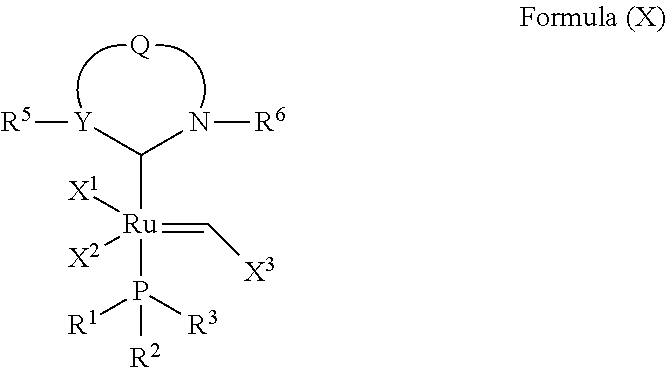
C00014

C00015

C00016

C00017
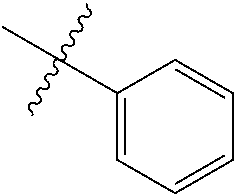
C00018
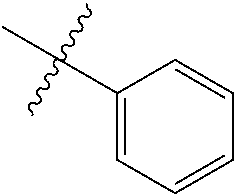
C00019
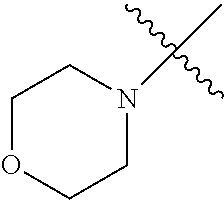
C00020
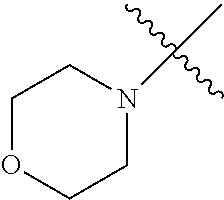
C00021
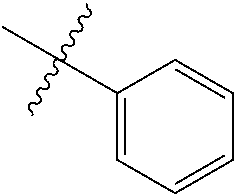
C00022
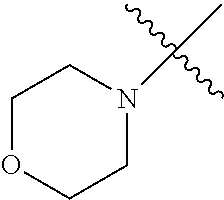
C00023
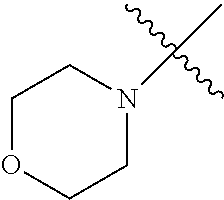
C00024

C00025

C00026
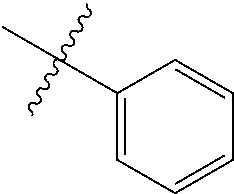
C00027

C00028
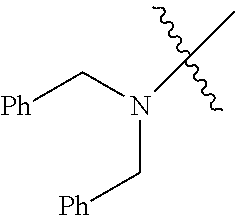
C00029

C00030
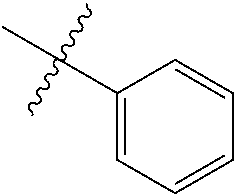
C00031

C00032
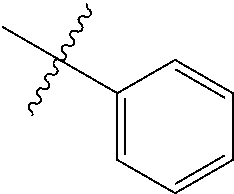
C00033
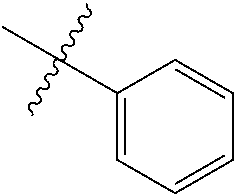
C00034
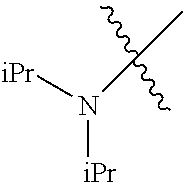
C00035

C00036

C00037

C00038
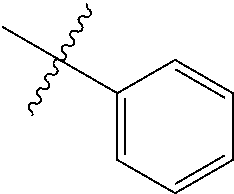
C00039
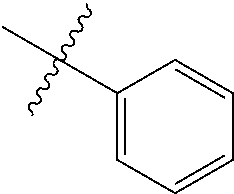
C00040
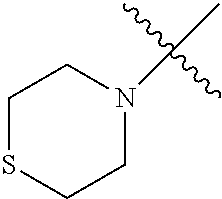
C00041
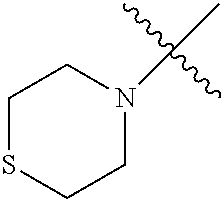
C00042
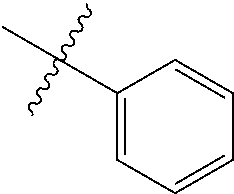
C00043
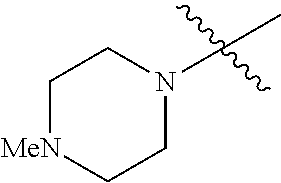
C00044
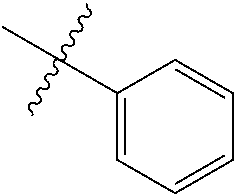
C00045
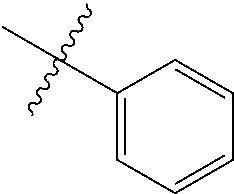
C00046

C00047
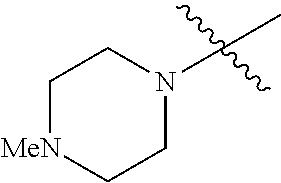
C00048

C00049

C00050
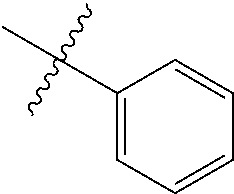
C00051
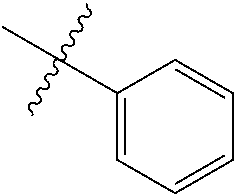
C00052

C00053

C00054
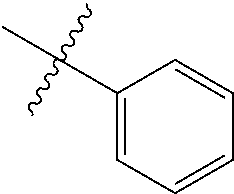
C00055
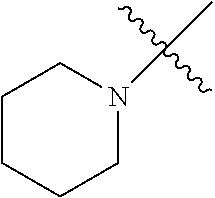
C00056
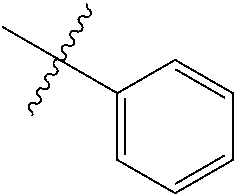
C00057
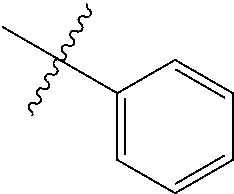
C00058

C00059

C00060
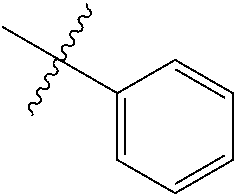
C00061
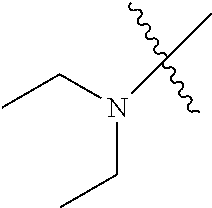
C00062

C00063
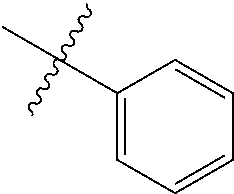
C00064

C00065

C00066
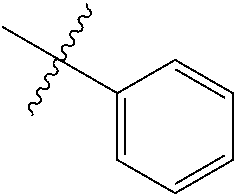
C00067

C00068
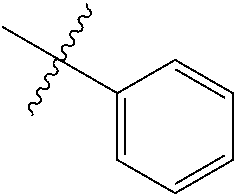
C00069
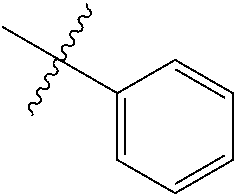
C00070

C00071

C00072
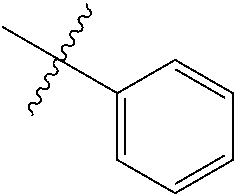
C00073
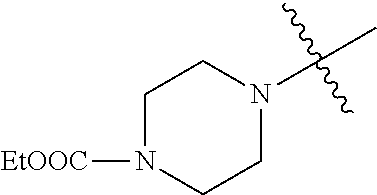
C00074
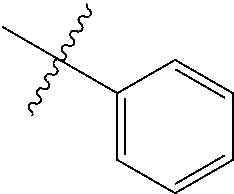
C00075

C00076
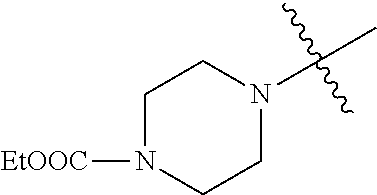
C00077

C00078

C00079

C00080
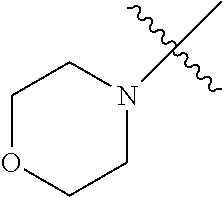
C00081
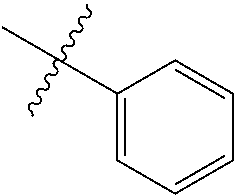
C00082
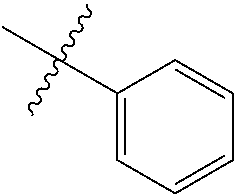
C00083
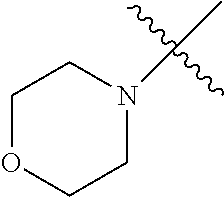
C00084

C00085
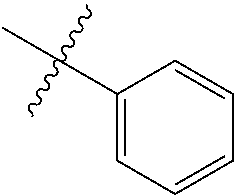
C00086

C00087
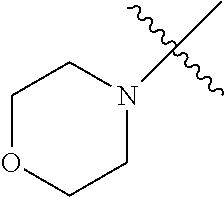
C00088

C00089
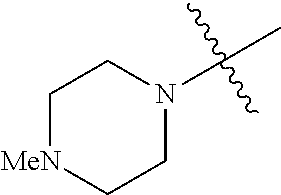
C00090
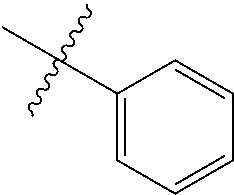
C00091
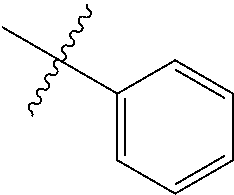
C00092

C00093
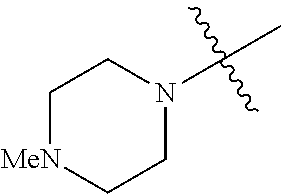
C00094
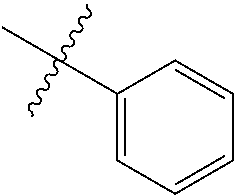
C00095
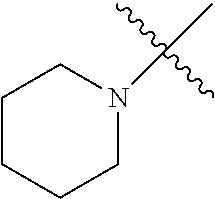
C00096

C00097

C00098
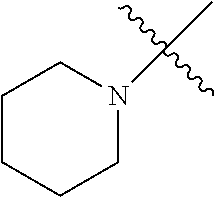
C00099

C00100
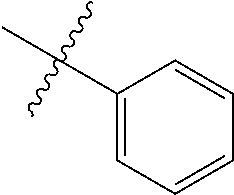
C00101

C00102
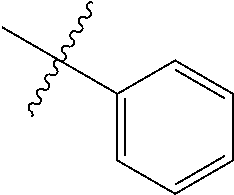
C00103
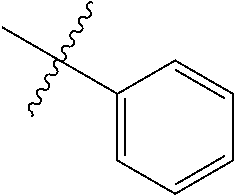
C00104

C00105
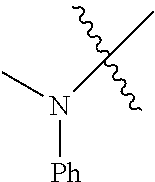
C00106
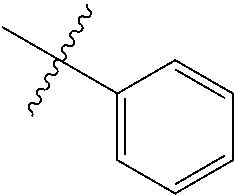
C00107
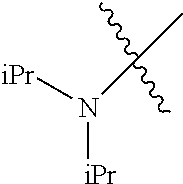
C00108

C00109
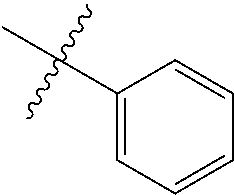
C00110
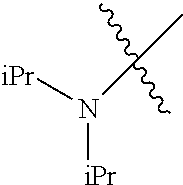
C00111
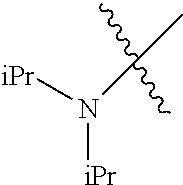
C00112
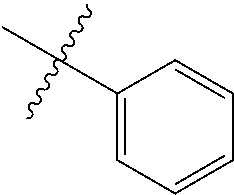
C00113
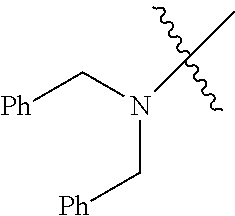
C00114

C00115

C00116

C00117
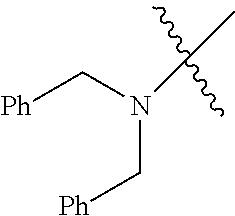
C00118

C00119
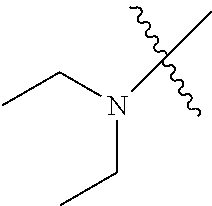
C00120
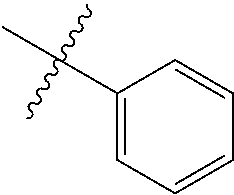
C00121

C00122
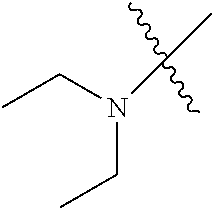
C00123
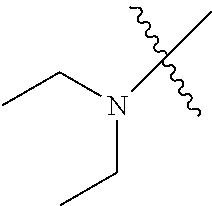
C00124
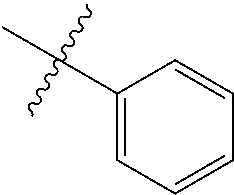
C00125
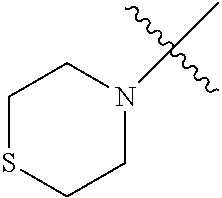
C00126
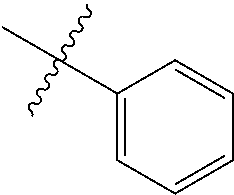
C00127

C00128
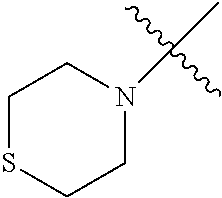
C00129
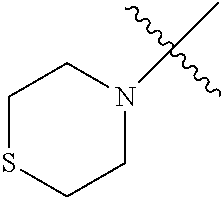
C00130
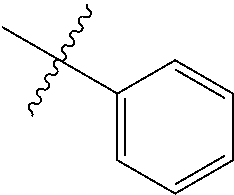
C00131
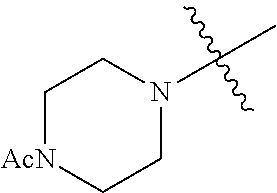
C00132
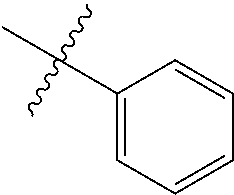
C00133
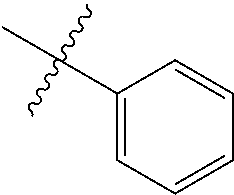
C00134

C00135
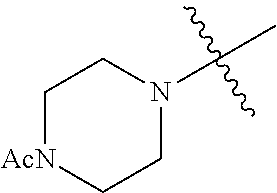
C00136
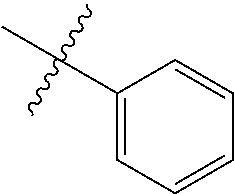
C00137
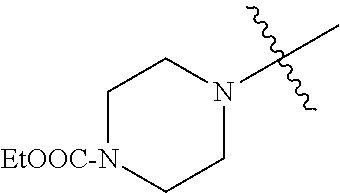
C00138
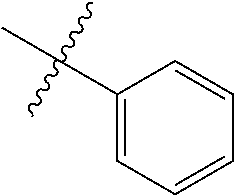
C00139

C00140
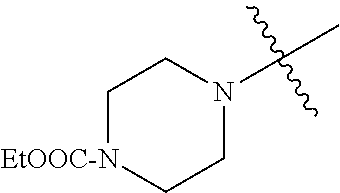
C00141
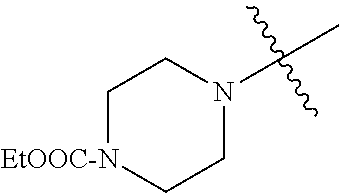
C00142

C00143
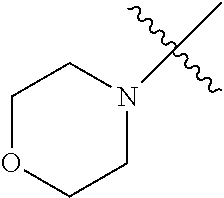
C00144
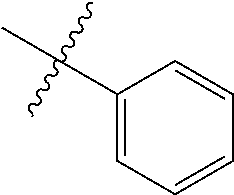
C00145
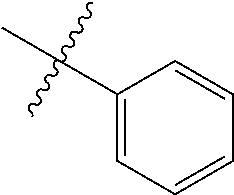
C00146
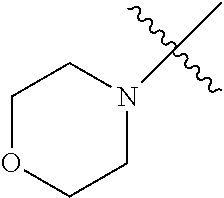
C00147

C00148

C00149
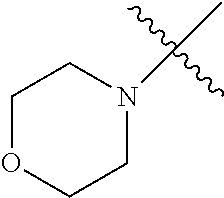
C00150

C00151
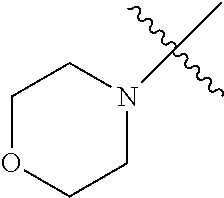
C00152
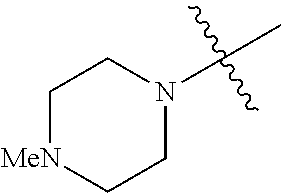
C00153

C00154
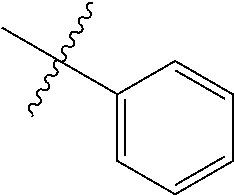
C00155
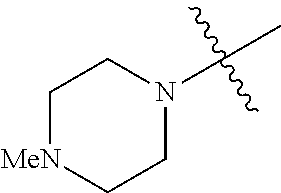
C00156
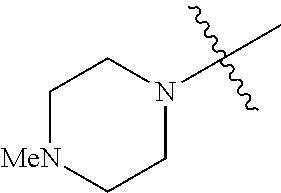
C00157
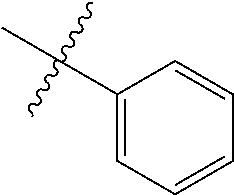
C00158
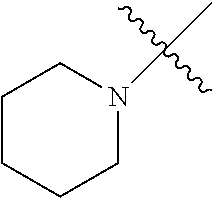
C00159
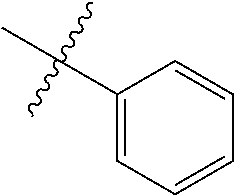
C00160
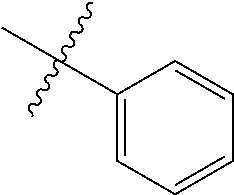
C00161

C00162

C00163
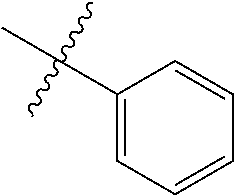
C00164
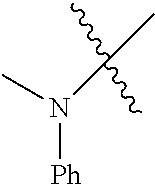
C00165
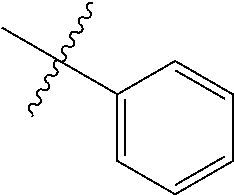
C00166
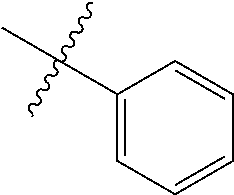
C00167
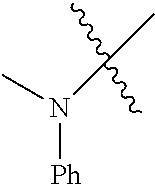
C00168
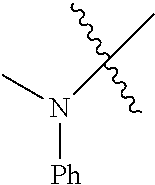
C00169

C00170
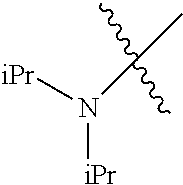
C00171

C00172
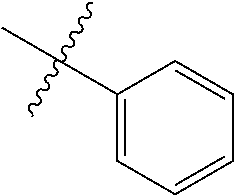
C00173

C00174
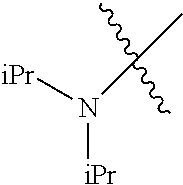
C00175
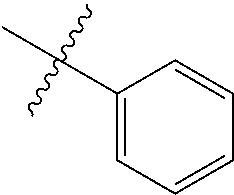
C00176
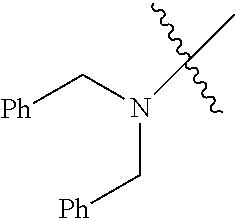
C00177

C00178
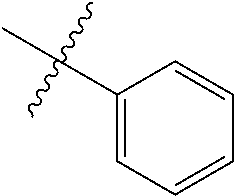
C00179
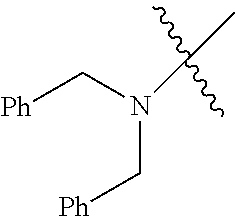
C00180

C00181
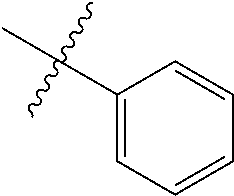
C00182

C00183
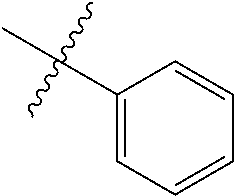
C00184
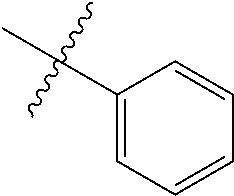
C00185
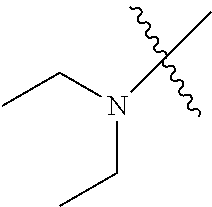
C00186

C00187
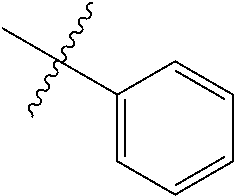
C00188
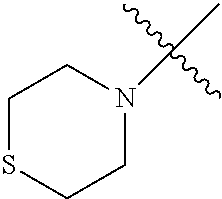
C00189
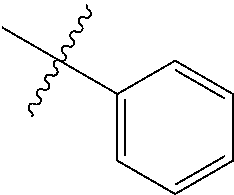
C00190
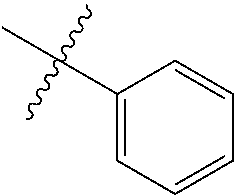
C00191
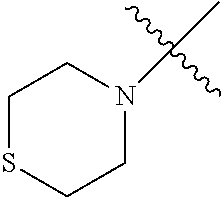
C00192
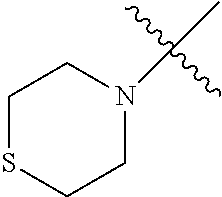
C00193
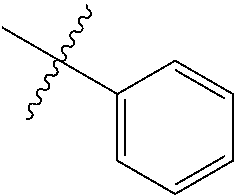
C00194

C00195

C00196
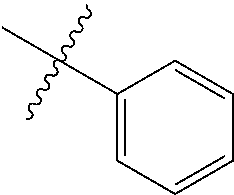
C00197
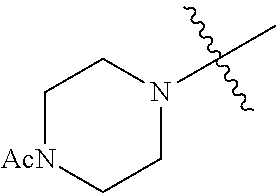
C00198
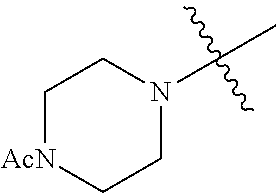
C00199
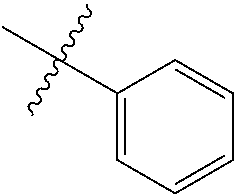
C00200
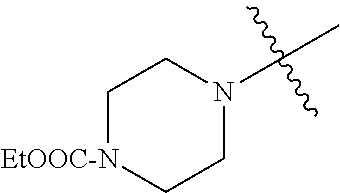
C00201
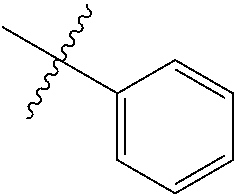
C00202

C00203
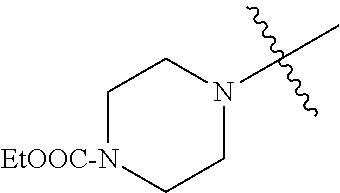
C00204
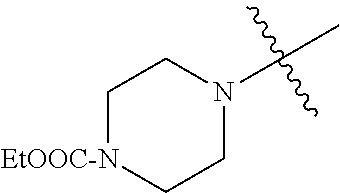
C00205
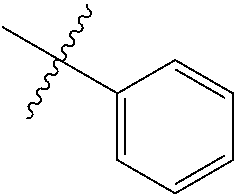
C00206
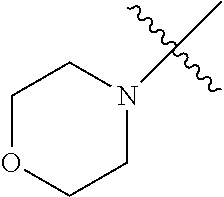
C00207

C00208
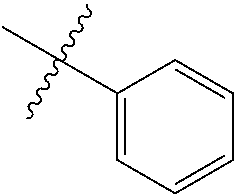
C00209
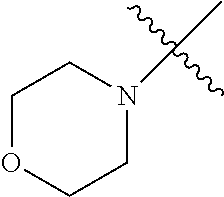
C00210
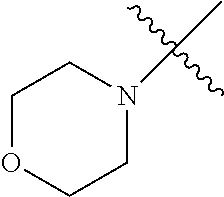
C00211

C00212
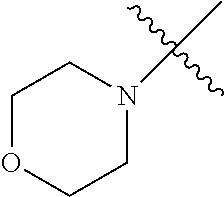
C00213
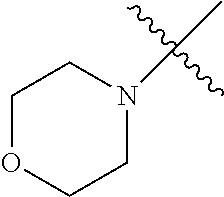
C00214
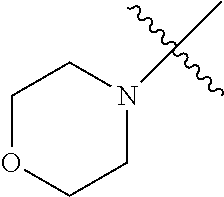
C00215
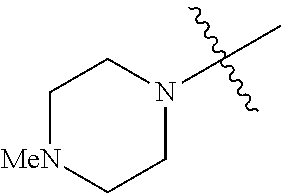
C00216
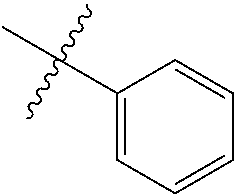
C00217
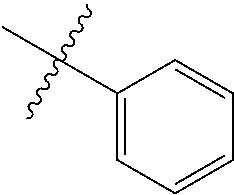
C00218

C00219
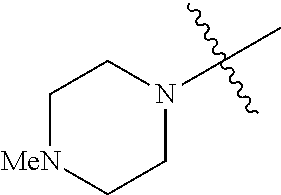
C00220

C00221
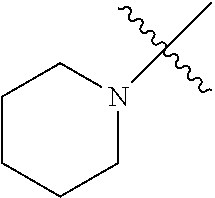
C00222

C00223
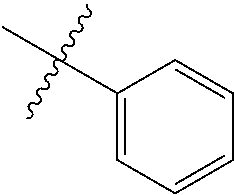
C00224
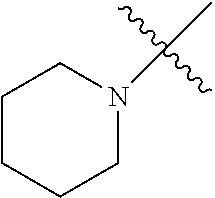
C00225

C00226

C00227

C00228
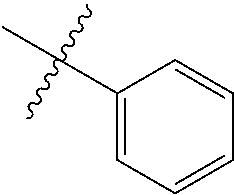
C00229

C00230

C00231
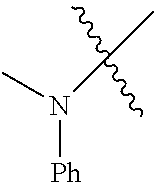
C00232
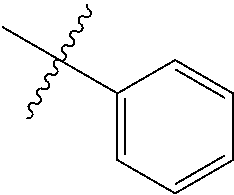
C00233
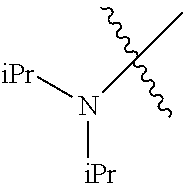
C00234

C00235

C00236

C00237
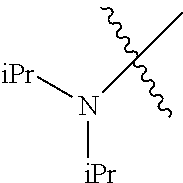
C00238
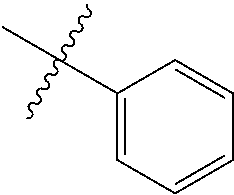
C00239

C00240

C00241
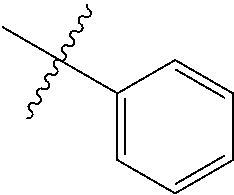
C00242
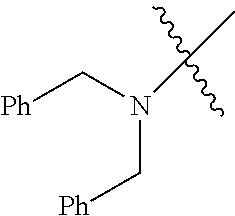
C00243
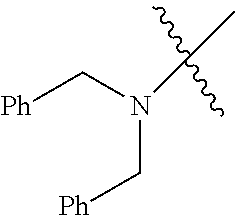
C00244
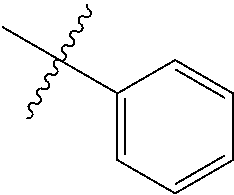
C00245

C00246

C00247
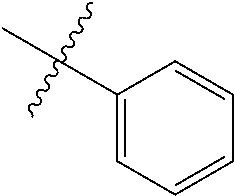
C00248
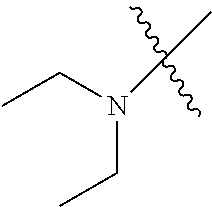
C00249

C00250

C00251
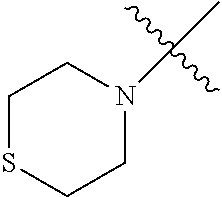
C00252
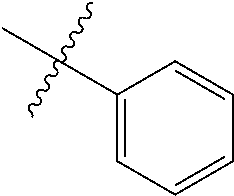
C00253
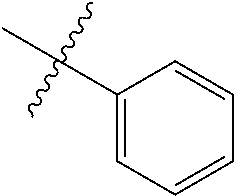
C00254

C00255

C00256
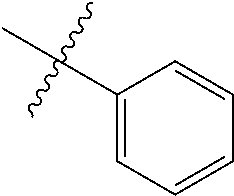
C00257

C00258
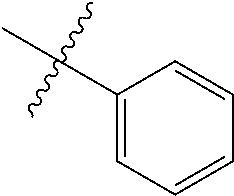
C00259
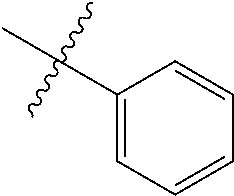
C00260

C00261
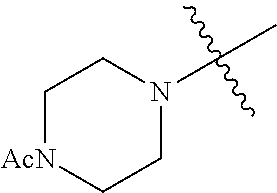
C00262
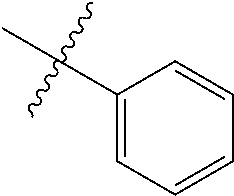
C00263
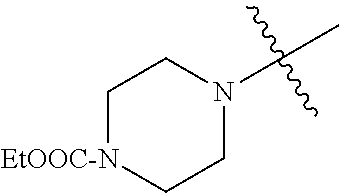
C00264

C00265
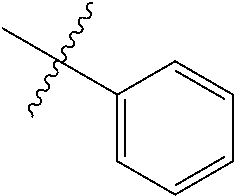
C00266

C00267
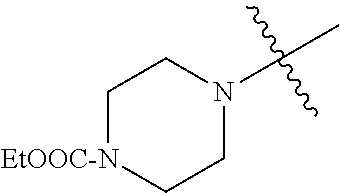
C00268
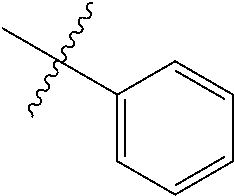
C00269
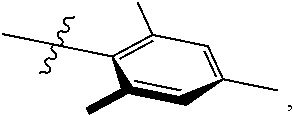
C00270

C00271

C00272
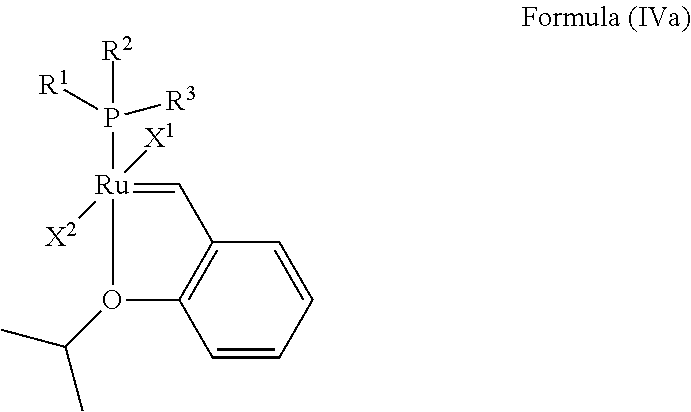
C00273
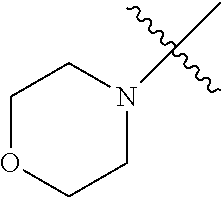
C00274

C00275

C00276
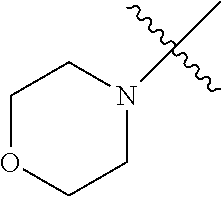
C00277
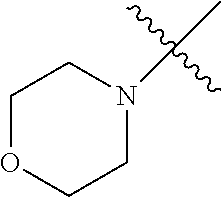
C00278

C00279
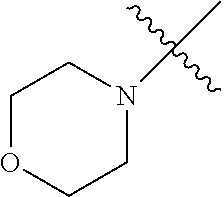
C00280

C00281
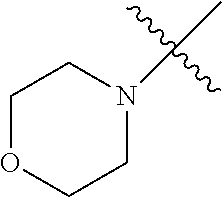
C00282
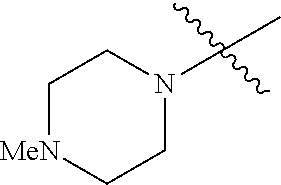
C00283

C00284
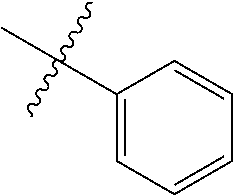
C00285
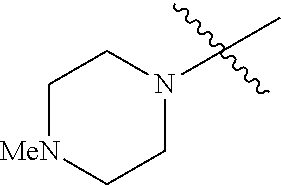
C00286
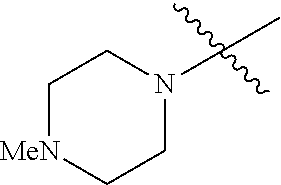
C00287
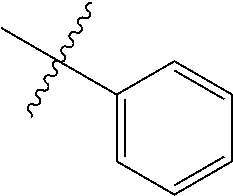
C00288

C00289
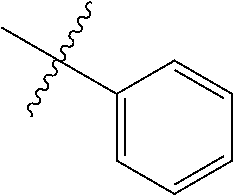
C00290
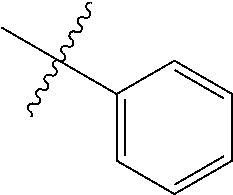
C00291
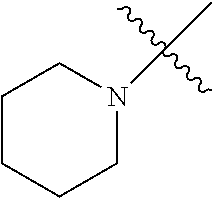
C00292
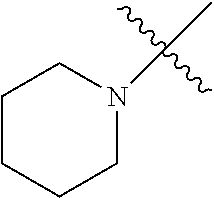
C00293
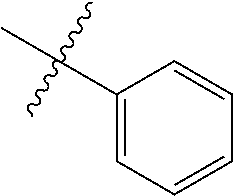
C00294

C00295
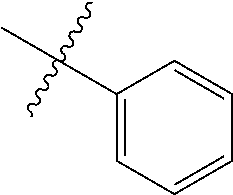
C00296
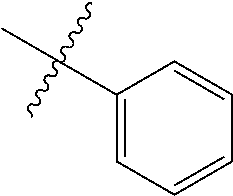
C00297
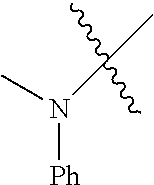
C00298
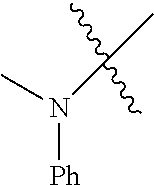
C00299
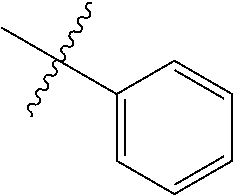
C00300
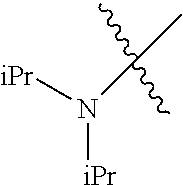
C00301
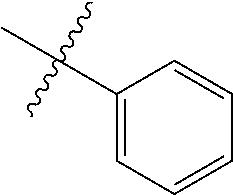
C00302
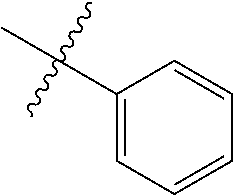
C00303

C00304

C00305

C00306
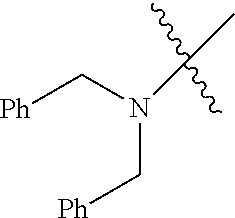
C00307
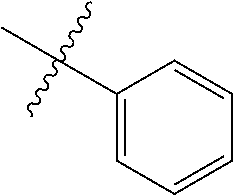
C00308

C00309
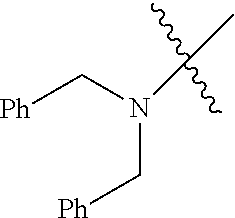
C00310

C00311
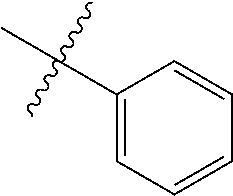
C00312
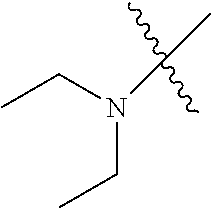
C00313
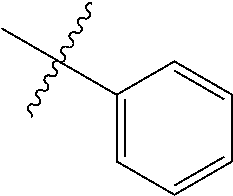
C00314

C00315
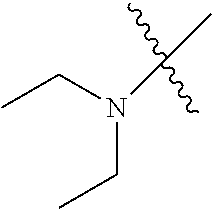
C00316

C00317
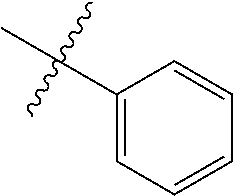
C00318
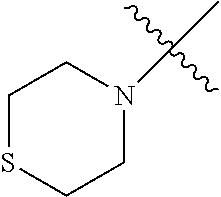
C00319

C00320
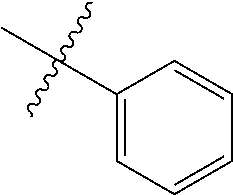
C00321

C00322
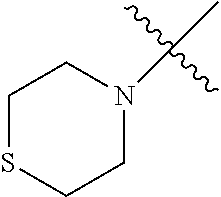
C00323
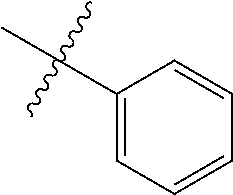
C00324
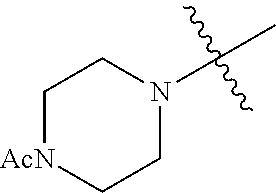
C00325
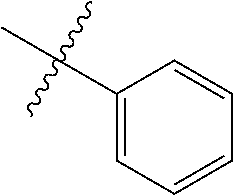
C00326
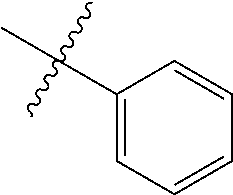
C00327
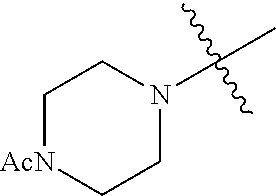
C00328
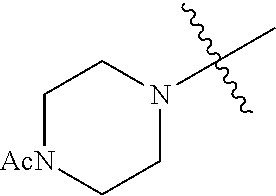
C00329

C00330

C00331
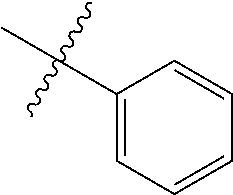
C00332
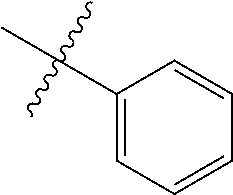
C00333
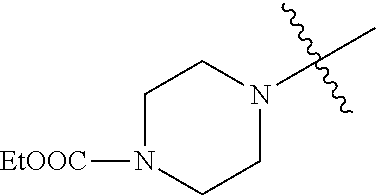
C00334
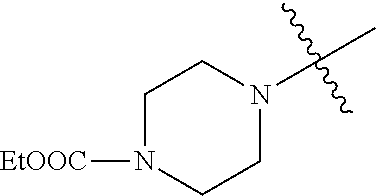
C00335

C00336

C00337

C00338
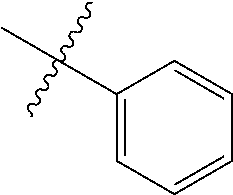
C00339

C00340
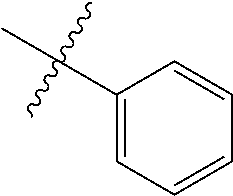
C00341

C00342

C00343

C00344
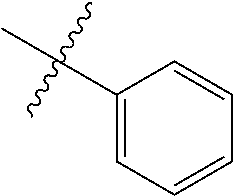
C00345

C00346
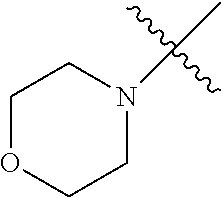
C00347
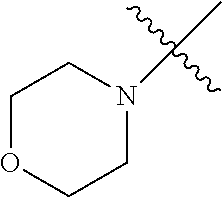
C00348

C00349
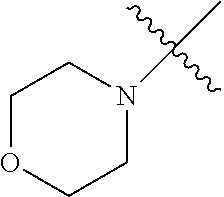
C00350

C00351

C00352
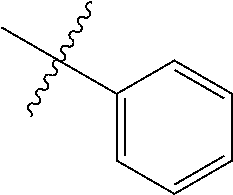
C00353
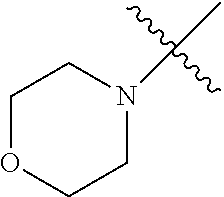
C00354
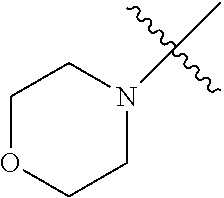
C00355
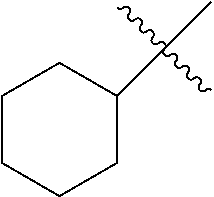
C00356

C00357

C00358

C00359

C00360
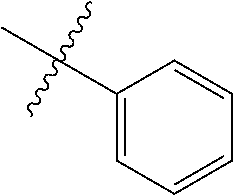
C00361

C00362

C00363

C00364
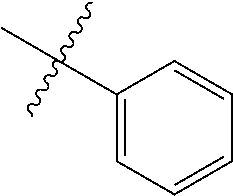
C00365
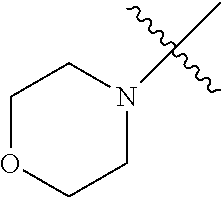
C00366
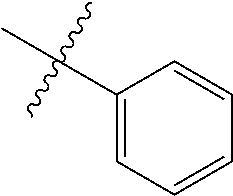
C00367

C00368

C00369
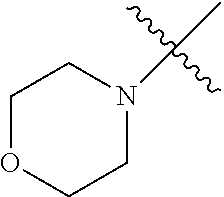
C00370

C00371
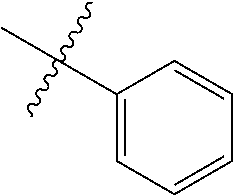
C00372
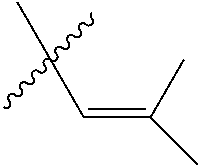
C00373

C00374

C00375

C00376
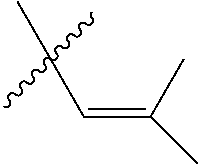
C00377

C00378
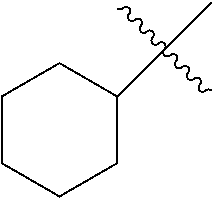
C00379
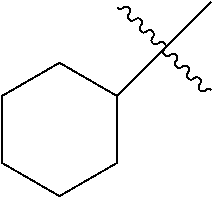
C00380
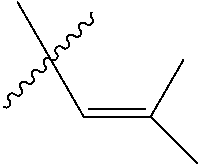
C00381
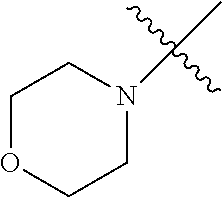
C00382

C00383
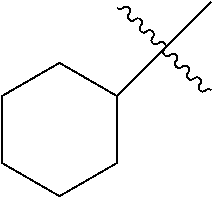
C00384
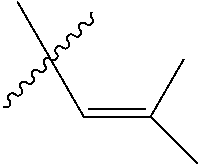
C00385
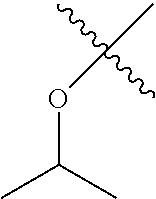
C00386

C00387
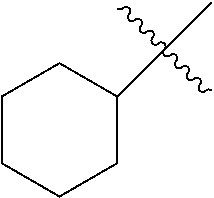
C00388

C00389
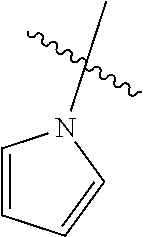
C00390
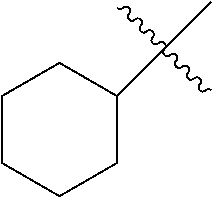
C00391

C00392

C00393

C00394
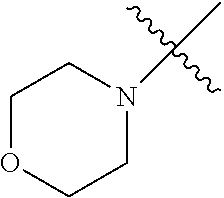
C00395
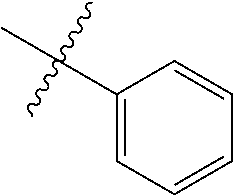
C00396

C00397

C00398
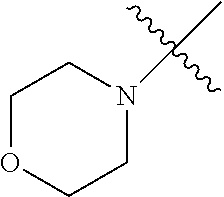
C00399
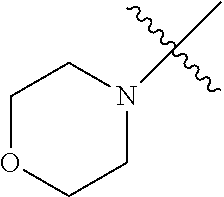
C00400
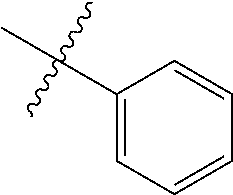
C00401
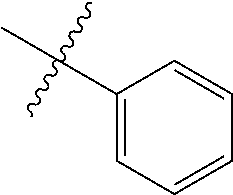
C00402
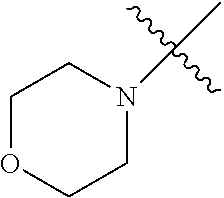
C00403
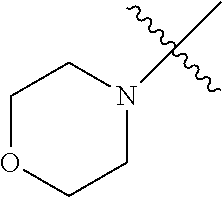
C00404
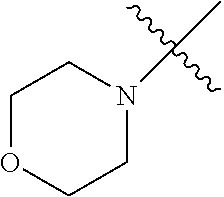
C00405

C00406

C00407

C00408

C00409
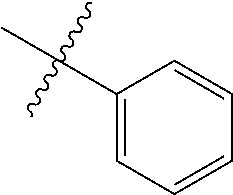
C00410
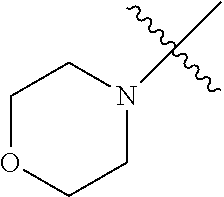
C00411
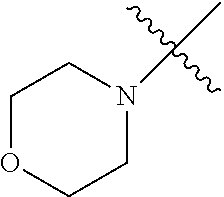
C00412
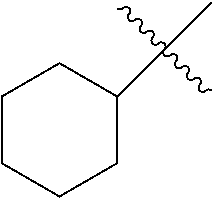
C00413

C00414
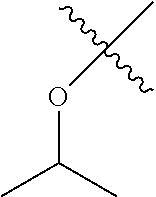
C00415
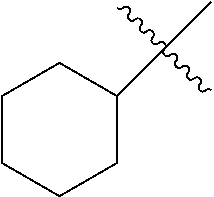
C00416
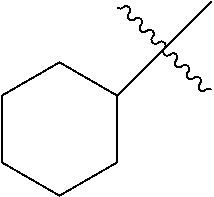
C00417

C00418

C00419
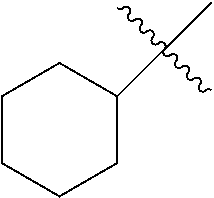
C00420
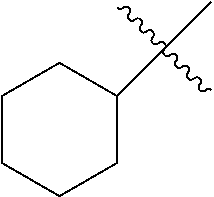
C00421
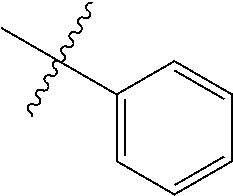
C00422

C00423
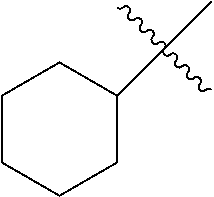
C00424
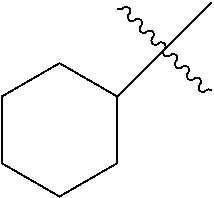
C00425
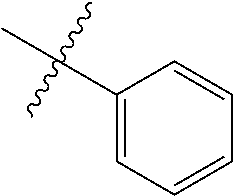
C00426
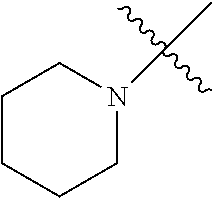
C00427

C00428
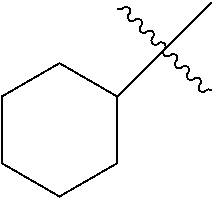
C00429
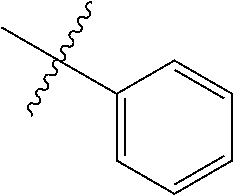
C00430
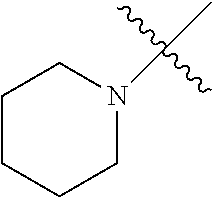
C00431
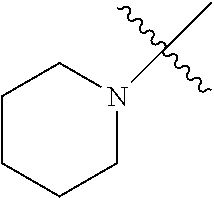
C00432

C00433
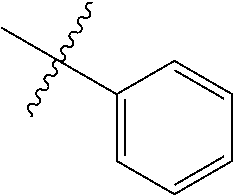
C00434

C00435

C00436

C00437
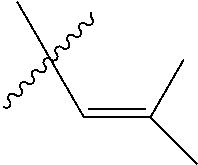
C00438
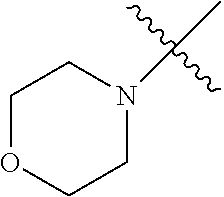
C00439
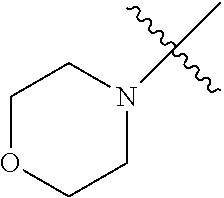
C00440
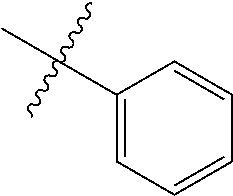
C00441
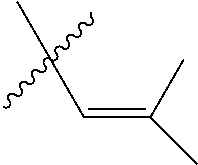
C00442
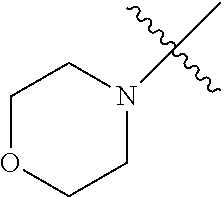
C00443
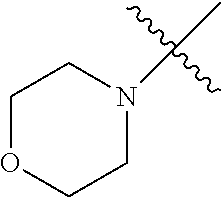
C00444
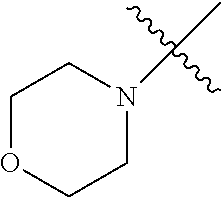
C00445

C00446

C00447
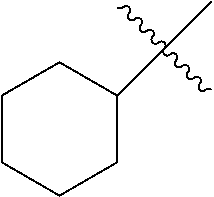
C00448
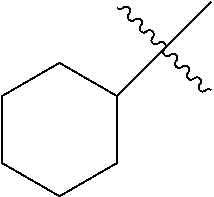
C00449
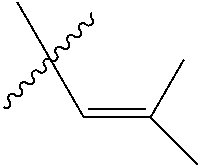
C00450
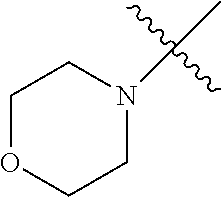
C00451
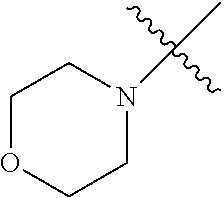
C00452
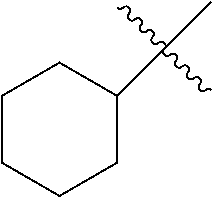
C00453

C00454

C00455
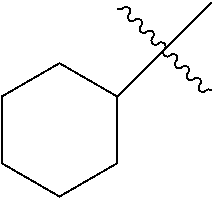
C00456
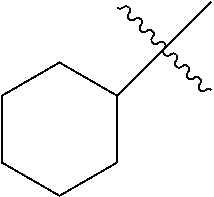
C00457
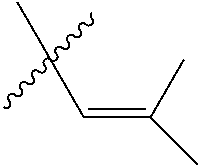
C00458

C00459
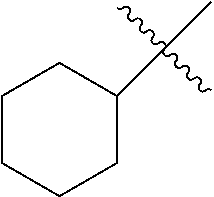
C00460

C00461

C00462
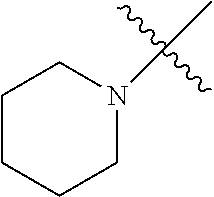
C00463

C00464
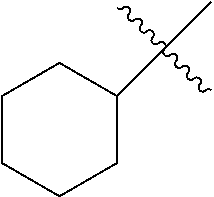
C00465

C00466
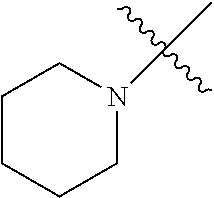
C00467

C00468
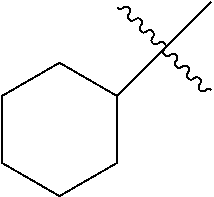
C00469

C00470

C00471

C00472

C00473
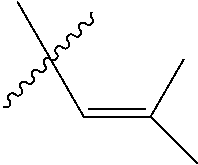
C00474
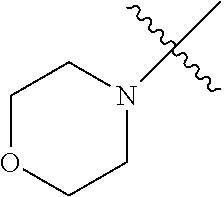
C00475
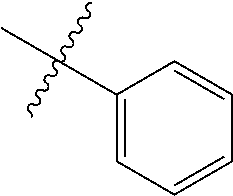
C00476

C00477
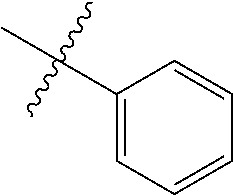
C00478

C00479

C00480
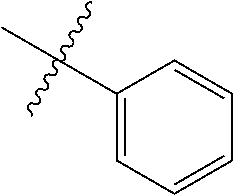
C00481
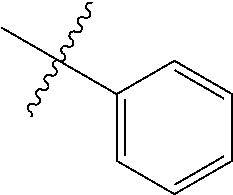
C00482

C00483
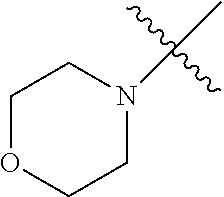
C00484
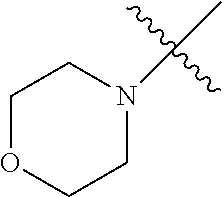
C00485

C00486
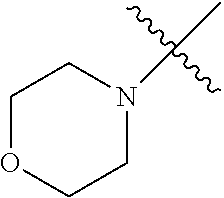
C00487

C00488
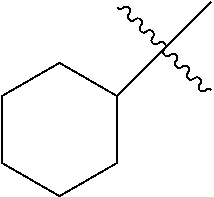
C00489
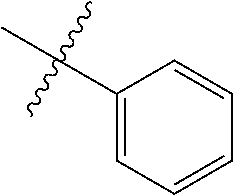
C00490

C00491
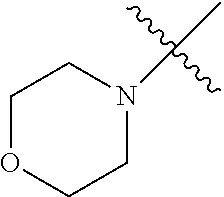
C00492
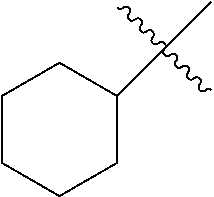
C00493

C00494
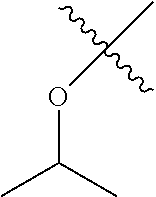
C00495

C00496
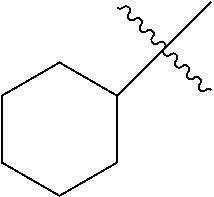
C00497
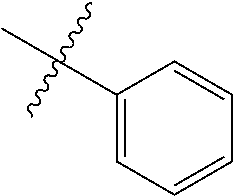
C00498
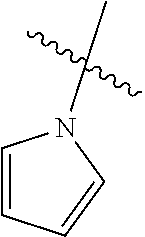
C00499
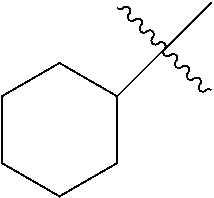
C00500

C00501
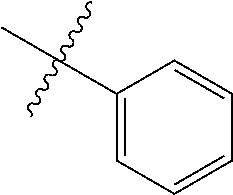
C00502
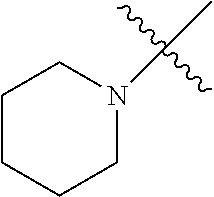
C00503

C00504
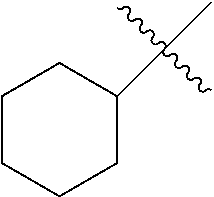
C00505
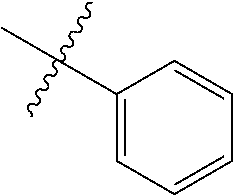
C00506
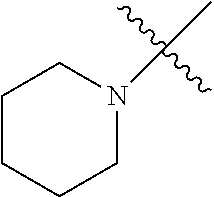
C00507
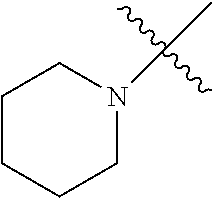
C00508

C00509
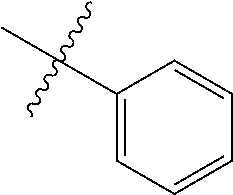
C00510

C00511

C00512
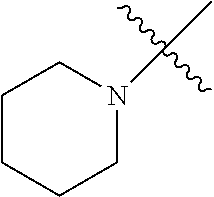
C00513

C00514
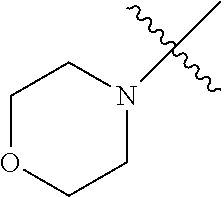
C00515
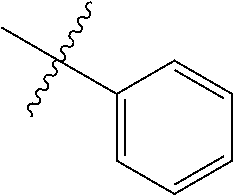
C00516
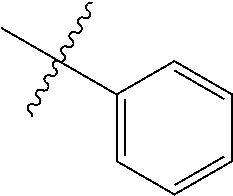
C00517

C00518

C00519
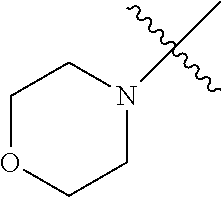
C00520

C00521
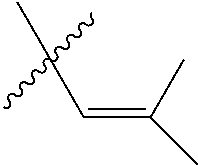
C00522

C00523
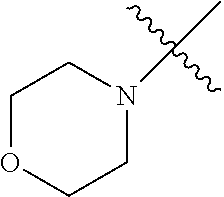
C00524
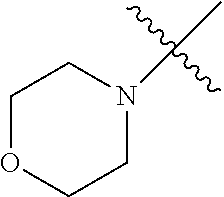
C00525
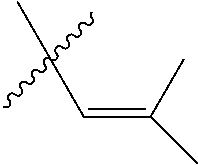
C00526

C00527

C00528
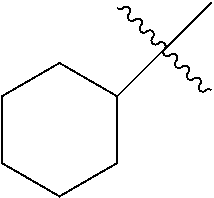
C00529
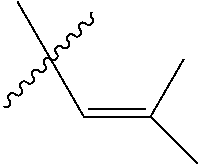
C00530
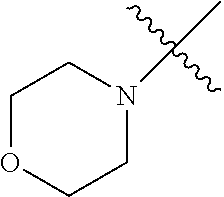
C00531
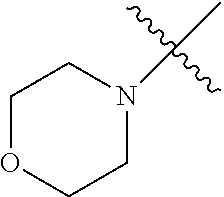
C00532
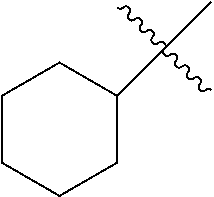
C00533
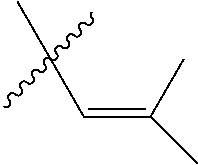
C00534
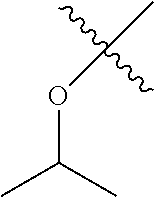
C00535
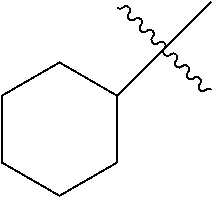
C00536

C00537
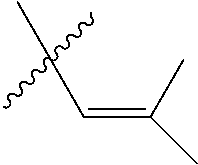
C00538
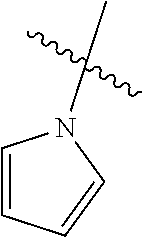
C00539

C00540
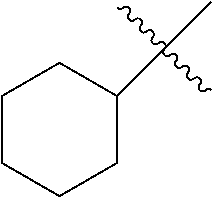
C00541

C00542
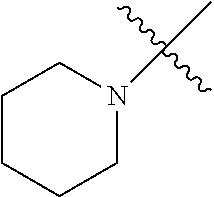
C00543

C00544
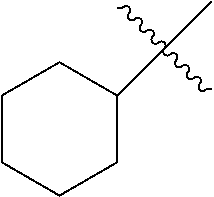
C00545
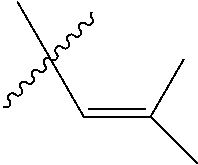
C00546
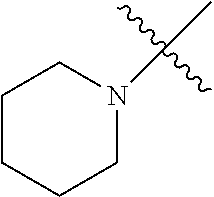
C00547
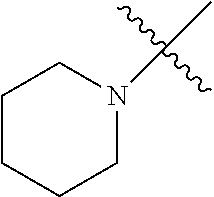
C00548
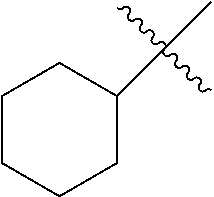
C00549
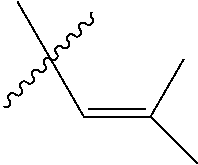
C00550

C00551
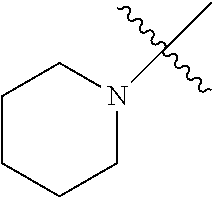
C00552

C00553
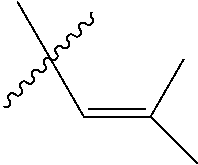
C00554

C00555
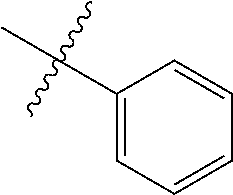
C00556
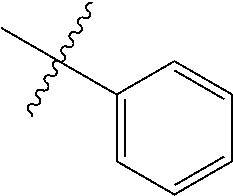
C00557
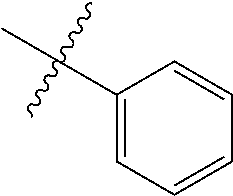
C00558

C00559
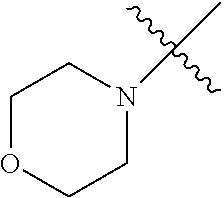
C00560
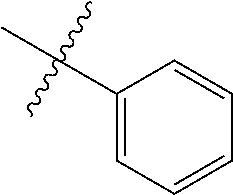
C00561
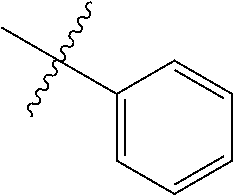
C00562
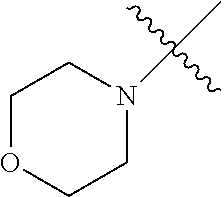
C00563

C00564
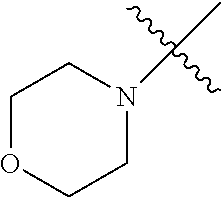
C00565
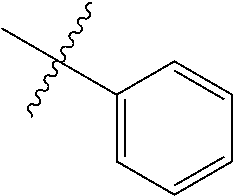
C00566
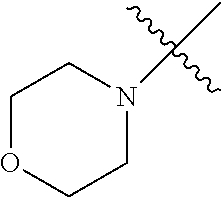
C00567
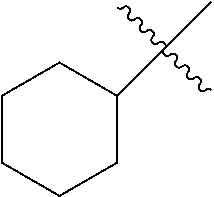
C00568

C00569

C00570
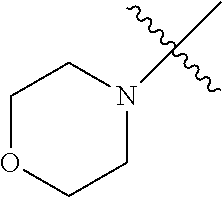
C00571
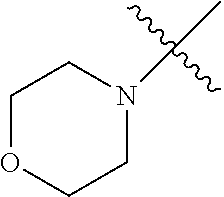
C00572
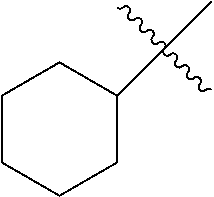
C00573
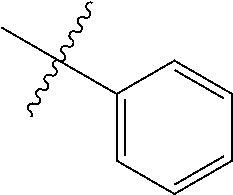
C00574
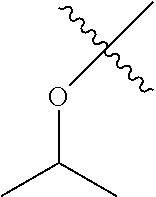
C00575
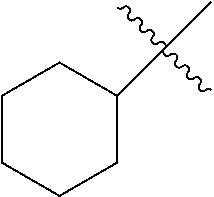
C00576

C00577
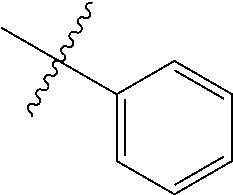
C00578

C00579

C00580
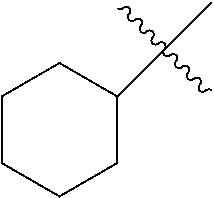
C00581

C00582
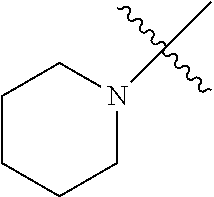
C00583
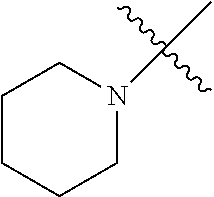
C00584
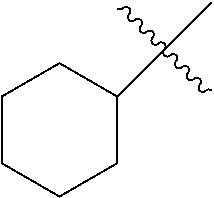
C00585

C00586

C00587
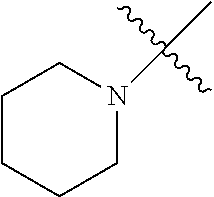
C00588
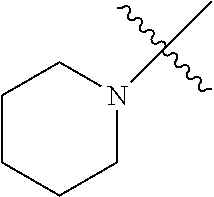
C00589
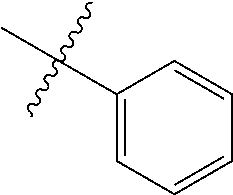
C00590
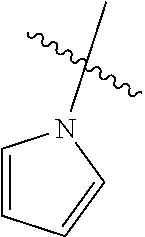
C00591

C00592

C00593

C00594

C00595
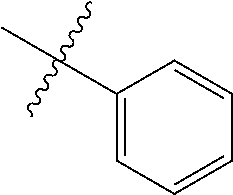
C00596
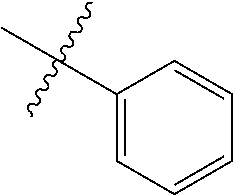
C00597
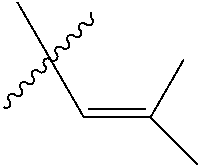
C00598
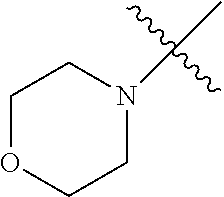
C00599
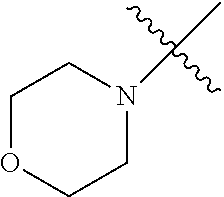
C00600
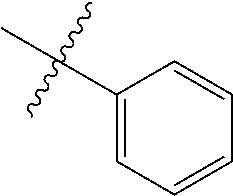
C00601

C00602
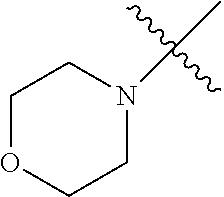
C00603
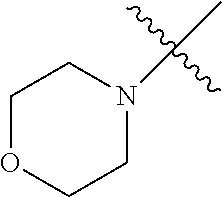
C00604
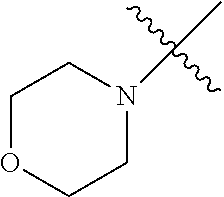
C00605

C00606
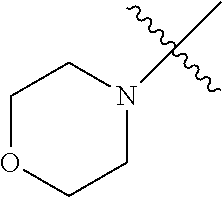
C00607

C00608

C00609

C00610

C00611
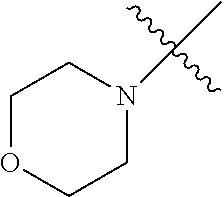
C00612
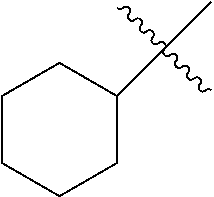
C00613

C00614
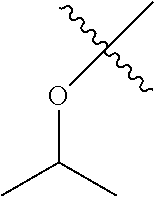
C00615

C00616

C00617
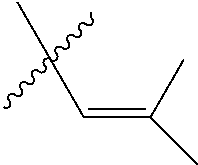
C00618

C00619

C00620
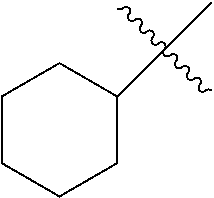
C00621
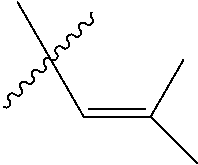
C00622
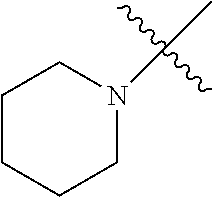
C00623
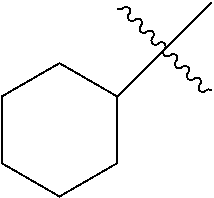
C00624

C00625

C00626
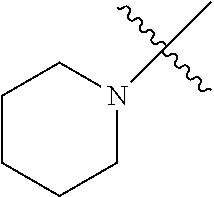
C00627
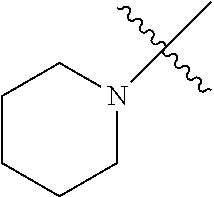
C00628

C00629
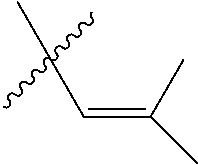
C00630
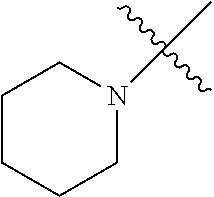
C00631
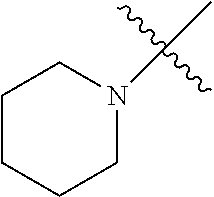
C00632
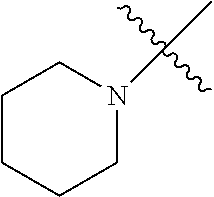
C00633

C00634

C00635

C00636
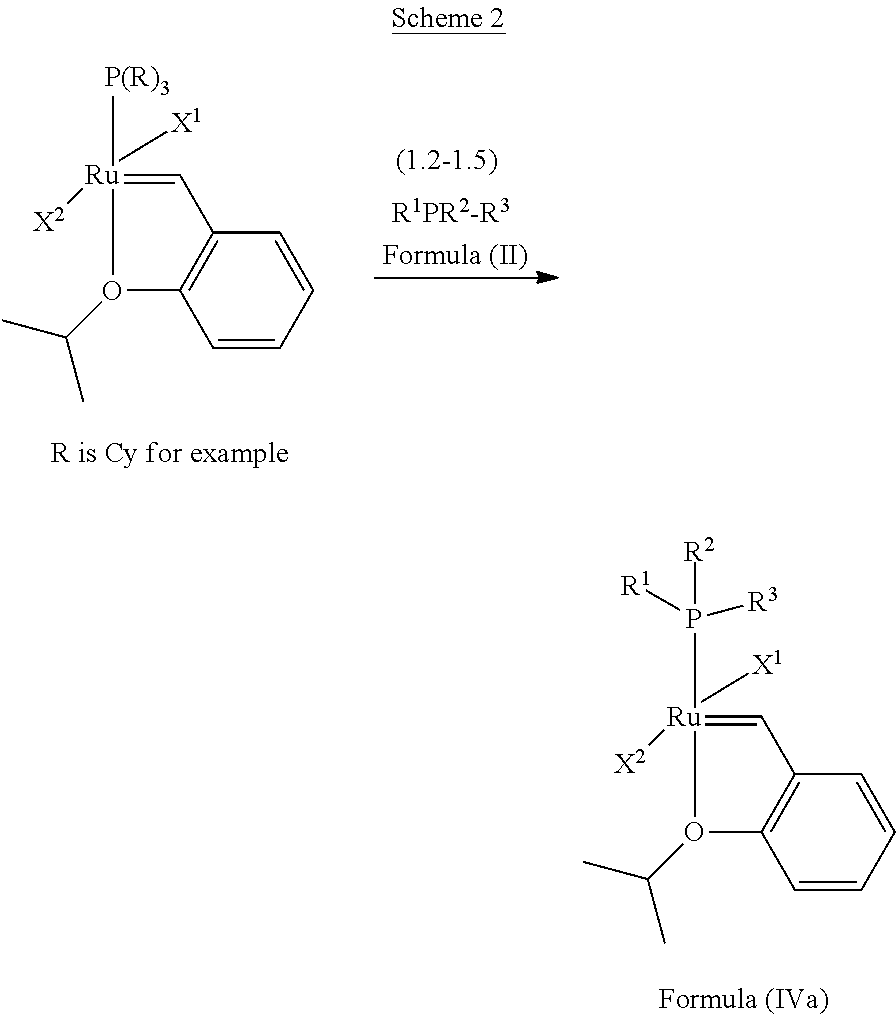
C00637
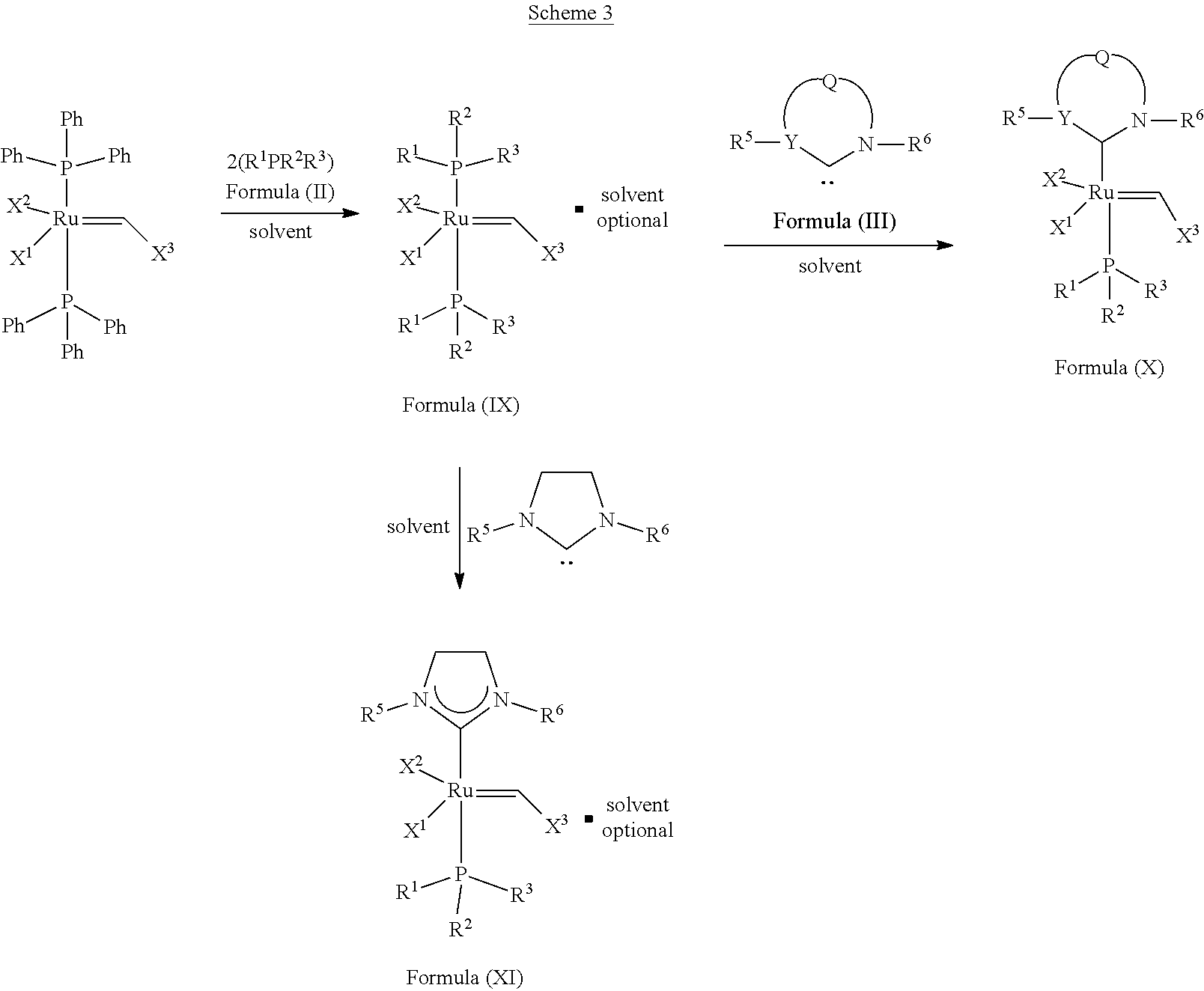
C00638
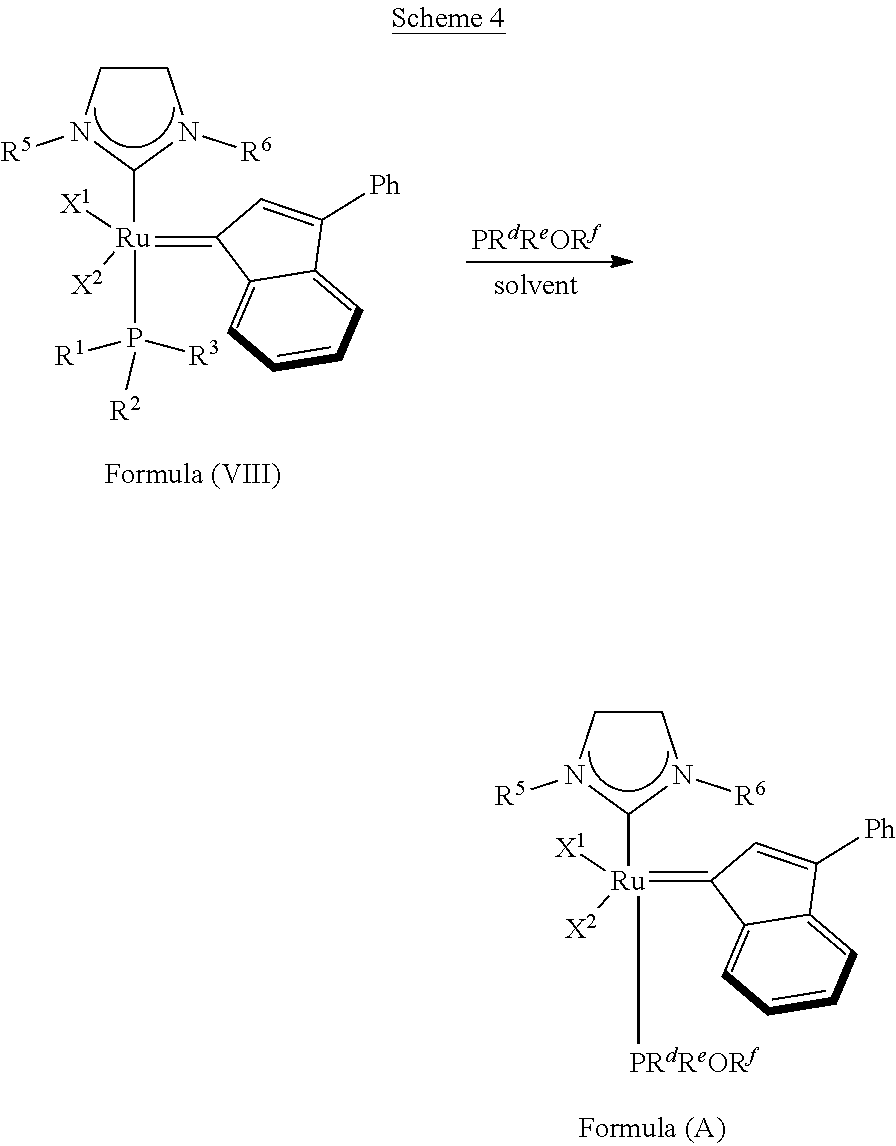
C00639
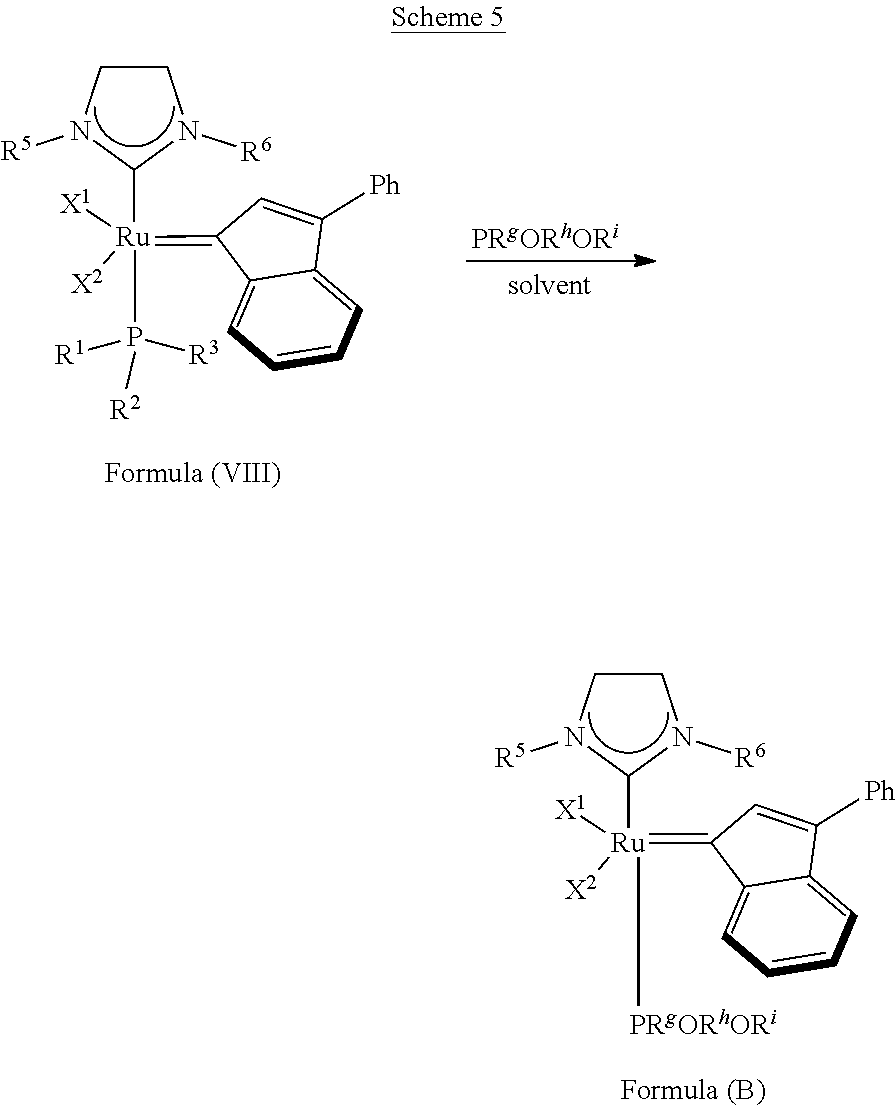
C00640
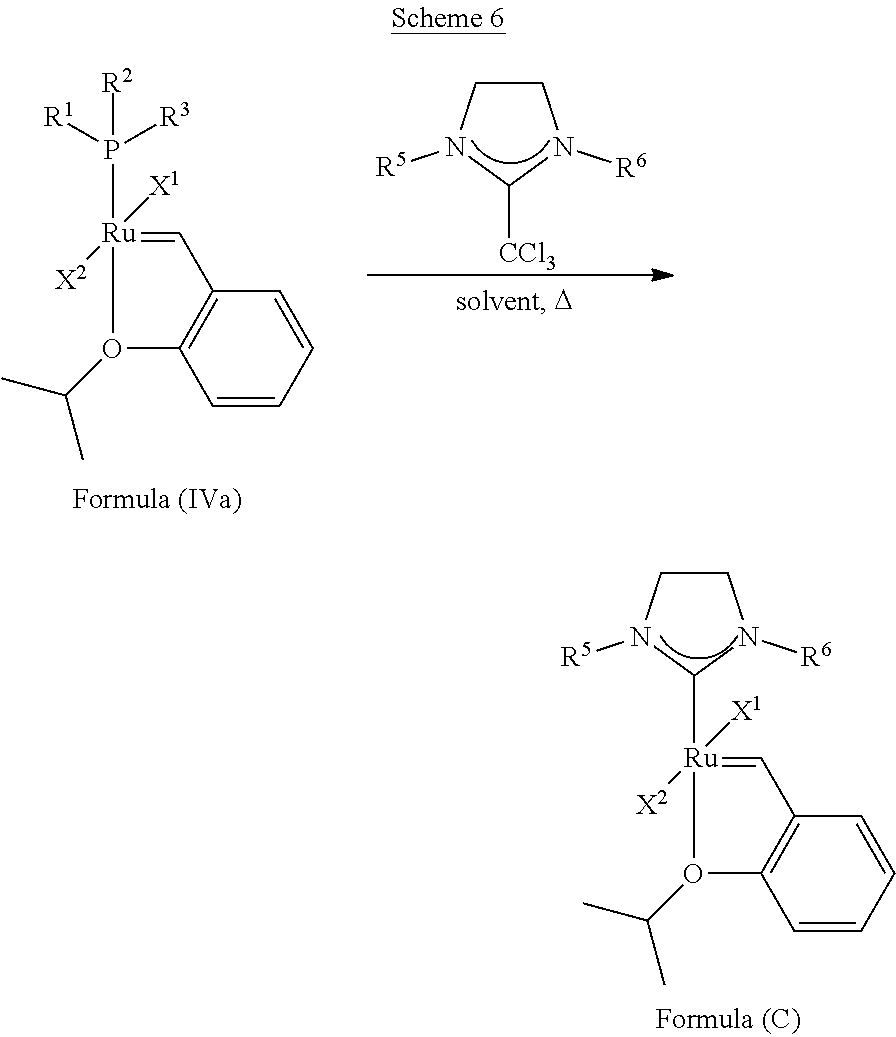
C00641

C00642
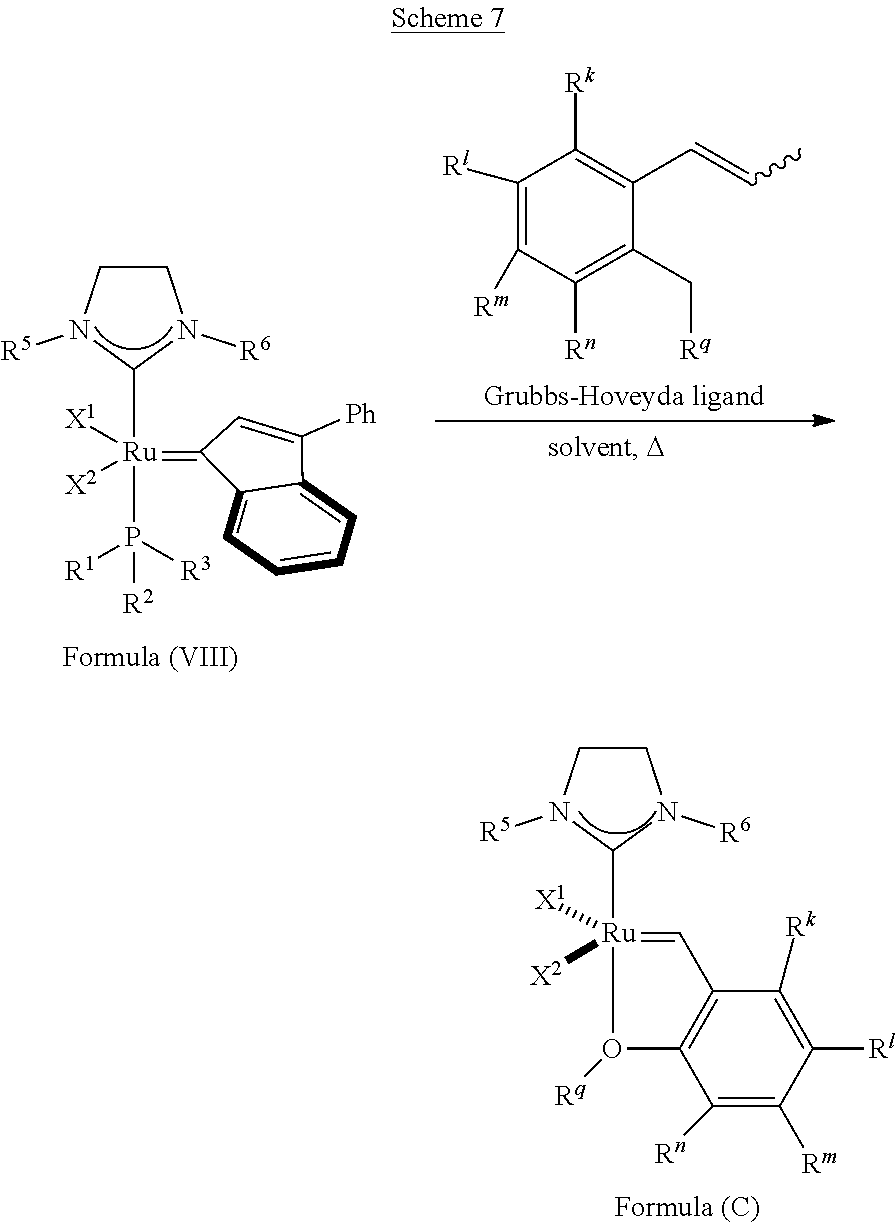
C00643
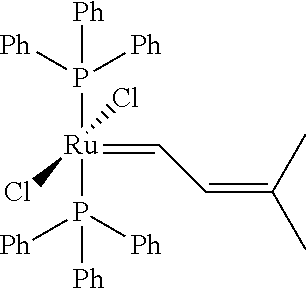
C00644
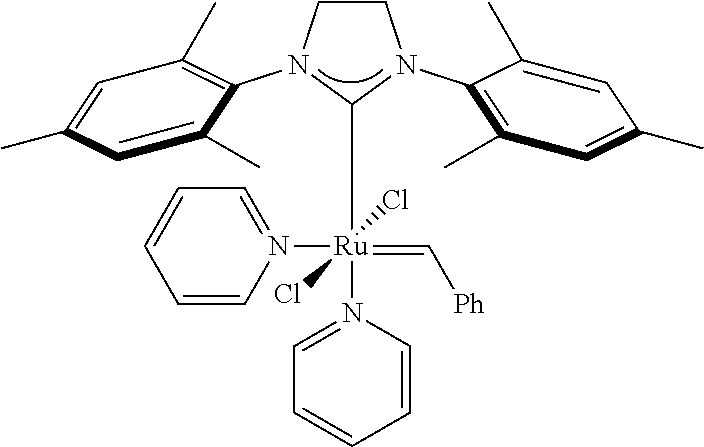
C00645

C00646

C00647
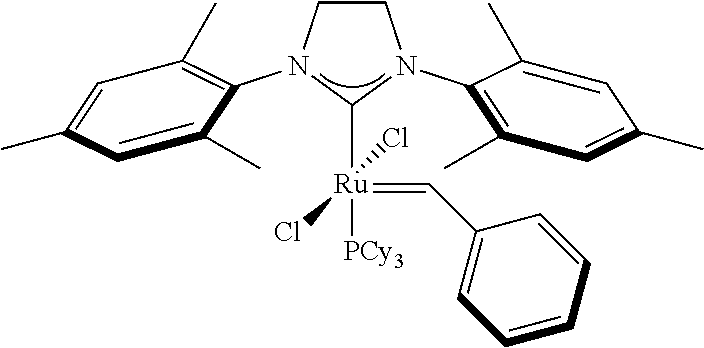
C00648

C00649

C00650
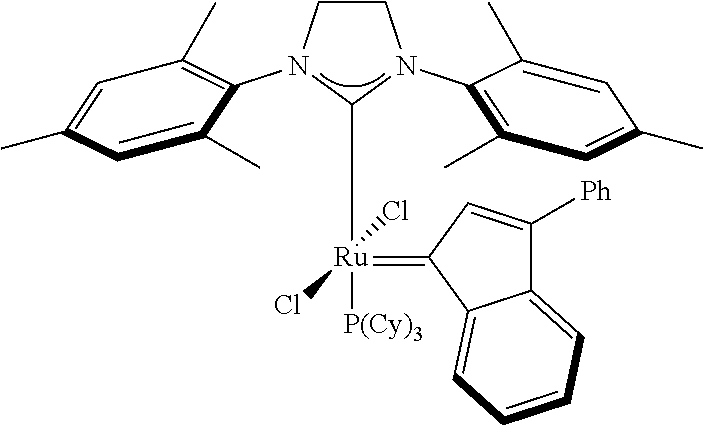
C00651
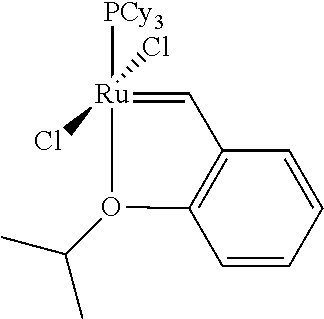
C00652

C00653
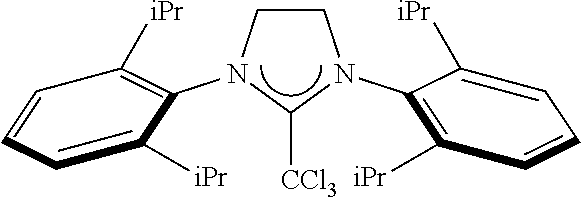
C00654
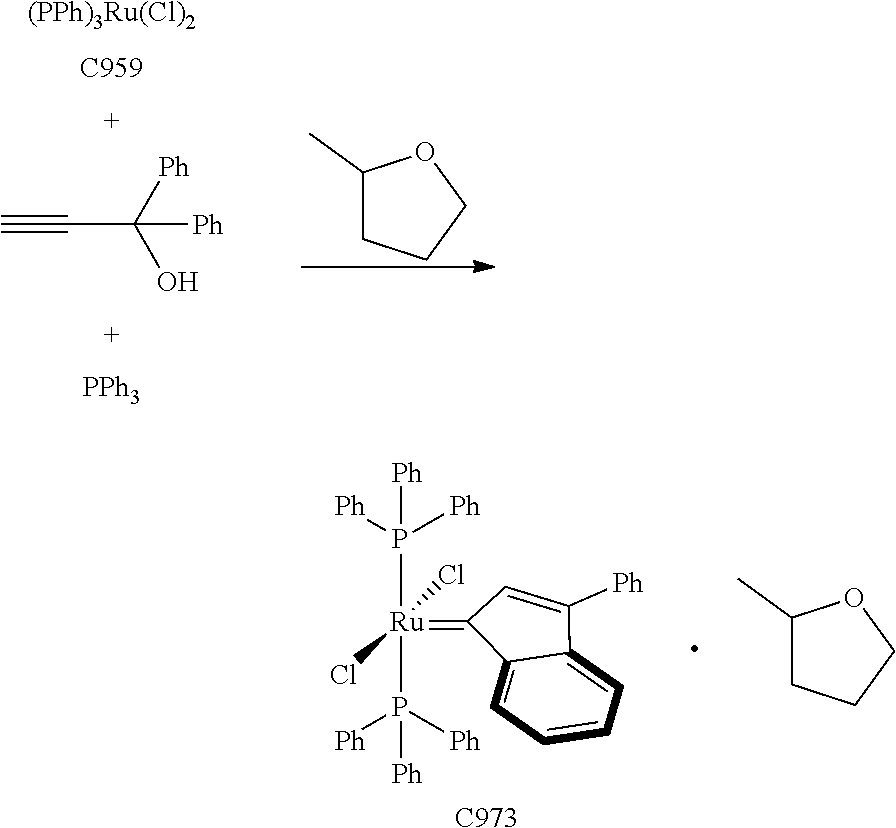
C00655
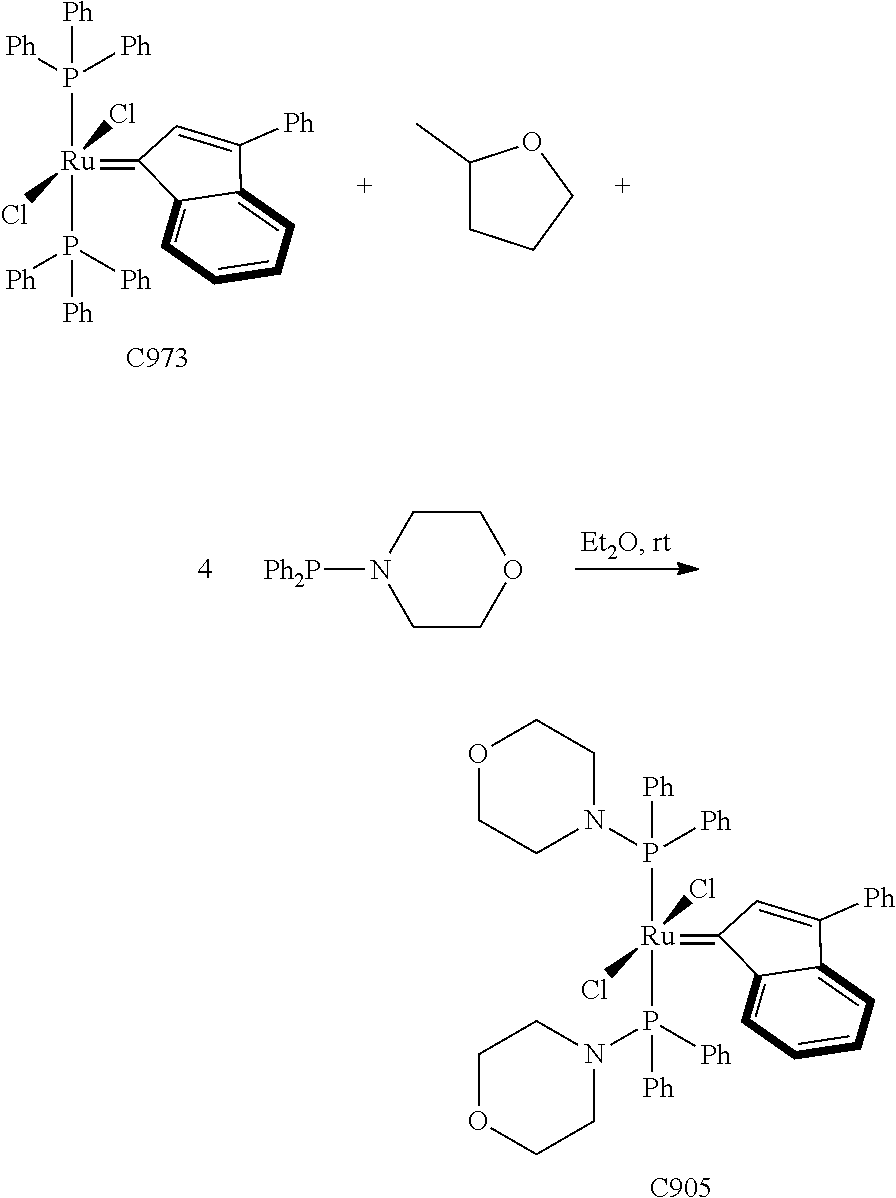
C00656
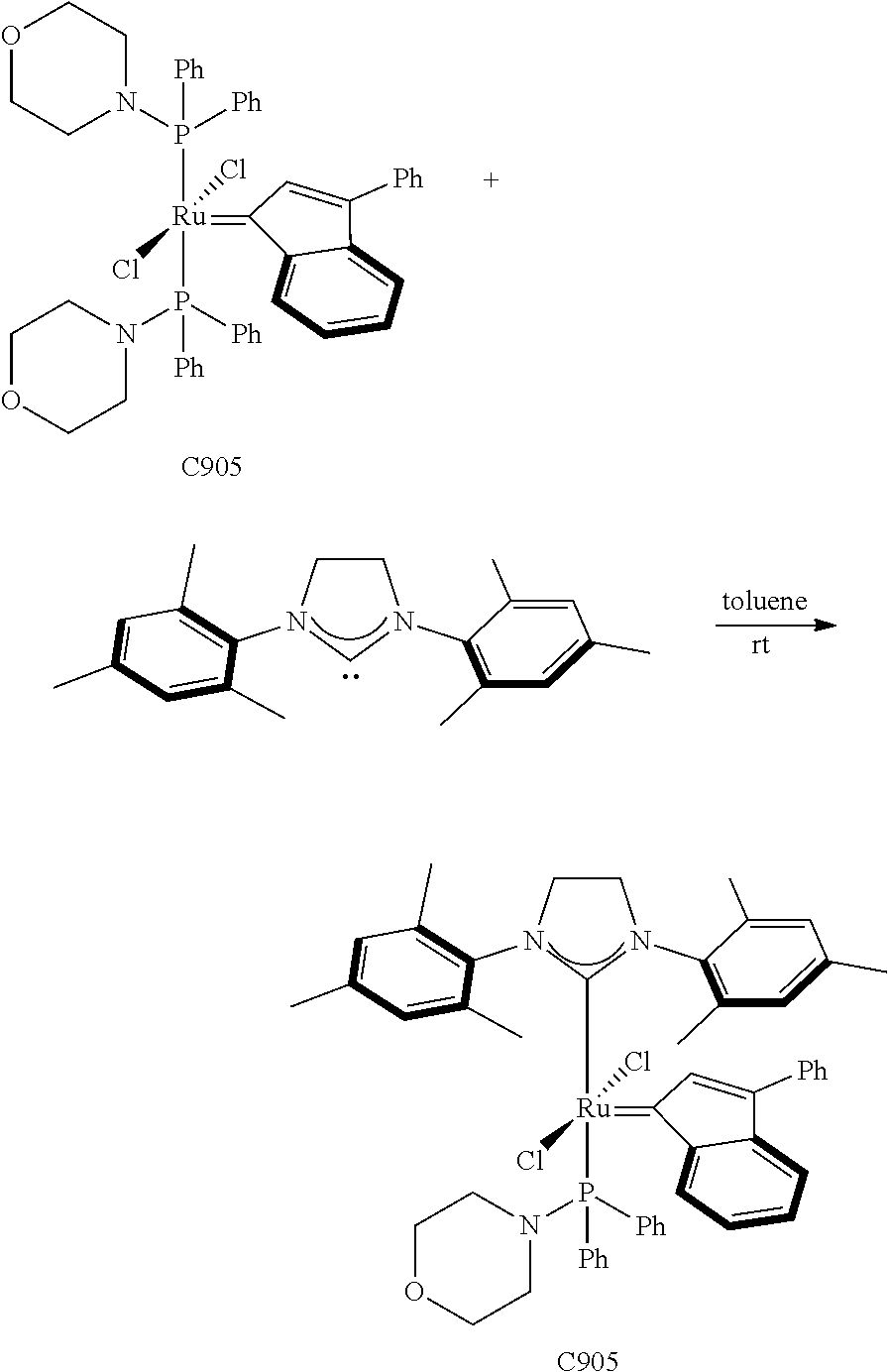
C00657
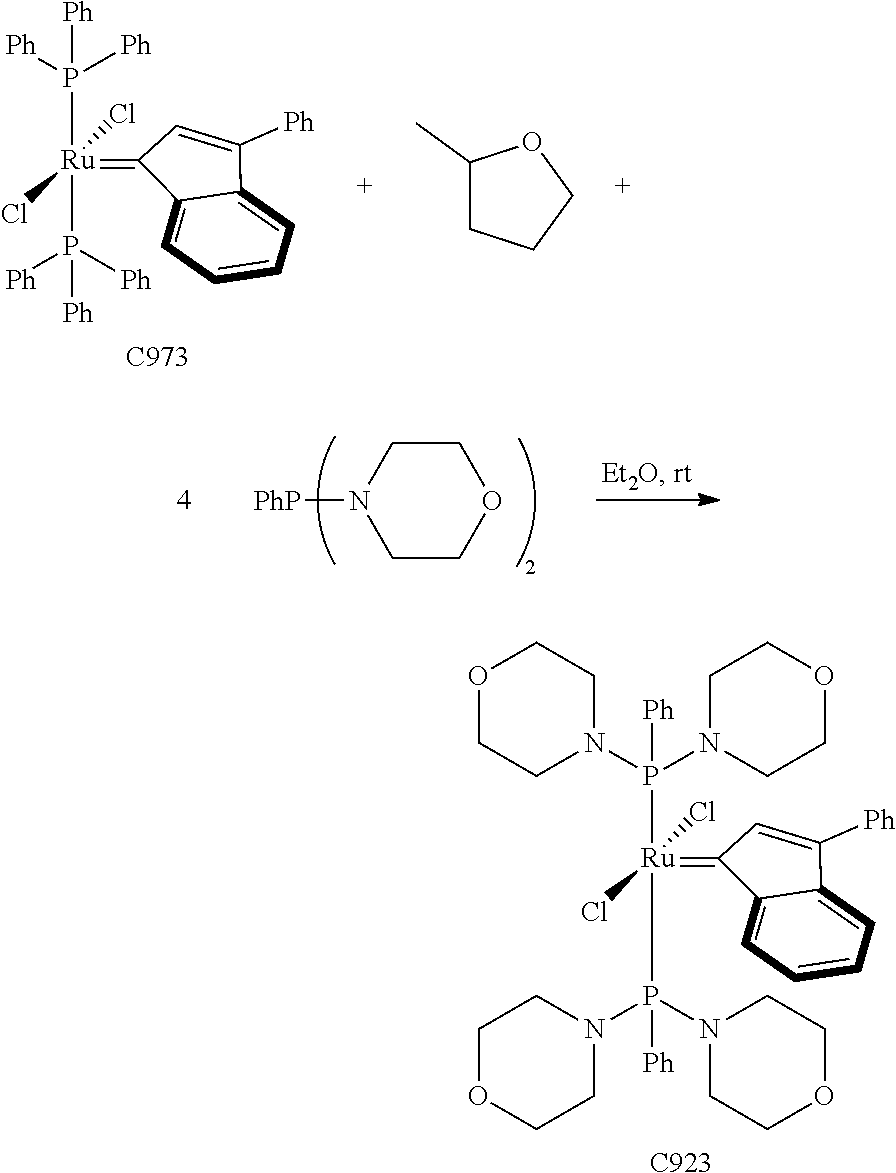
C00658

C00659
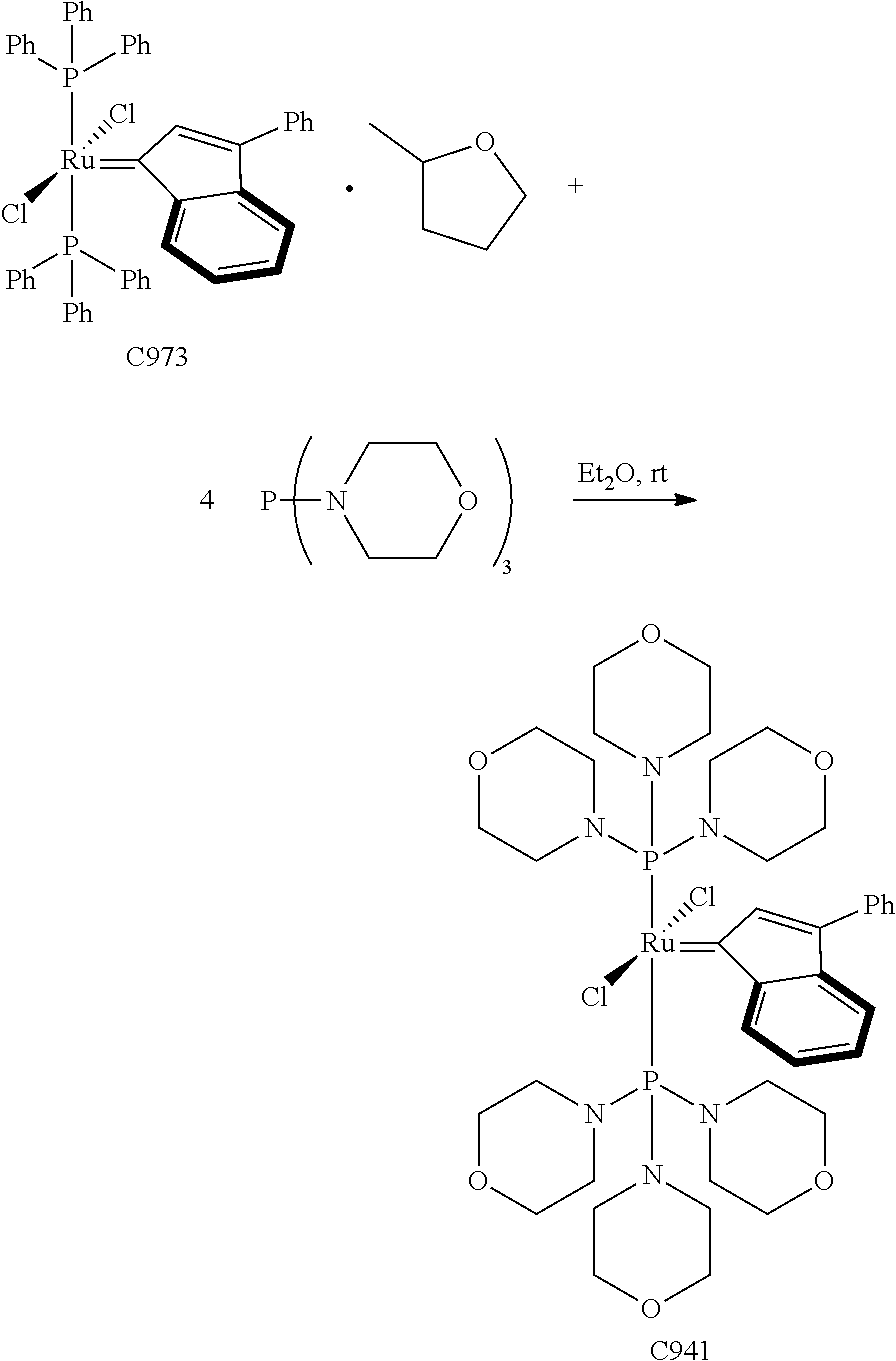
C00660

C00661
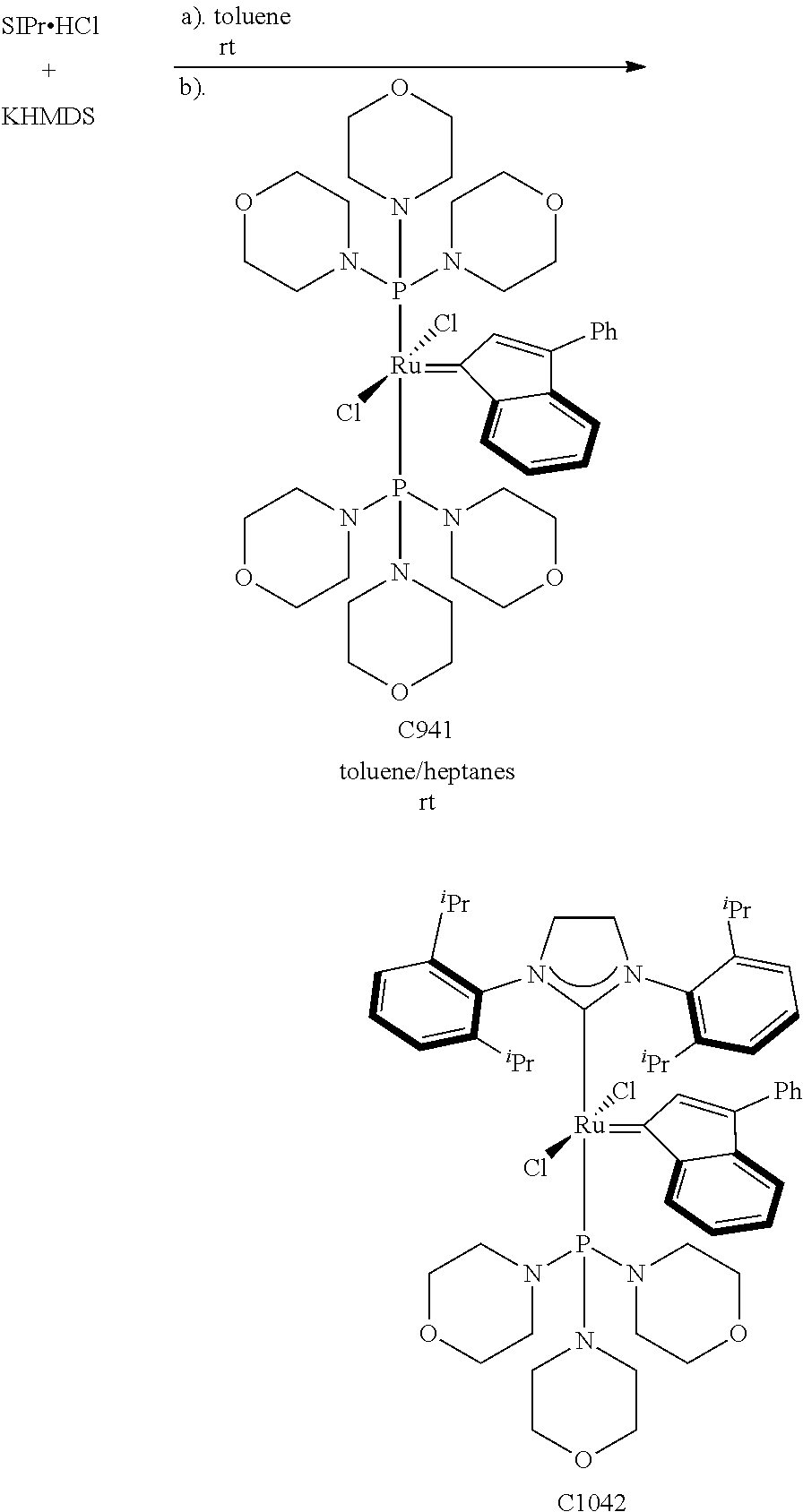
C00662
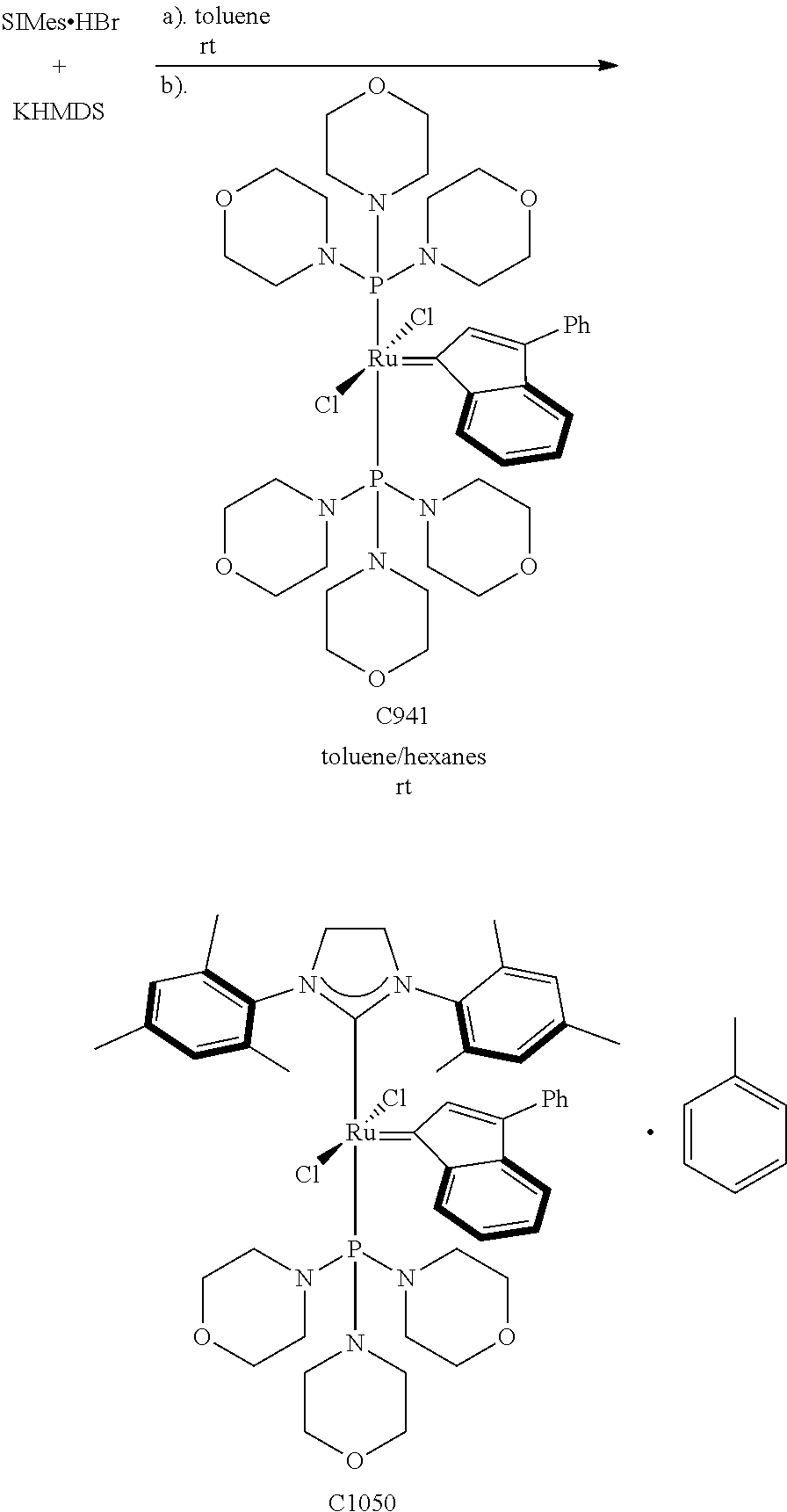
C00663

C00664
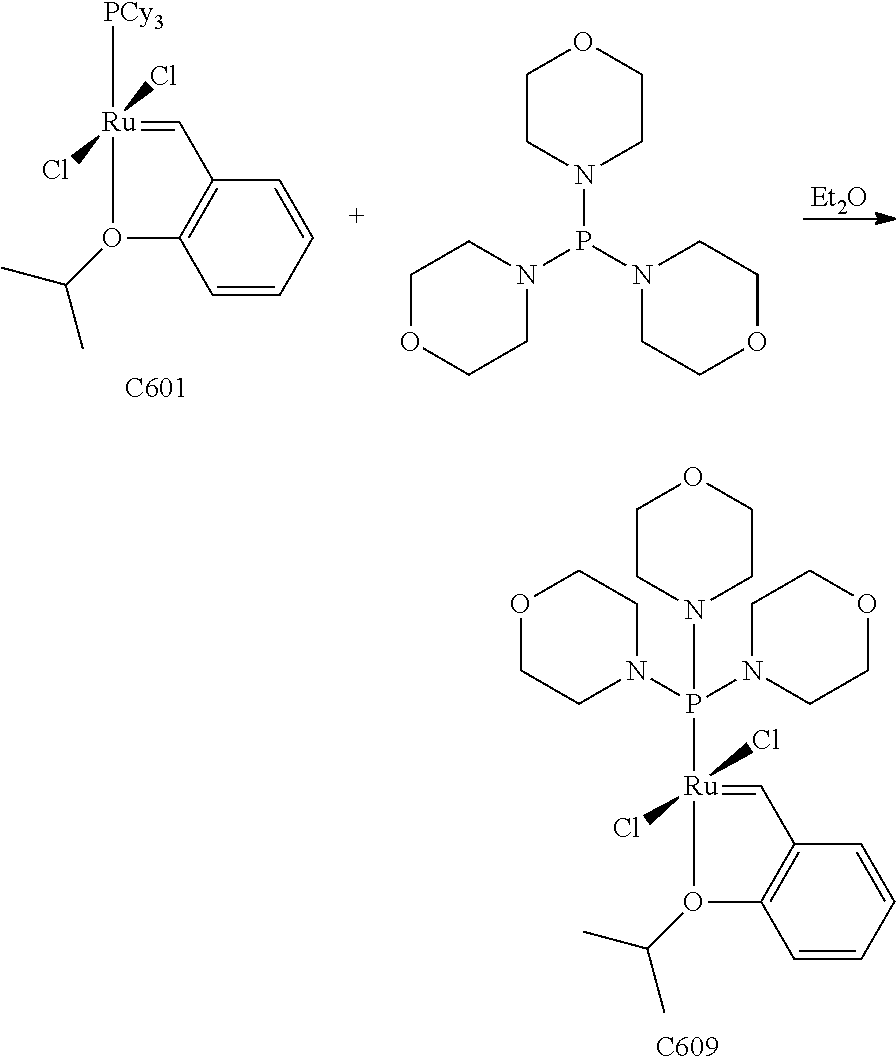
C00665
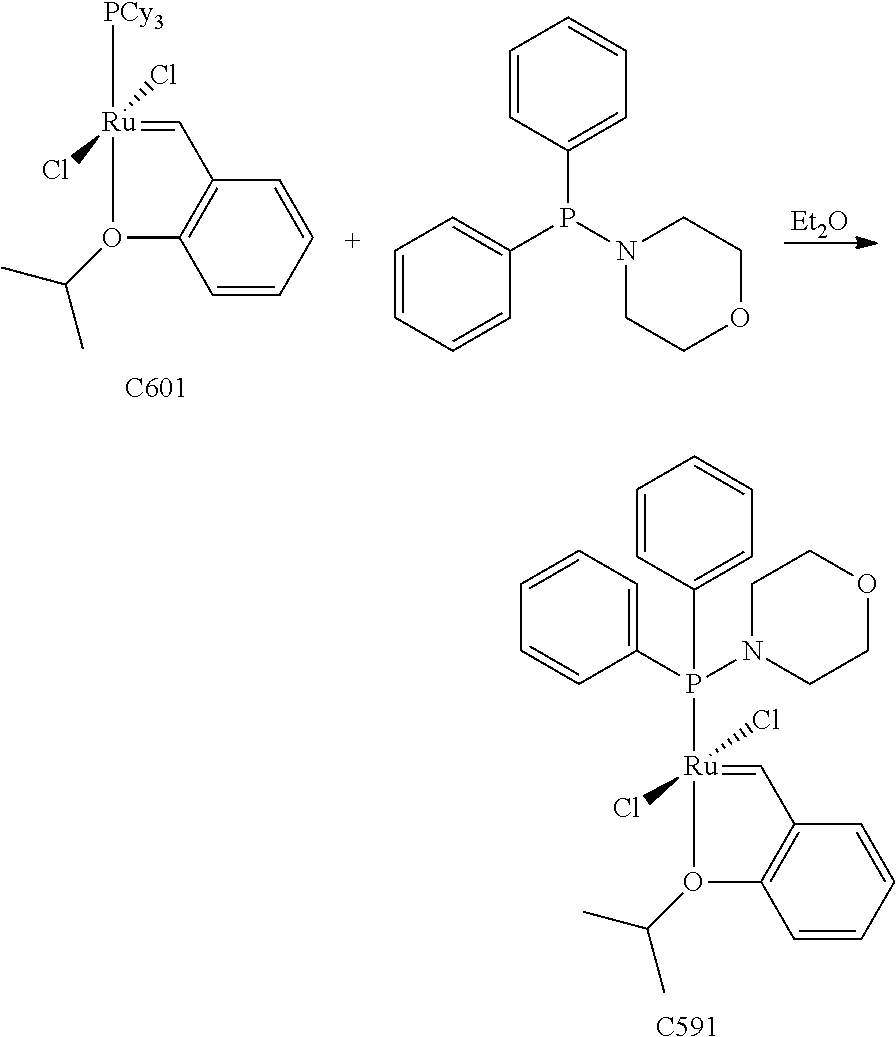
C00666

C00667
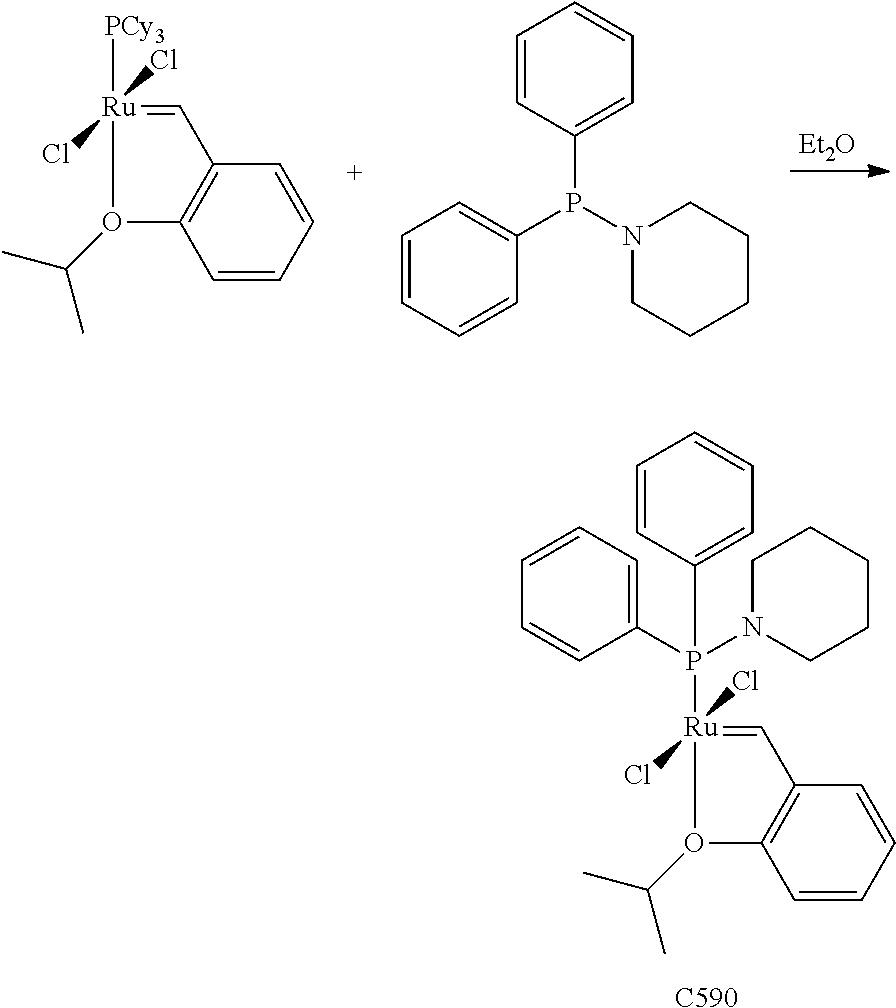
C00668

C00669
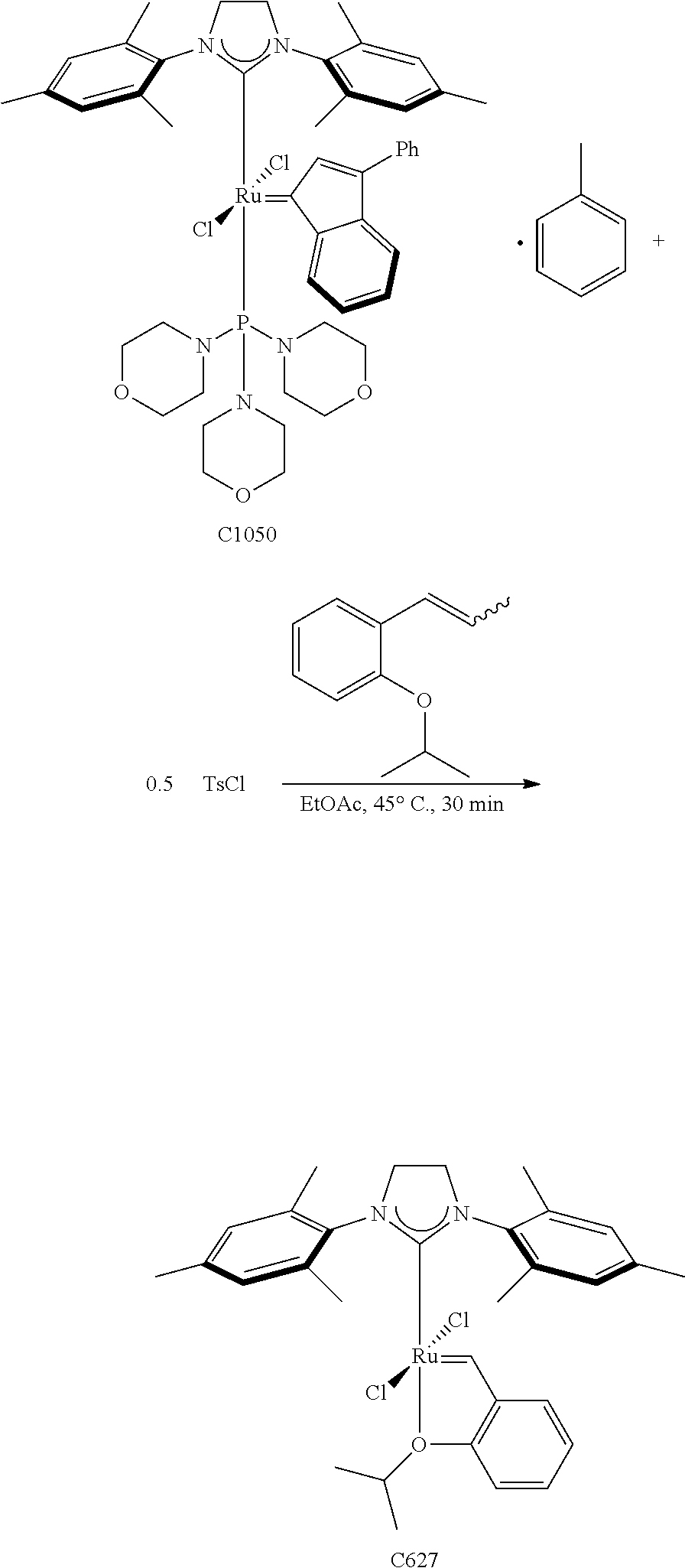
C00670

C00671
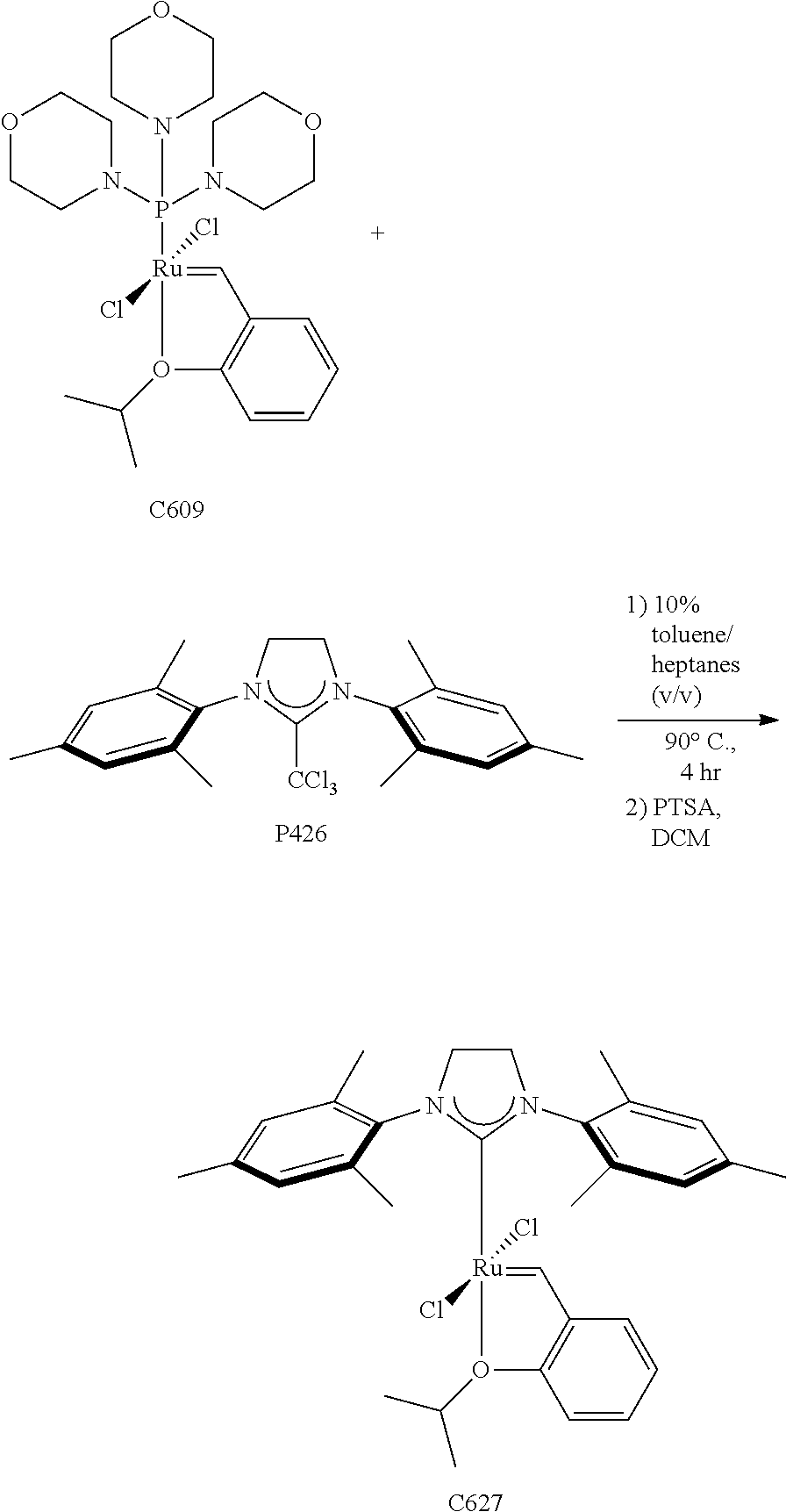
C00672
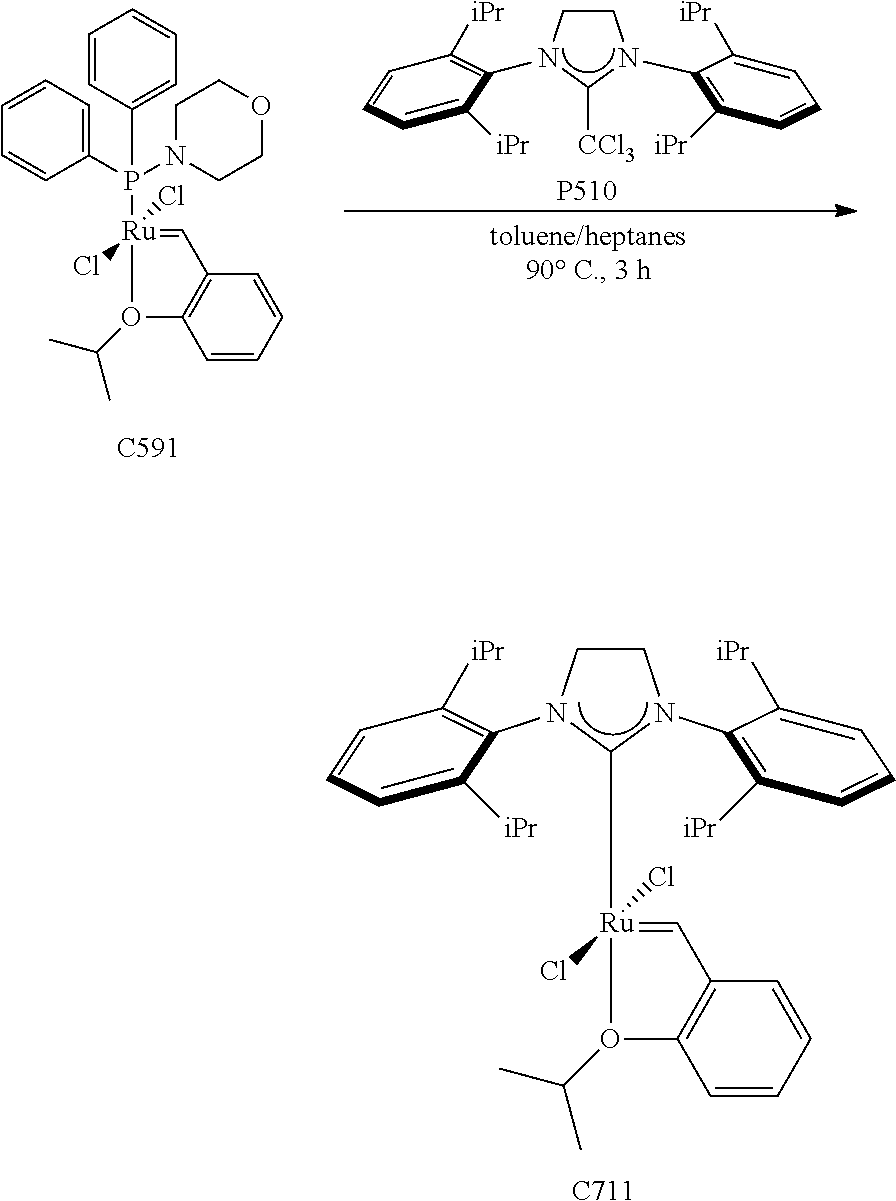
C00673

C00674
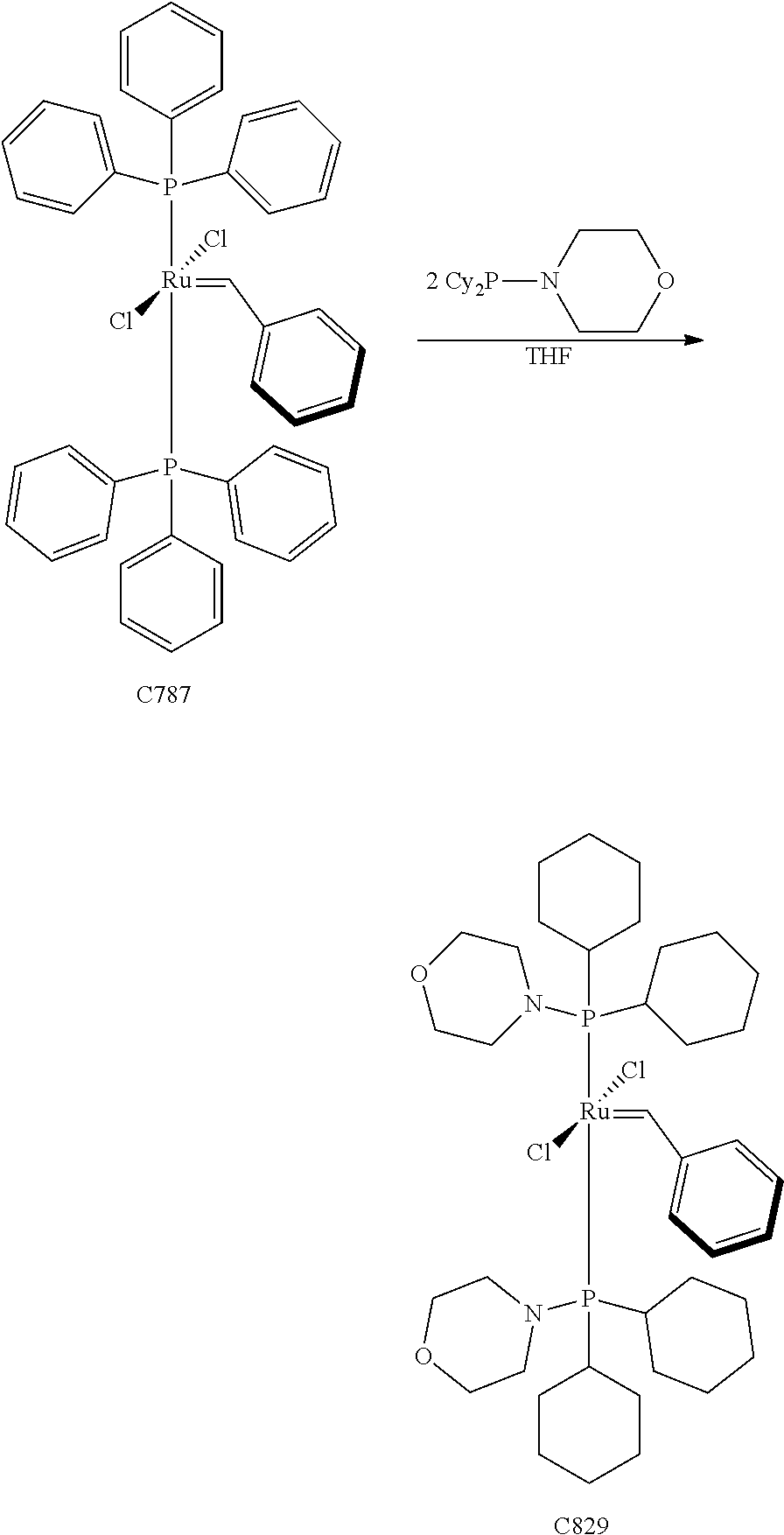
C00675

C00676
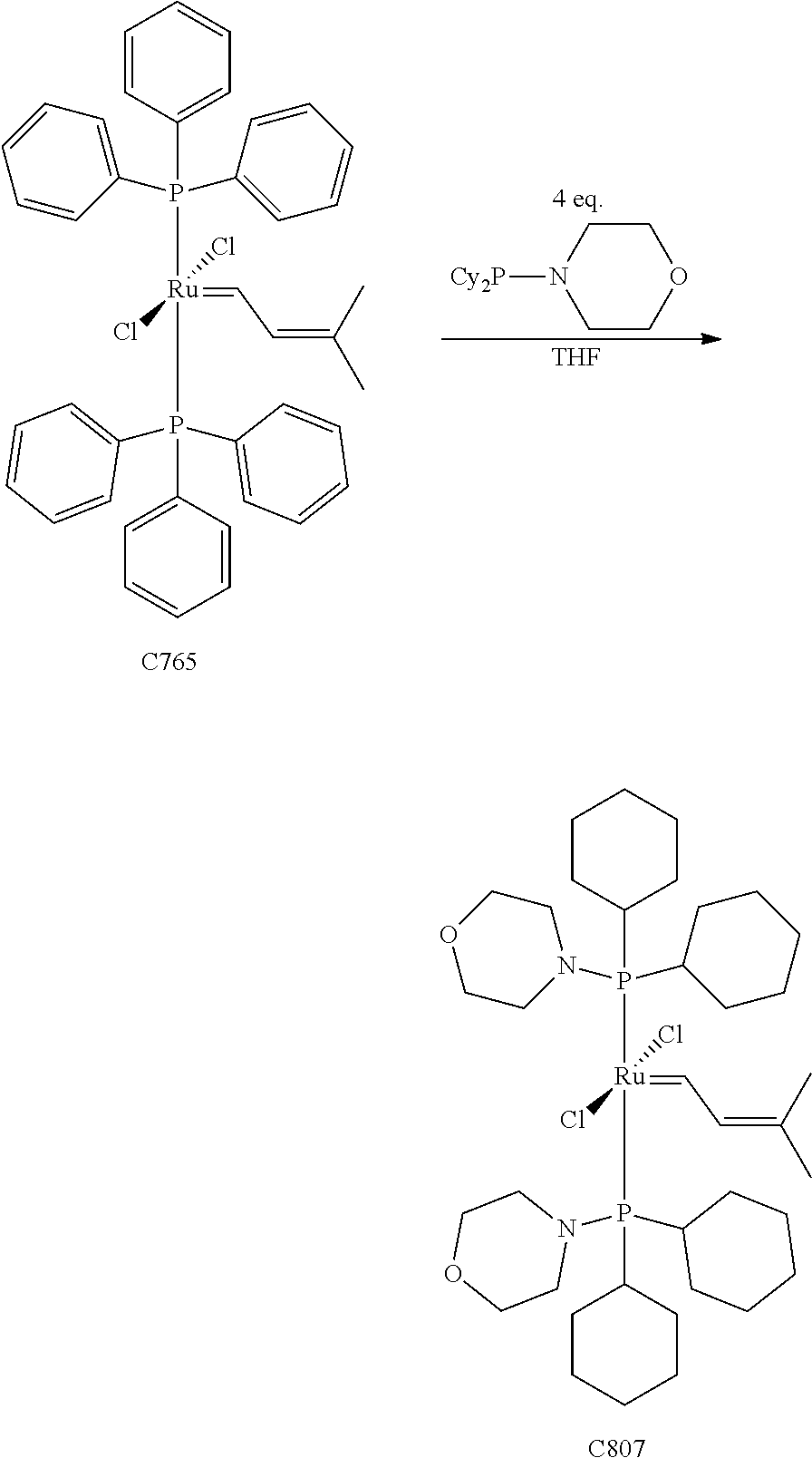
C00677

C00678

C00679
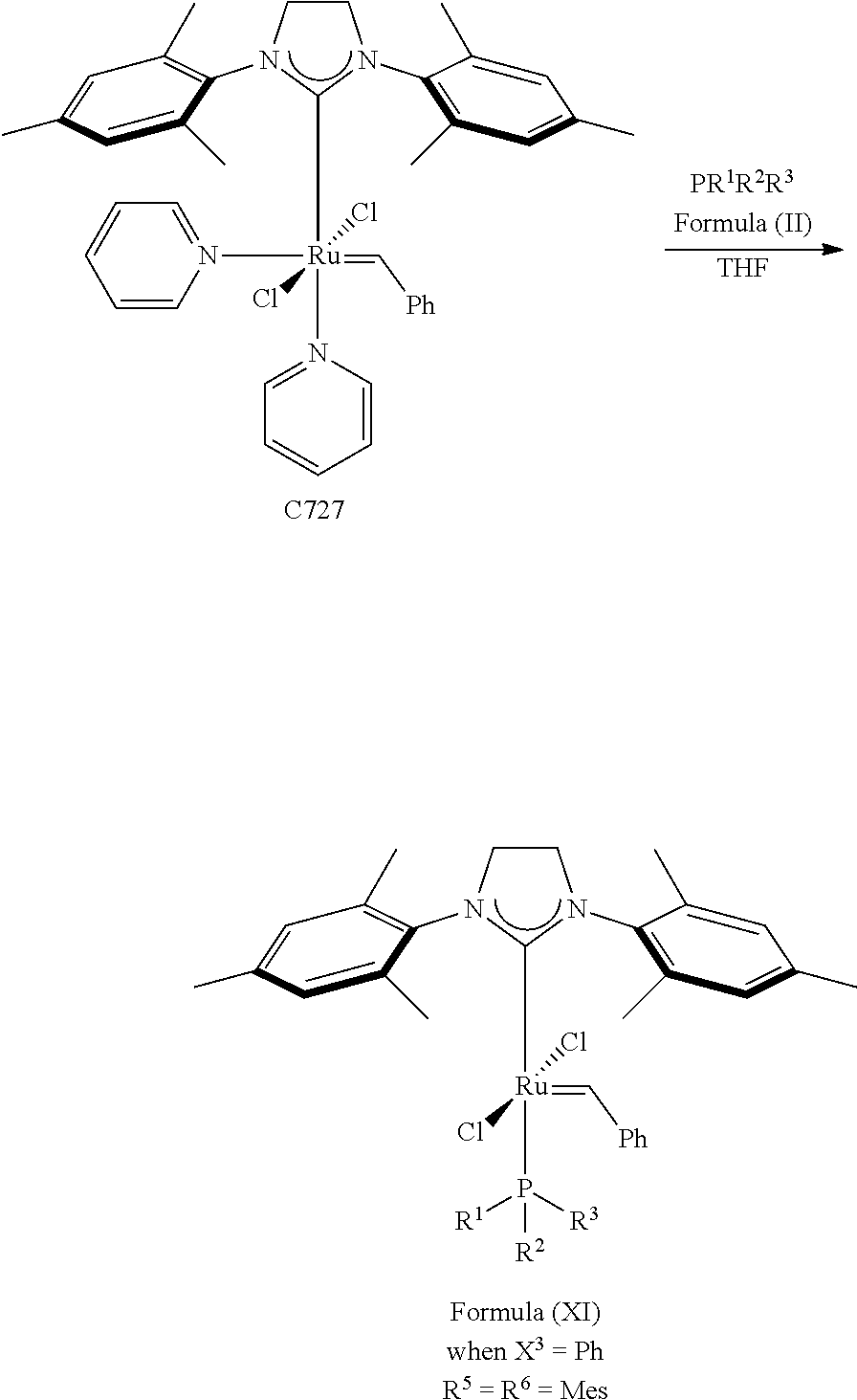
C00680

C00681
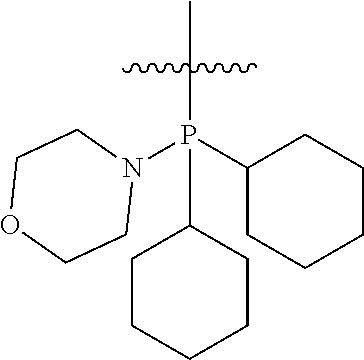
C00682
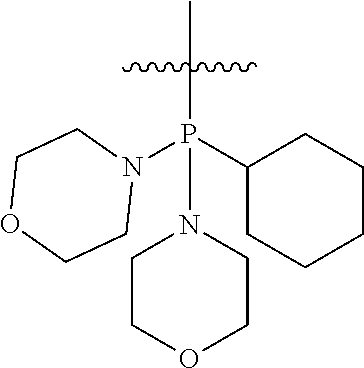
C00683
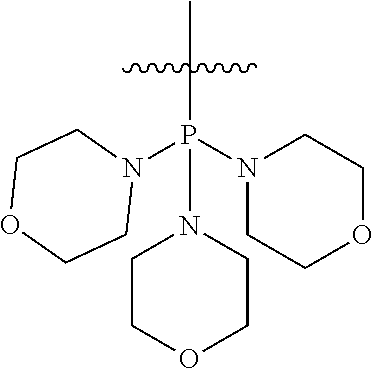
C00684

C00685

C00686
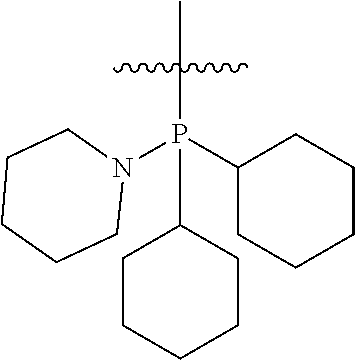
C00687
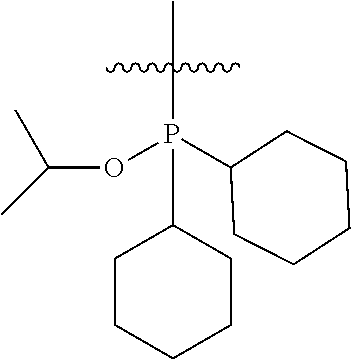
C00688
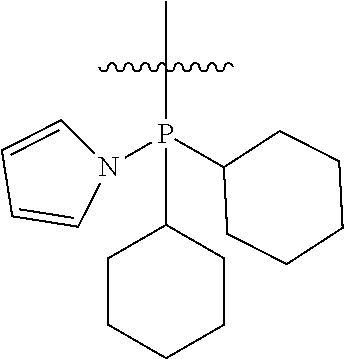
C00689
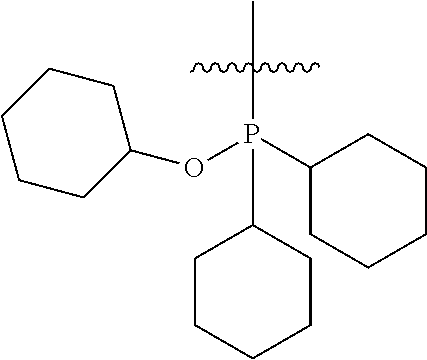
C00690
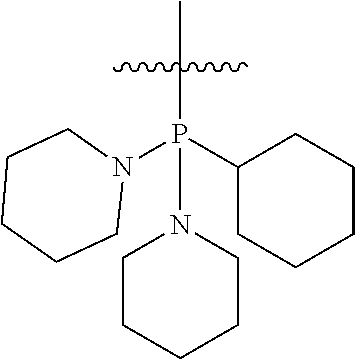
C00691

C00692

C00693
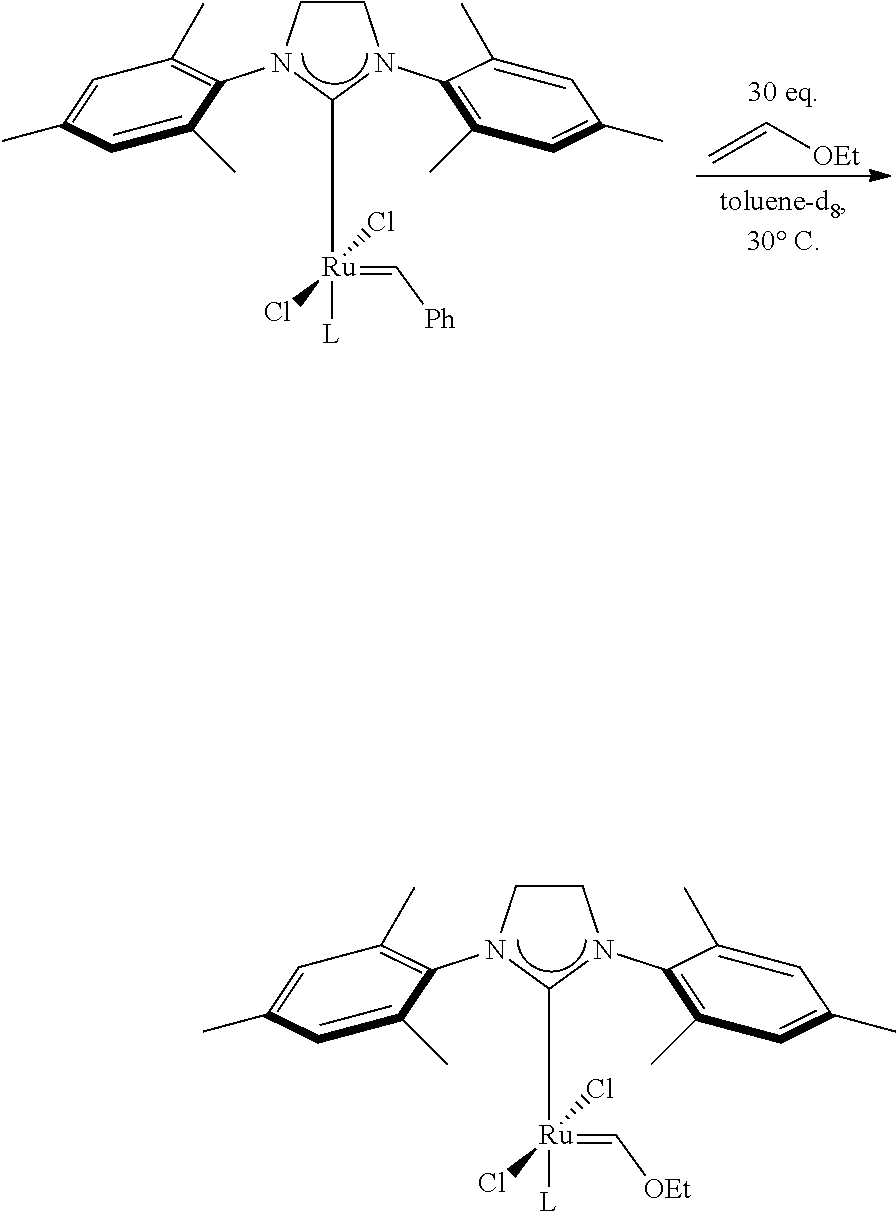
C00694

C00695

C00696
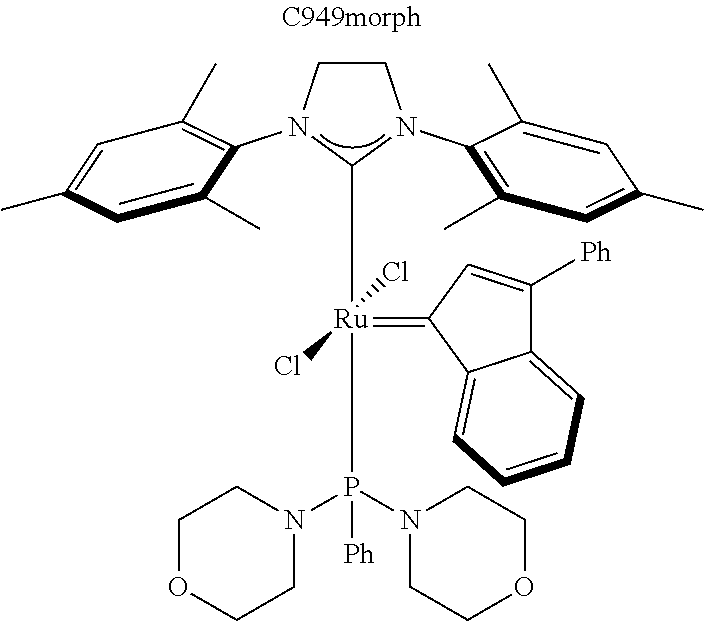
C00697

C00698

C00699

C00700
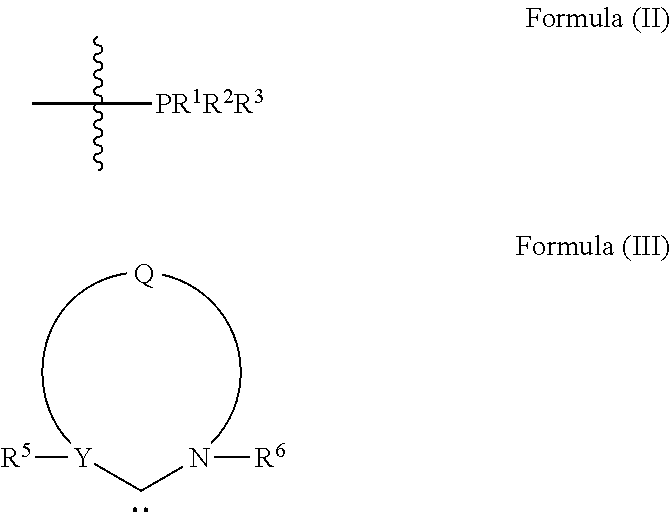
C00701
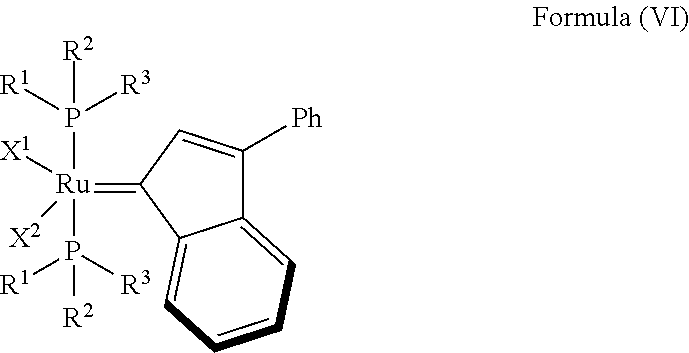
C00702

C00703
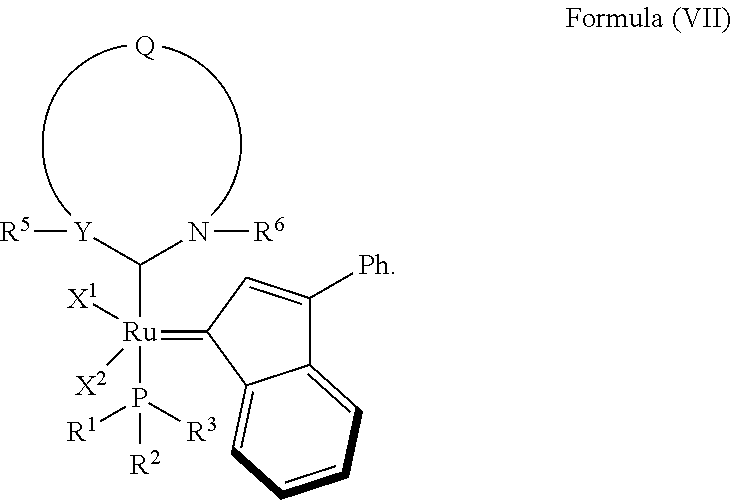
C00704
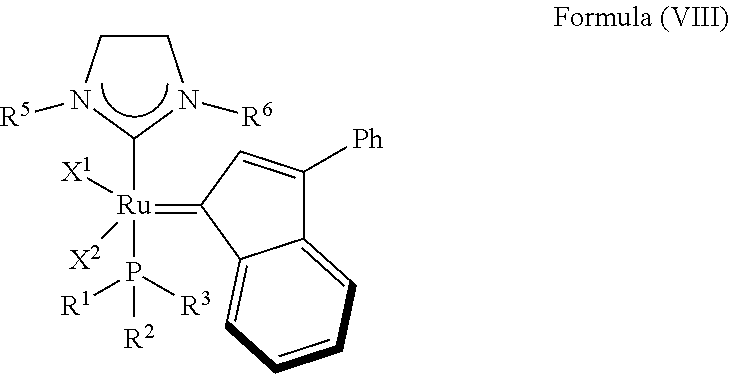
C00705

C00706
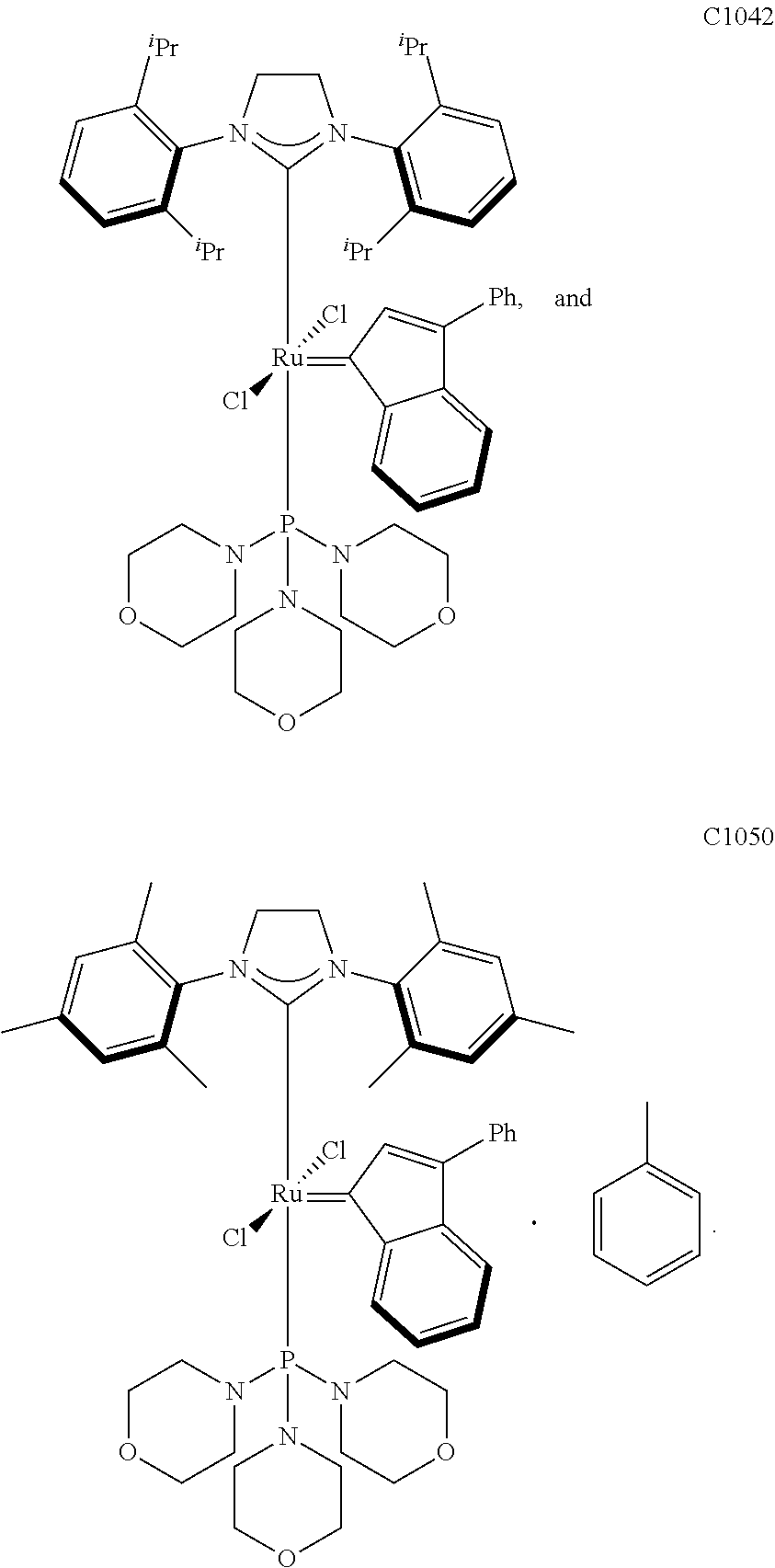
C00707
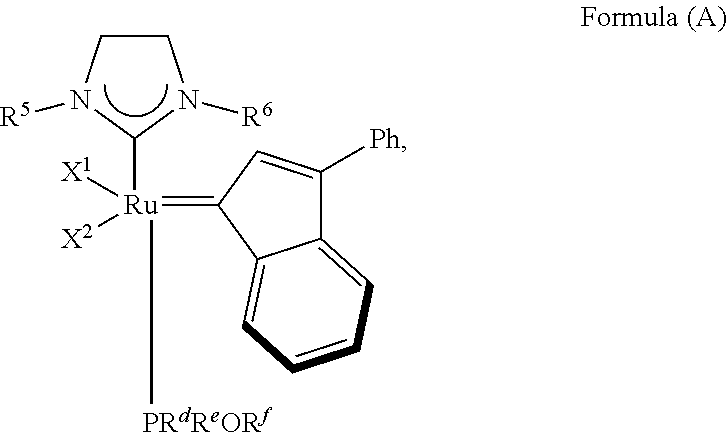
C00708
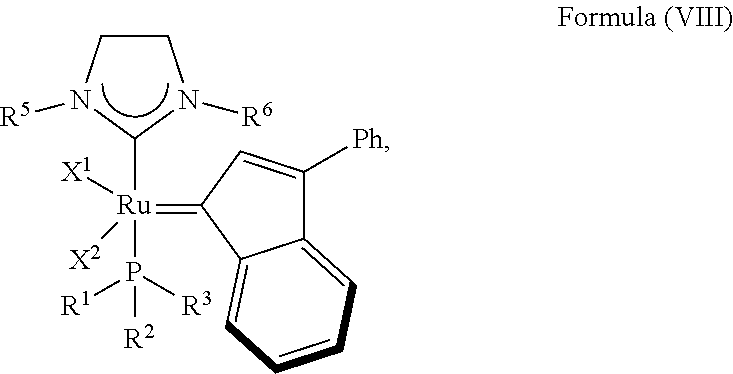
D00001

D00002
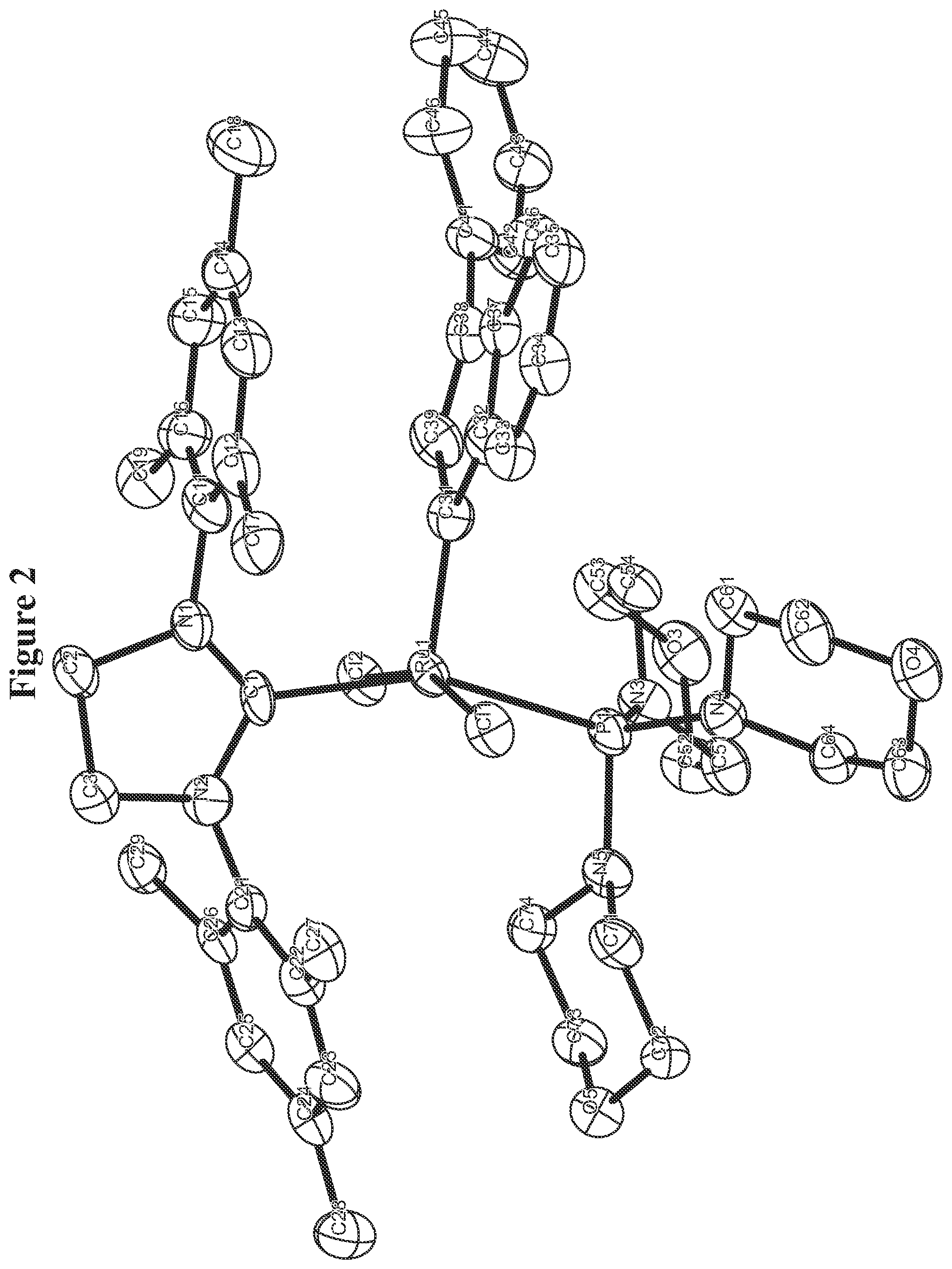
D00003
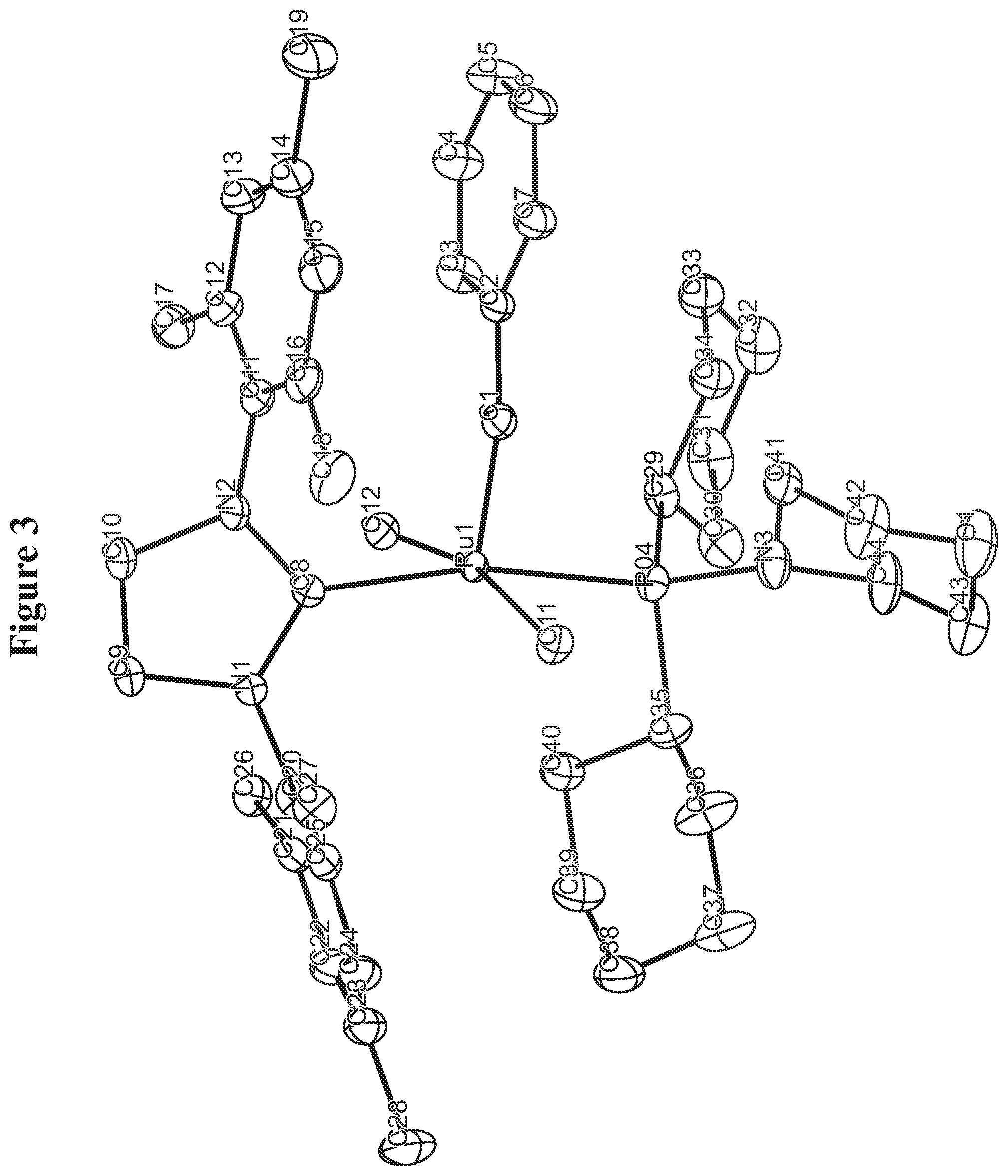
D00004
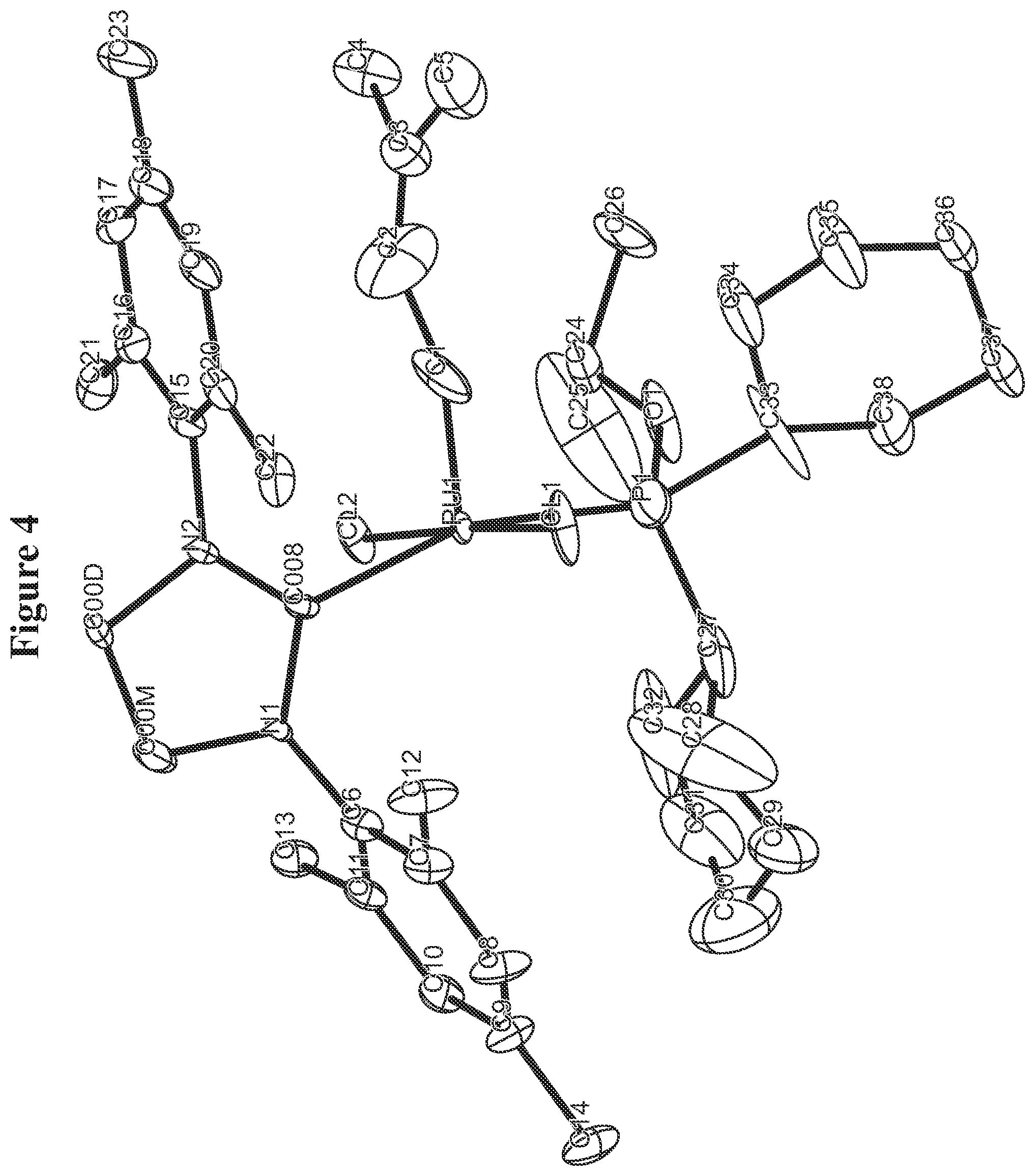
D00005
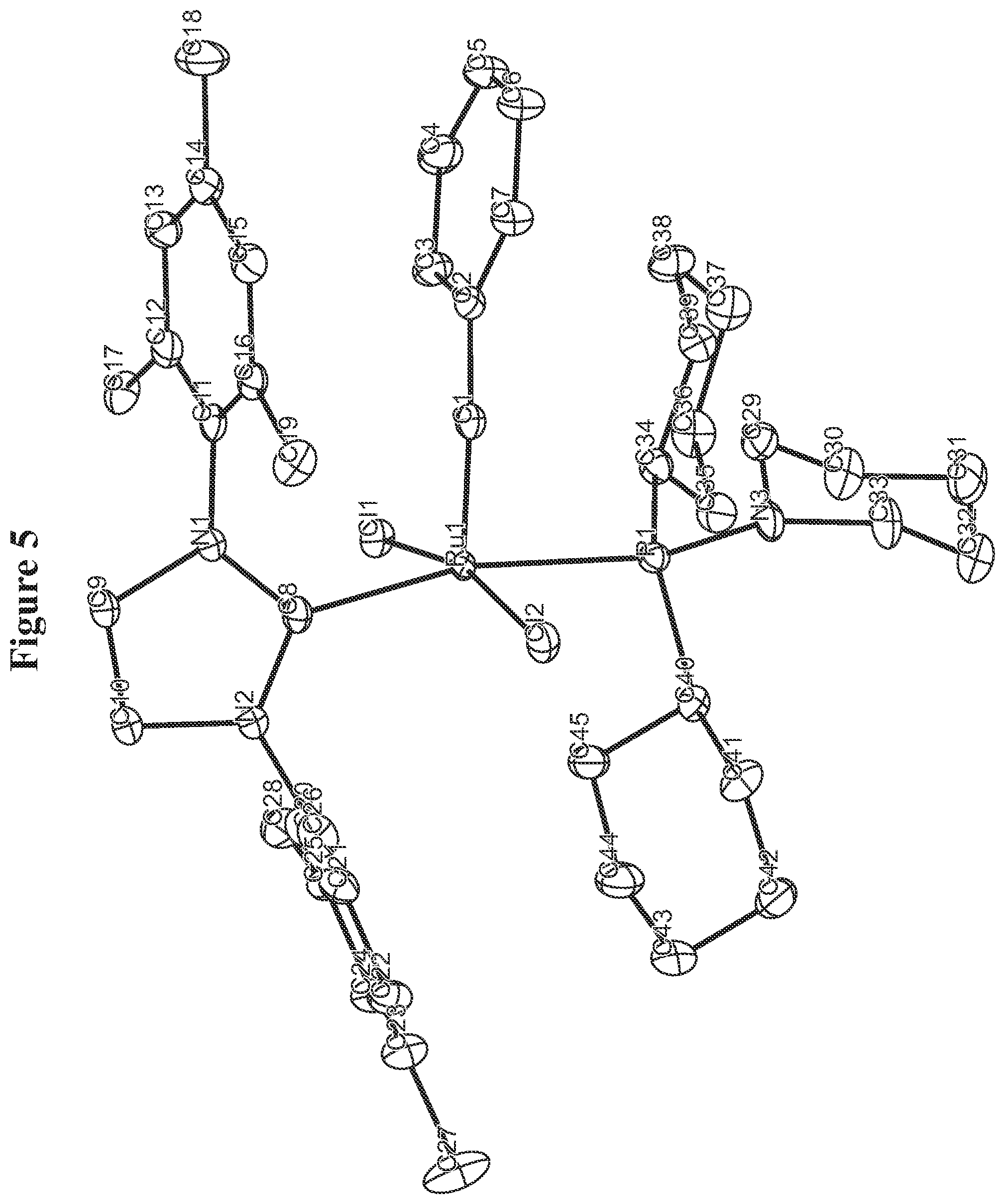
D00006
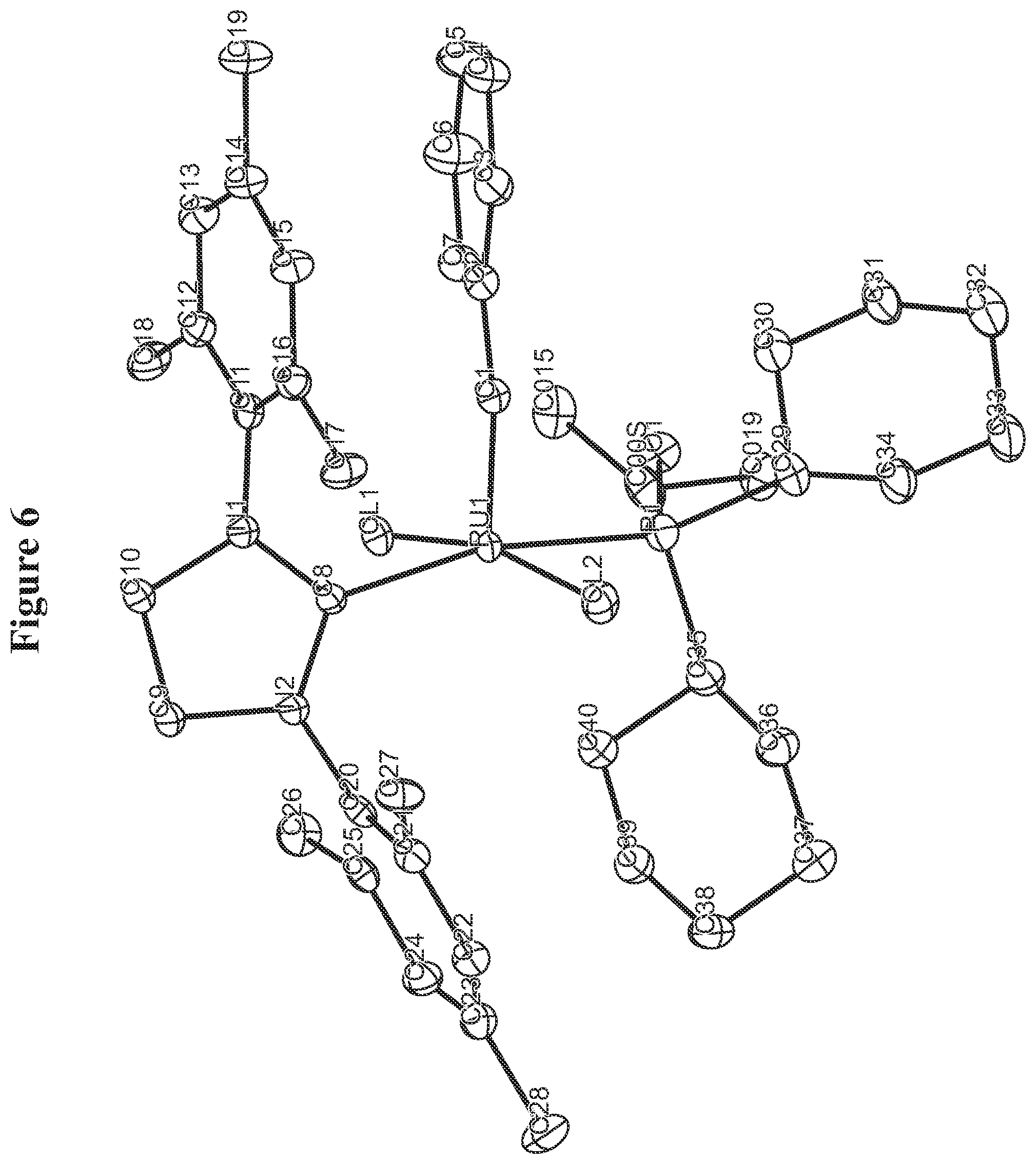
D00007

D00008

D00009
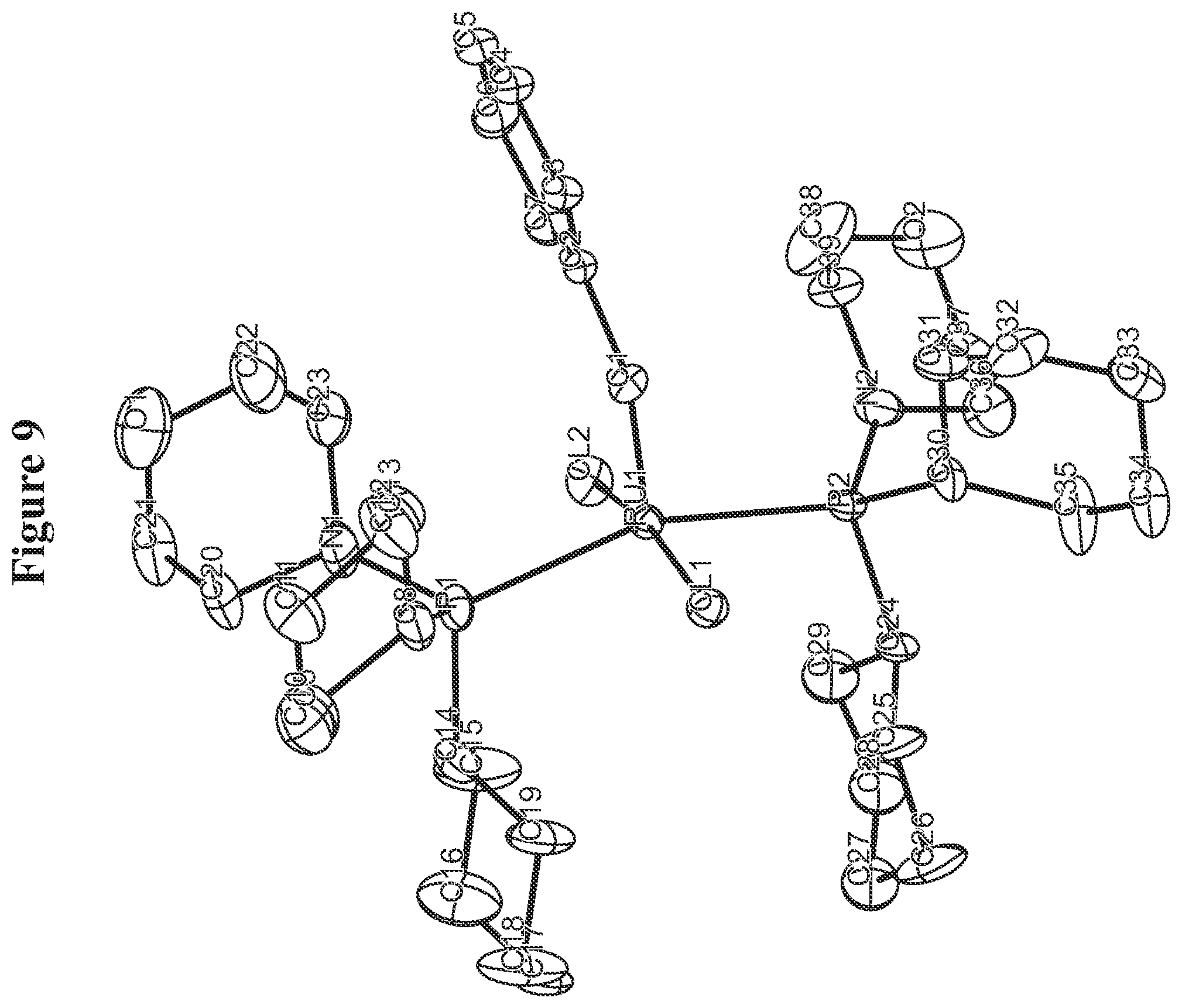
D00010
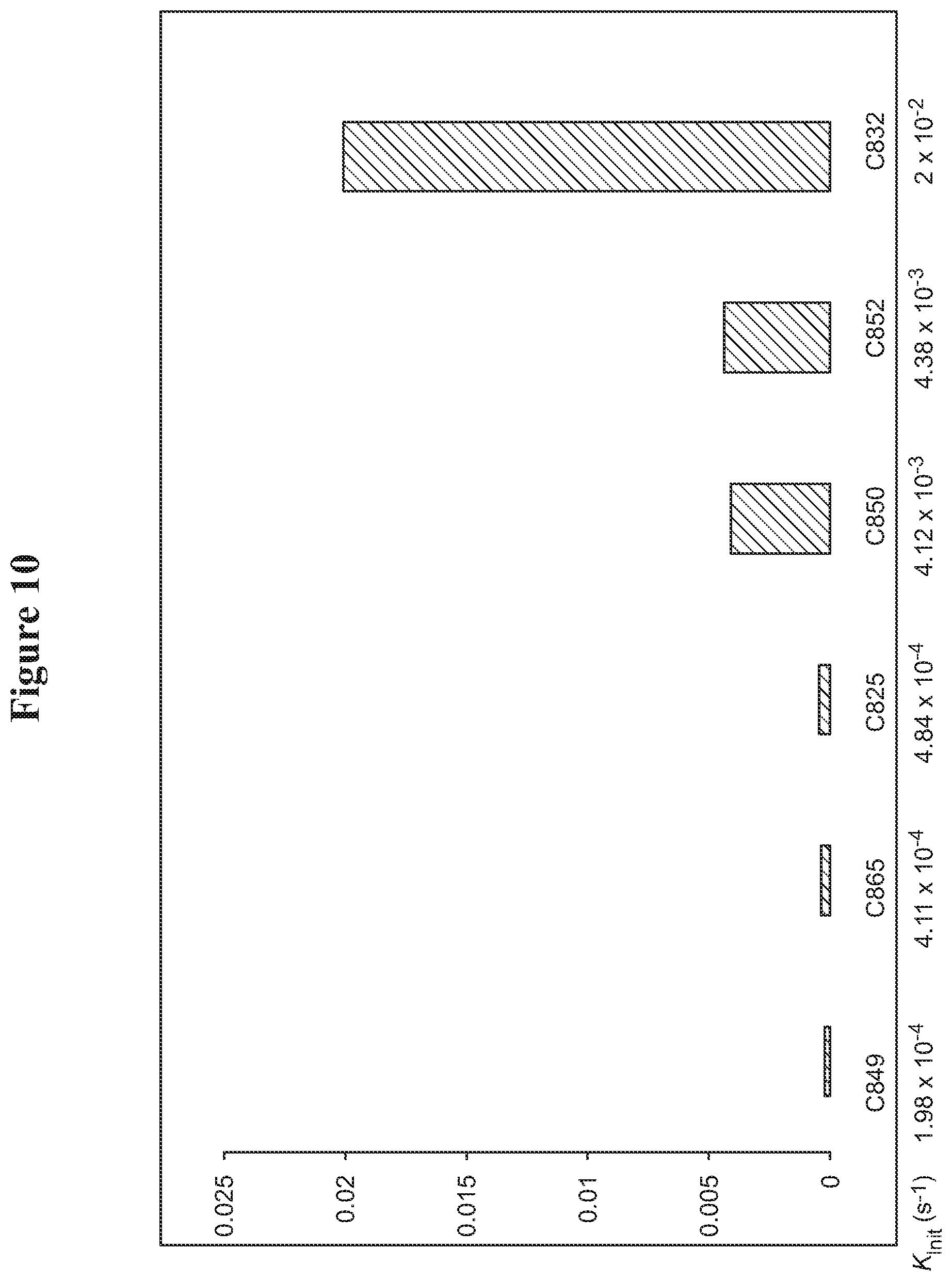
D00011
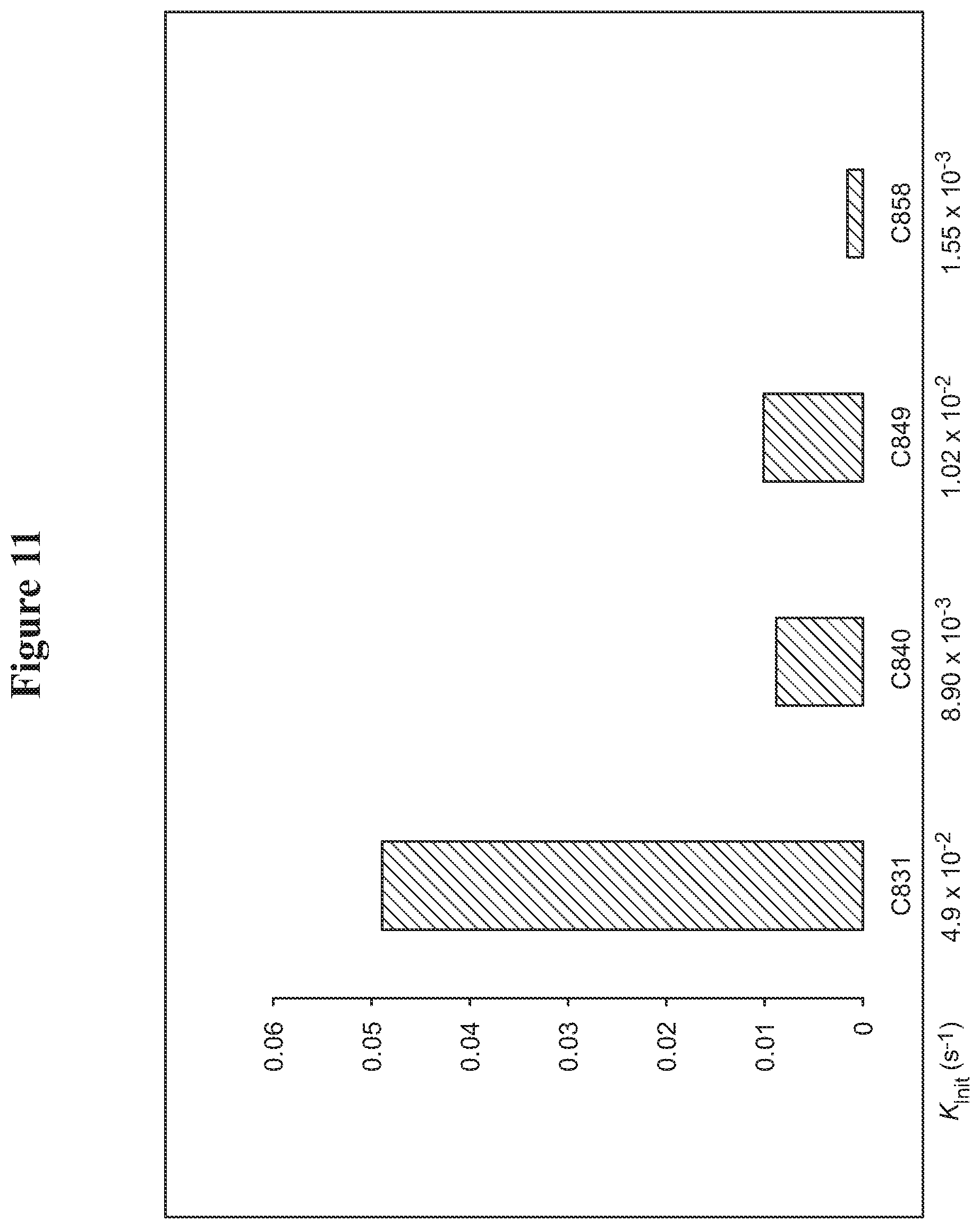
D00012
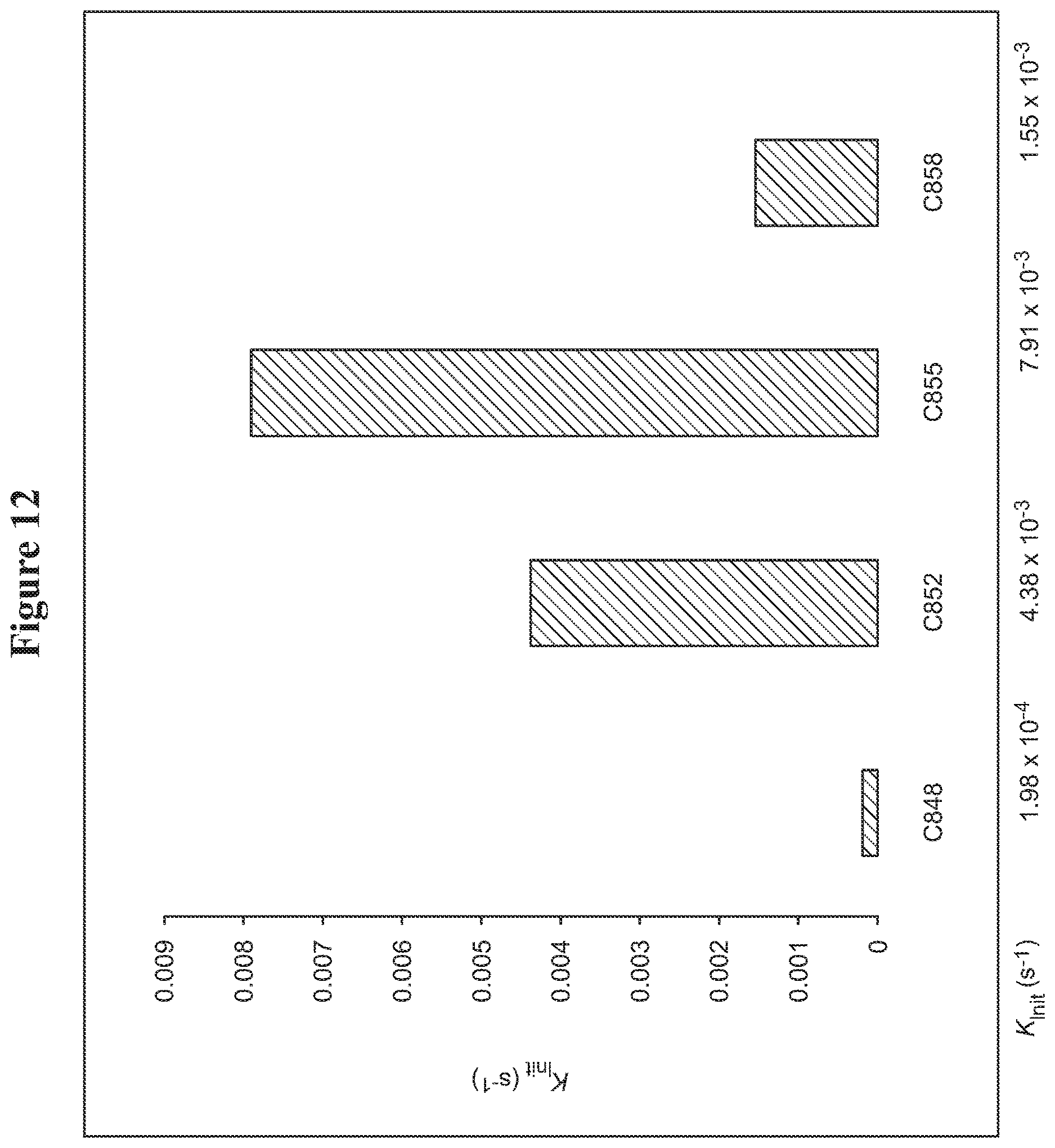
XML
uspto.report is an independent third-party trademark research tool that is not affiliated, endorsed, or sponsored by the United States Patent and Trademark Office (USPTO) or any other governmental organization. The information provided by uspto.report is based on publicly available data at the time of writing and is intended for informational purposes only.
While we strive to provide accurate and up-to-date information, we do not guarantee the accuracy, completeness, reliability, or suitability of the information displayed on this site. The use of this site is at your own risk. Any reliance you place on such information is therefore strictly at your own risk.
All official trademark data, including owner information, should be verified by visiting the official USPTO website at www.uspto.gov. This site is not intended to replace professional legal advice and should not be used as a substitute for consulting with a legal professional who is knowledgeable about trademark law.